
Article Overview: National Parks List
The National Parks are one of America’s greatest treasures, best exports, and most incredible success stories. They are home to a wide diversity of special landscapes that have been set aside for all time by the United States. In this article we’ve compiled a complete US national parks list including the names of all 63 national parks.
You’ll also find printable national park lists, national park checklists, national park maps, and more. For each national park on the list we’ve included basic information including its location, date established, size, up to date visitation statistics, and a few of the best things to do.
Beyond that we’ve included links to helpful articles we’ve created for each of the listed national parks which include things like guides, maps, best hikes, places to stay, guidebooks, things to do, and more.
Table of Contents: National Parks Checklist
Table of Contents: National Parks Checklist
- What Are National Parks?
- National Parks List to Take Home
- How Many National Parks in the US?
- List of the Newest National Parks
- List of the Oldest National Parks
- National Parks List
- List of National Parks (Alphabetical)
- 1. Acadia National Park
- 2. National Park of American Samoa
- 3. Arches National Park
- 4. Badlands National Park
- 5. Big Bend National Park
- 6. Biscayne National Park
- 7. Black Canyon of the Gunnison National Park
- 8. Bryce Canyon National Park
- 9. Canyonlands National Park
- 10. Capitol Reef National Park
- 11. Carlsbad Caverns National Park
- 12. Channel Islands National Park
- 13. Congaree National Park
- 14. Crater Lake National Park
- 15. Cuyahoga Valley National Park
- 16. Death Valley National Park
- 17. Denali National Park
- 18. Dry Tortugas National Park
- 19. Everglades National Park
- 20. Gates of the Arctic National Park
- 21. Gateway Arch National Park
- 22. Glacier National Park
- 23. Glacier Bay National Park
- 24. Grand Canyon National Park
- 25. Grand Teton National Park
- 26. Great Basin National Park
- 27. Great Sand Dunes National Park
- 28. Great Smoky Mountains National Park
- 29. Guadalupe Mountains National Park
- 30. Haleakala National Park
- 31. Hawai’i Volcanoes National Park
- 32. Hot Springs National Park
- 33. Indiana Dunes National Park
- 34. Isle Royale National Park
- 35. Joshua Tree National Park
- 36. Katmai National Park
- 37. Kenai Fjords National Park
- 38. Kings Canyon National Park
- 39. Kobuk Valley National Park
- 40. Lake Clark National Park
- 41. Lassen Volcanic National Park
- 42. Mammoth Cave National Park
- 43. Mesa Verde National Park
- 44. Mount Rainier National Park
- 45. New River Gorge National Park
- 46. North Cascades National Park
- 47. Olympic National Park
- 48. Petrified Forest National Park
- 49. Pinnacles National Park
- 50. Redwood National Park
- 51. Rocky Mountain National Park
- 52. Saguaro National Park
- 53. Sequoia National Park
- 54. Shenandoah National Park
- 55. Theodore Roosevelt National Park
- 56. Virgin Islands National Park
- 57. Voyageurs National Park
- 58. White Sands National Park
- 59. Wind Cave National Park
- 60. Wrangell St. Elias National Park
- 61. Yellowstone National Park
- 62. Yosemite National Park
- 63. Zion National Park
- List of US National Parks (Summary)
- List of National Parks (Alphabetical)
What Are National Parks?
The mission of the National Park Service is to “preserve unimpaired the natural and cultural resources and values of the National Park System for the enjoyment, education, and inspiration of this and future generations”.
Essentially this means that national parks should look the same 100 years from now as they do today. To that end, activities that would alter national parks in any way (mining, drilling, logging, etc) are prohibited.
Compare this to national forests for example where logging is permitted, hunting is allowed, oil can be drilled, etc. because national forests are managed under a technical rule called “multiple use”. That’s just a fancy way of saying they are managed for both preservation purposes (like the national parks) AND resource purposes.
For the sake of this national parks list, I will only be including the 63 national parks to make things simple. Chances are good that if you’re planning a national parks road trip with friends these are the places you’re most likely to go.
National Parks List to Take Home
National Parks List & Map: This beautiful National Parks Checklist Map can be ordered to your house.
Framed National Parks Map: We’re a sucker for maps, this framed national parks map is the best.
Download: You can download a high-resolution version of this national parks checklist here.
Check out this page for more purchasable national parks lists & maps. If you don’t see the right size map for you above feel free to shoot us an email and we’ll be happy to create a customize just for you!
How Many National Parks in the US?
What a lot of people don’t know is that there are actually 423 national park sites in the US which sounds like a lot. Here’s where things gets tricky.
That 423 number encompasses a plethora of important sites like national preserves, national monuments, national historic sites, and national memorials to name a few, but not all of these sites are technically national parks.
So, at the end of the day, there are only 63 official national parks in the US. Maybe we’ll get another soon! On this national parks list only the 63 official national parks will be included.
List of the Newest National Parks
- New River Gorge National Park
- White Sands National Park
- Indiana Dunes National Park
- Gateway Arch National Park
- Pinnacles National Park
- Great Sand Dunes National Park
- Congaree National Park
- Cuyahoga Valley National Park
- Black Canyon of the Gunnison National Park
- Death Valley National Park
List of the Oldest National Parks
- Yellowstone National Park
- Sequoia National Park
- Yosemite National Park
- Mount Rainier National Park
- Crater Lake National Park
- Wind Cave National Park
- Mesa Verde National Park
- Glacier National Park
- Rocky Mountain National Park
- Hawai’i Volcanoes National Park
National Parks List
List of National Parks (Alphabetical)
1. Acadia National Park
Location: Maine
Established: February 26, 1919
Size: 49,071.40 acres
Visitation: 4,069,098 (2021)
Our Favorite Resources: Guide / Map / Guidebook / Where to Stay / Video / Facts / Things to Do / Summer / Winter
Things To Do: The Bowl Trail, Otter Cliffs, Bass Harbor Lighthouse
About This National Park
Along the rocky shores of Maine’s coast you’ll find this easternmost national park.
Once the exclusive domain of the gilded age elite, a few civic-minded residents decided to make Acadia’s beauty available to all Americans by donating the land to the national park service – and boy are we glad they did.
With rounded mountains, shimmering lakes (called ponds here) , rugged coastline, and forests dotted with old stone roads and trails this New England national park is a real treasure.
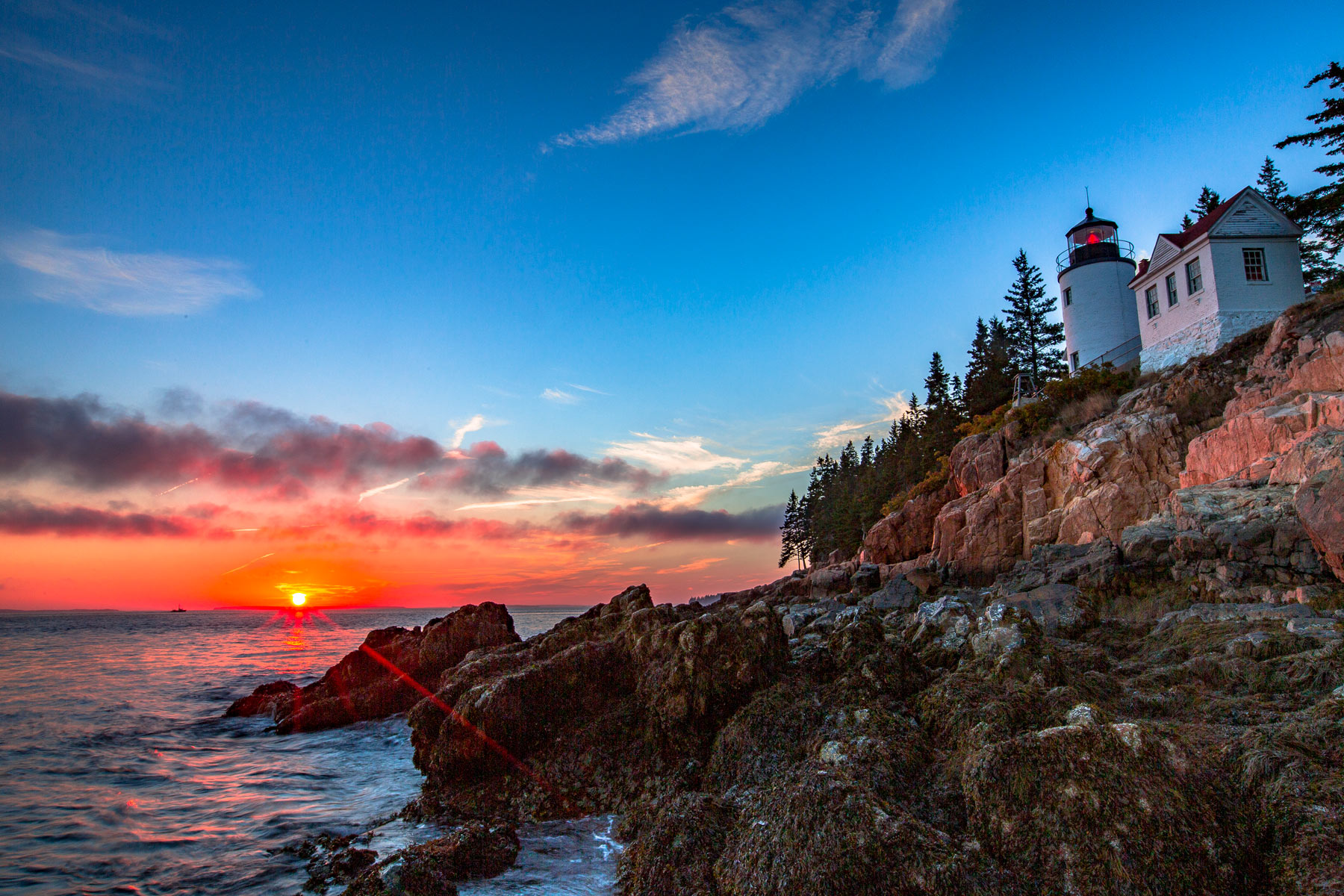
READ: Best East Coast National Parks
2. National Park of American Samoa
Location: American Samoa
Established: October 31, 1988
Size: 8,256.67 acres
Visitation: 8,495 (2021)
Things To Do: Mount ‘Alava Trail, Pola Island Trail
About This National Park
A picture-perfect postcard of tropical paradise, American Samoa National Park is a bucket list park for NPS enthusiasts.
Crystal blue waters meet tall, lush mountains in the heart of the South Pacific creating one of the dreamiest looking national parks in the system.
Getting there, however, is going to cost you. Average flight prices from the mainland US typically range from $1,800 – $3,000 putting it out of reach for most of us.

3. Arches National Park
Location: Utah
Established: November 12, 1971
Size: 76,678.98 acres
Visitation: 1,806,865 (2021)
Our Favorite Resources: Things to Do / Map / Guidebook / Where to Stay / Facts
Things To Do: Delicate Arch, Landscape Arch, Devils Garden, Tower Arch
About This National Park
Arches National Park is perhaps the most interactive of all the Utah parks filled with scenery that brings out the child in all of us.
Sandstone hallways and tunnels, rocks to climb on and over, sandy trails perfect for sandals or even bare feet at times, and red rock vistas that make for an unforgettable experience.
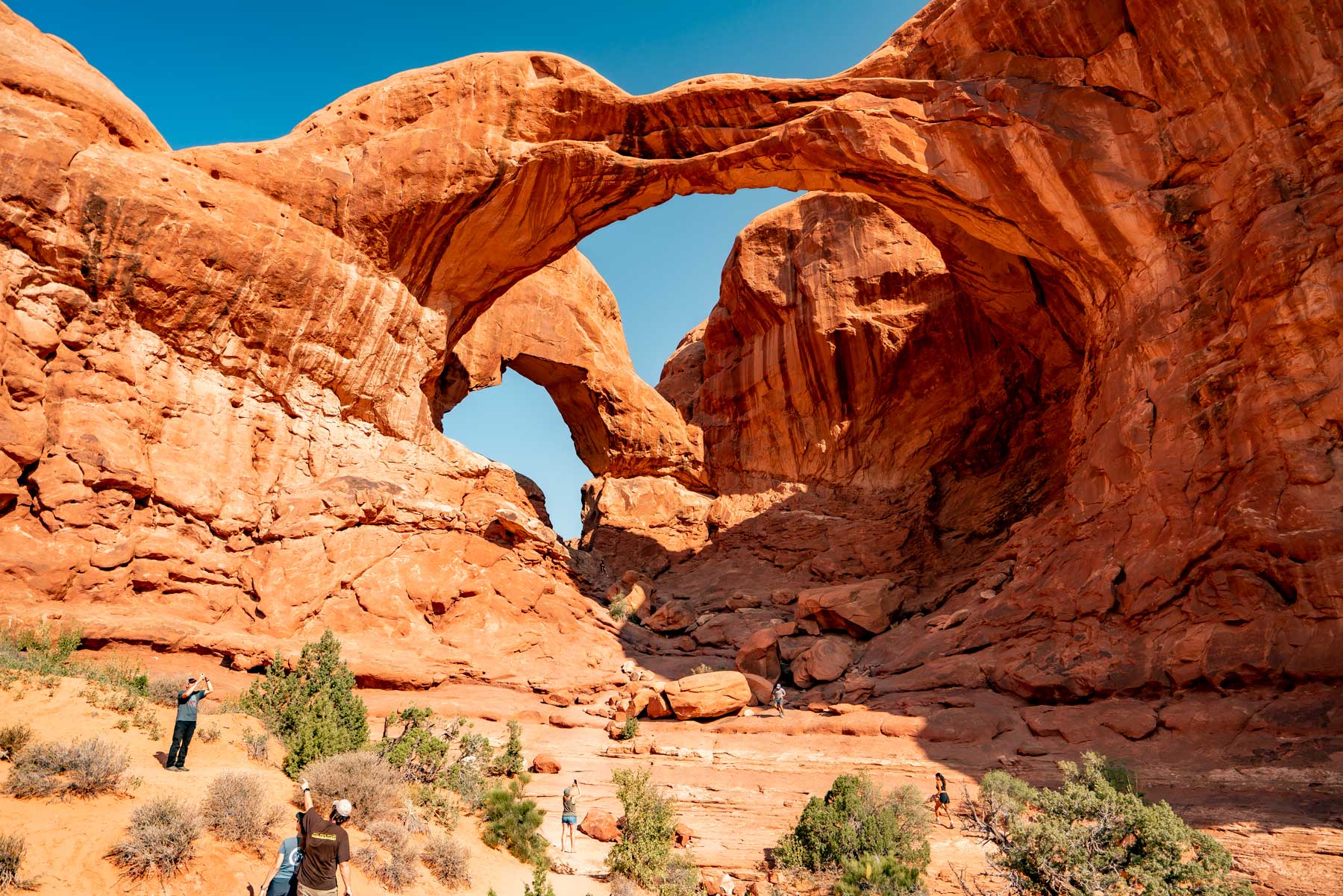
4. Badlands National Park
Location: South Dakota
Established: November 10, 1978
Size: 242,755.94 acres
Visitation: 1,224,226 (2021)
Resources: Map / Guidebook / Guide / Things to Do / Where to Stay / Video / Facts
Things To Do: Notch Trail, Bison Viewing, Castle Trail
About This National Park
Here’s a true national park lovers national park. Seemingly in the middle of nowhere in the vastness of South Dakota’s Northern Great Plains you’ll stumble upon this beautiful national park.
Upon entering you’ll be greeted by towns of playful prairie dogs before seeing scores of the grand emblem of the American west roaming the park freely (that’s bison).
Sunsets here are absolutely magnificent as the light sweeps across the seemingly unending landscapes of striped hills and plains.
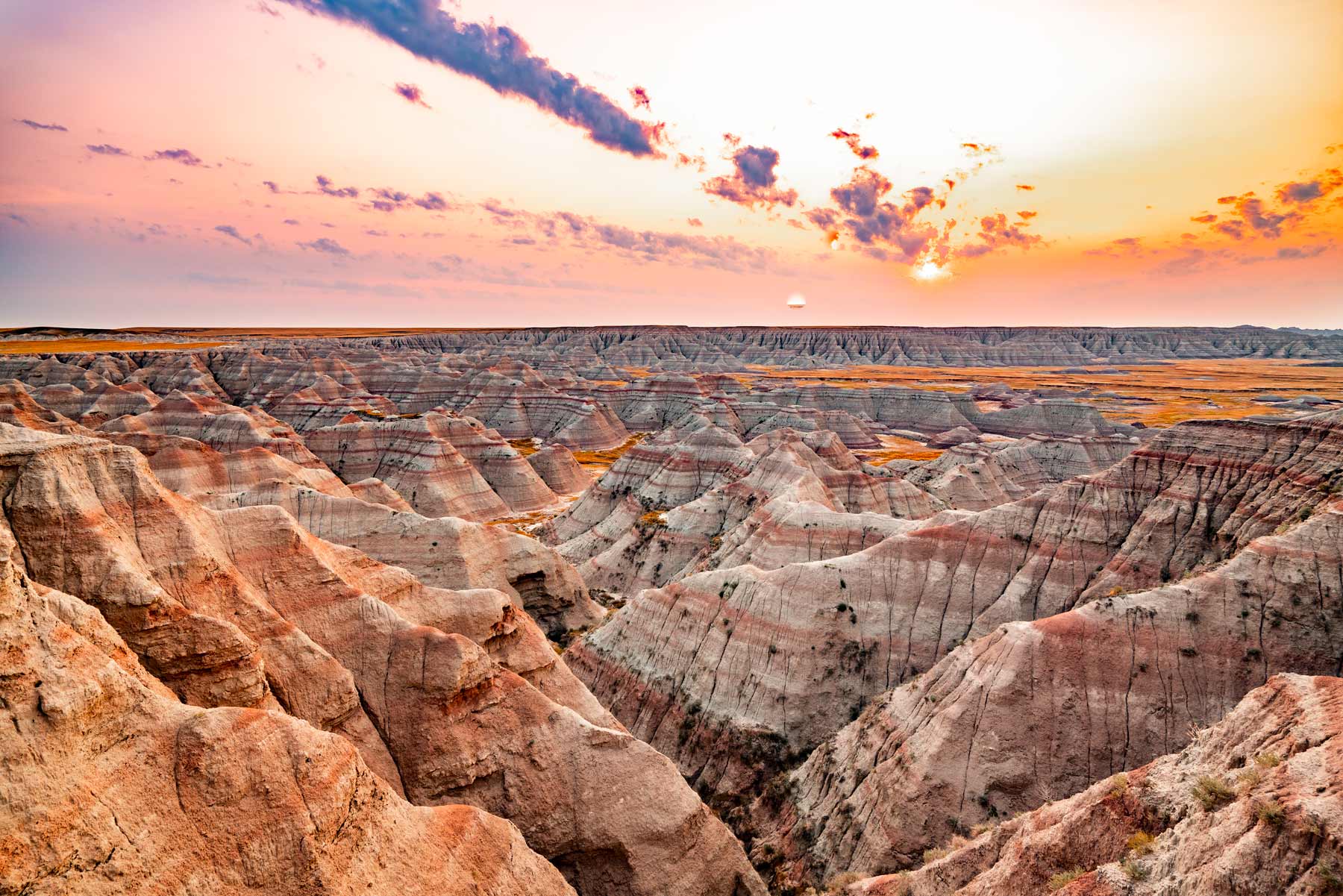
5. Big Bend National Park
Location: Texas
Established: June 12, 1944
Size: 801,163.21 acres
Visitation: 581,220 (2021)
Our Favorite Resources: Map | Guidebook | Where to Stay | Facts | Things to Do
Things To Do: Saint Elena Canyon, Window Trail, Lost Mine Trail
About This National Park
The greater of the two Texas parks both in size and scenery, Big Bend is a hot time. Quite literally hot, if you’re visiting during pretty much any season other than Winter.
This park’s proximity to the Mexican border (right on it) means it gets awfully hot in Spring and Summer with temperatures often climbing into the triple digits.
If not for the remoteness of the park (it is out in the middle of nowhere – we’re talking 4.5hours from a major airport or city) it would rank much higher as with this sort of solitude comes fewer amenities and less food options.
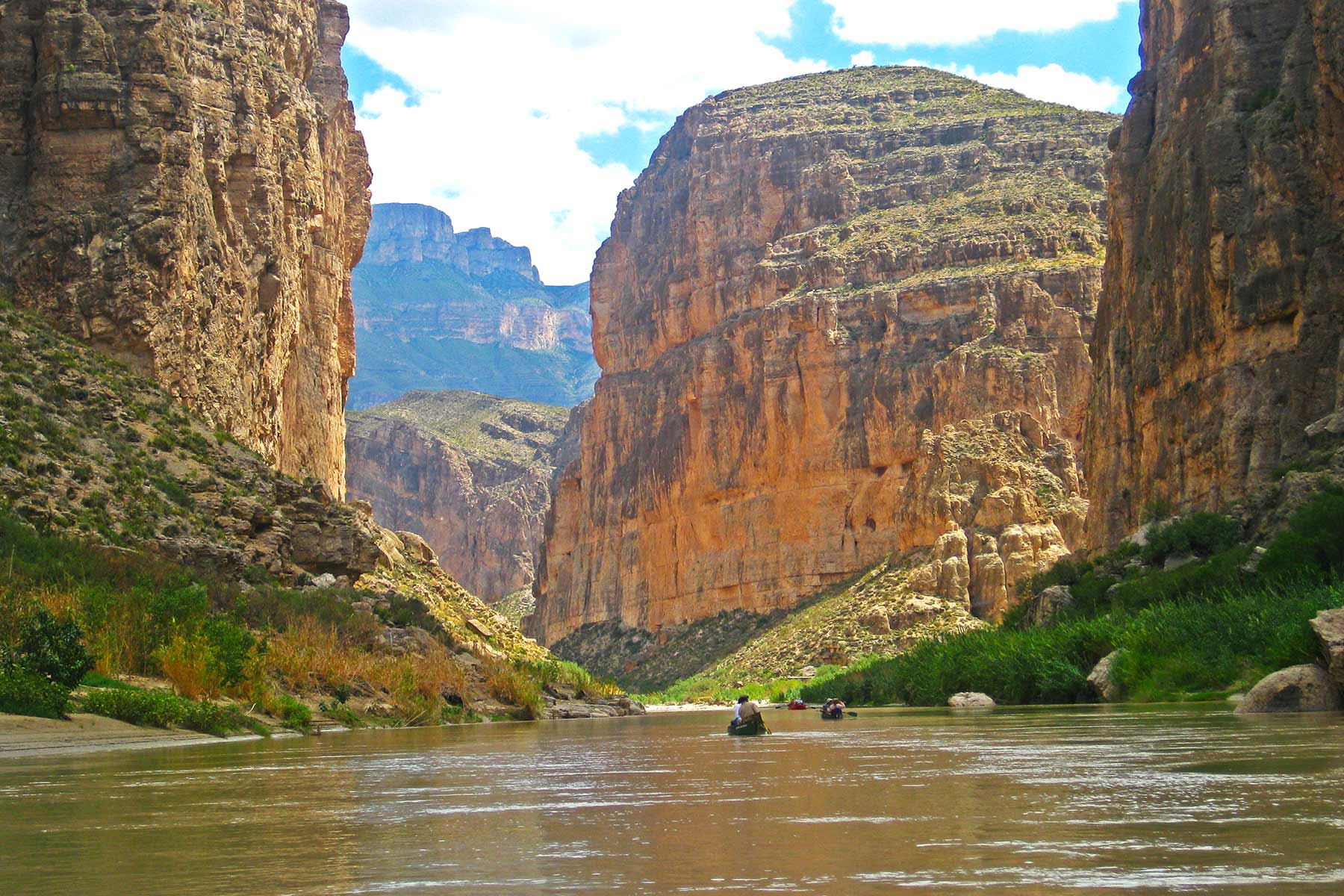
6. Biscayne National Park
Location: Florida
Established: June 28, 1980
Size: 172,971.11 acres
Visitation: 705,665 (2021)
Resources: Facts
Things To Do: Boating, Snorkeling, Scuba
About This National Park
Biscayne is a snorkelers & divers dream with an immense diversity of underwater sea life begging to be explored.
While this park is not a hikers park with more than 90% of it being underwater, it is a unique addition to the National Park System that is a great add-on to a south Florida trip.
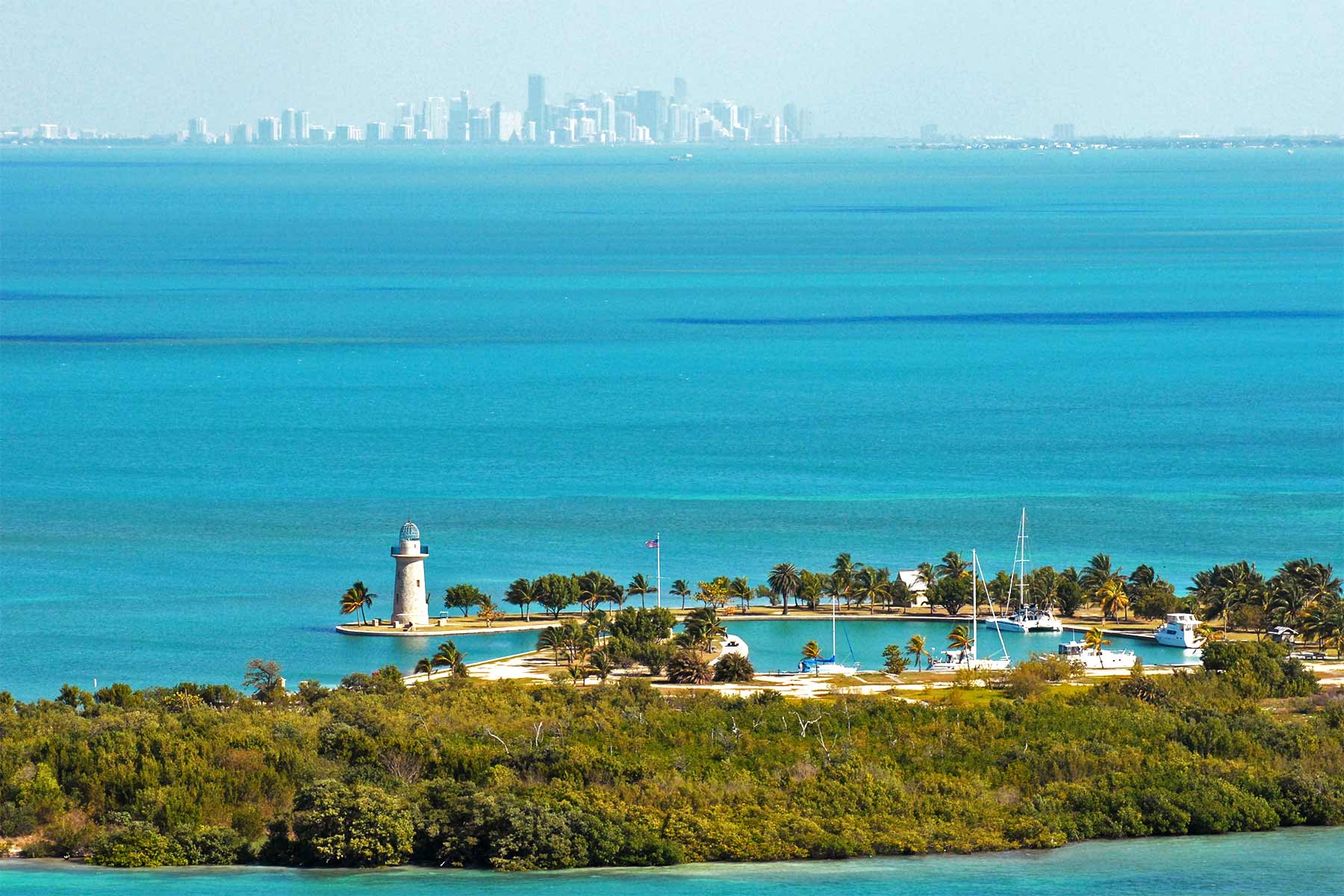
7. Black Canyon of the Gunnison National Park
Location: Colorado
Established: October 21, 1999
Size: 30,779.83 acres
Visitation: 308,910 (2021)
Resources: Where to Stay | Facts
Things To Do: Rim Rock Trail, South Rim Road, Fishing
About This National Park
Of all the underrated national parks out there, this one is near the top of the list. As a relatively new park it has flown under the radar of most park-goers’ summer travel plans.
For those who love Black Canyon, this is great news as it means more of the park for us. The scenery here is mesmerizing and warrants the same long gazes afforded to places like the Grand Canyon and Yosemite.
The major drawback here is its distance from, well everything, and out-of-the-way relativity to national park road trips. If you do make it out you’ll be handsomely rewarded.
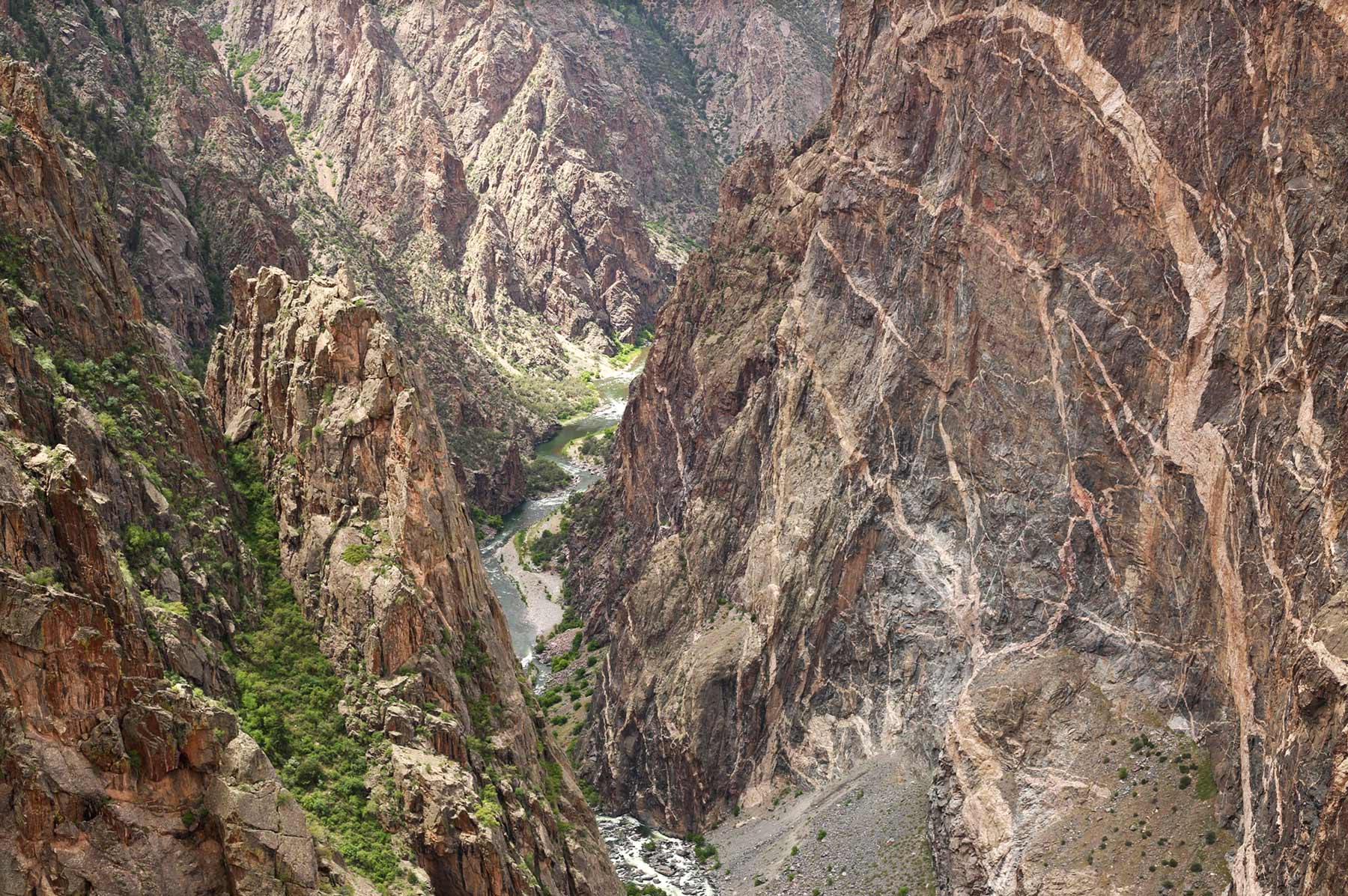
8. Bryce Canyon National Park
Location: Utah
Established: February 25, 1928
Size: 35,835.08 acres
Visitation: 2,104,600 (2021)
Our Favorite Resources: Map | Guidebook | Road Trip | Where to Stay | Facts | Things to Do
Things To Do: Wall Street, Navajo Loop Trail, Inspiration Point
About This National Park
As far as the mighty 5 Utah national parks go, Bryce Canyon clocks in at number 5 on the list. However, the Wall Street trail in Bryce Canyon is regarded as one of the most beautiful hikes in the entire national parks system.
Not to mention sunrises in the park are nothing short of jaw-dropping.
However, the scenery here, while beautiful, doesn’t change past the main viewing area near Sunset Point. Add the crowds here which are tour bus large, with the relative small size of the park and we arrive at 5th out of 5.
With that being said, even Utah’s lowest ranking park still ranks higher than most other parks.

9. Canyonlands National Park
Location: Utah
Established: September 12, 1964
Size: 337,597.83 acres
Visitation: 911,594 (2021)
Our Favorite Resources: Map | Guidebook | Where to Stay | Facts | Things to Do
Things To Do: Upheaval Dome, Green River Overlook, Mesa Arch
About This National Park
Canyonlands is one of the parks that has views that one can seemingly gaze upon for days without losing interest or truly comprehending the vastness of the landscape.
Mesa Arch here represents one of the most photographed sunrises in all of the national park system and Green River overlook one of the most dazzling sunsets. It’s also devoid of the crowds found in some other Utah national parks.
The catch? Four-wheel drive. If you’ve got it you’re set and have full access to all of the unbelievable destinations the park has to offer.
Without it, your time in the park will be mostly limited to overlooks and a few trails from above, which are still well worth the trip.
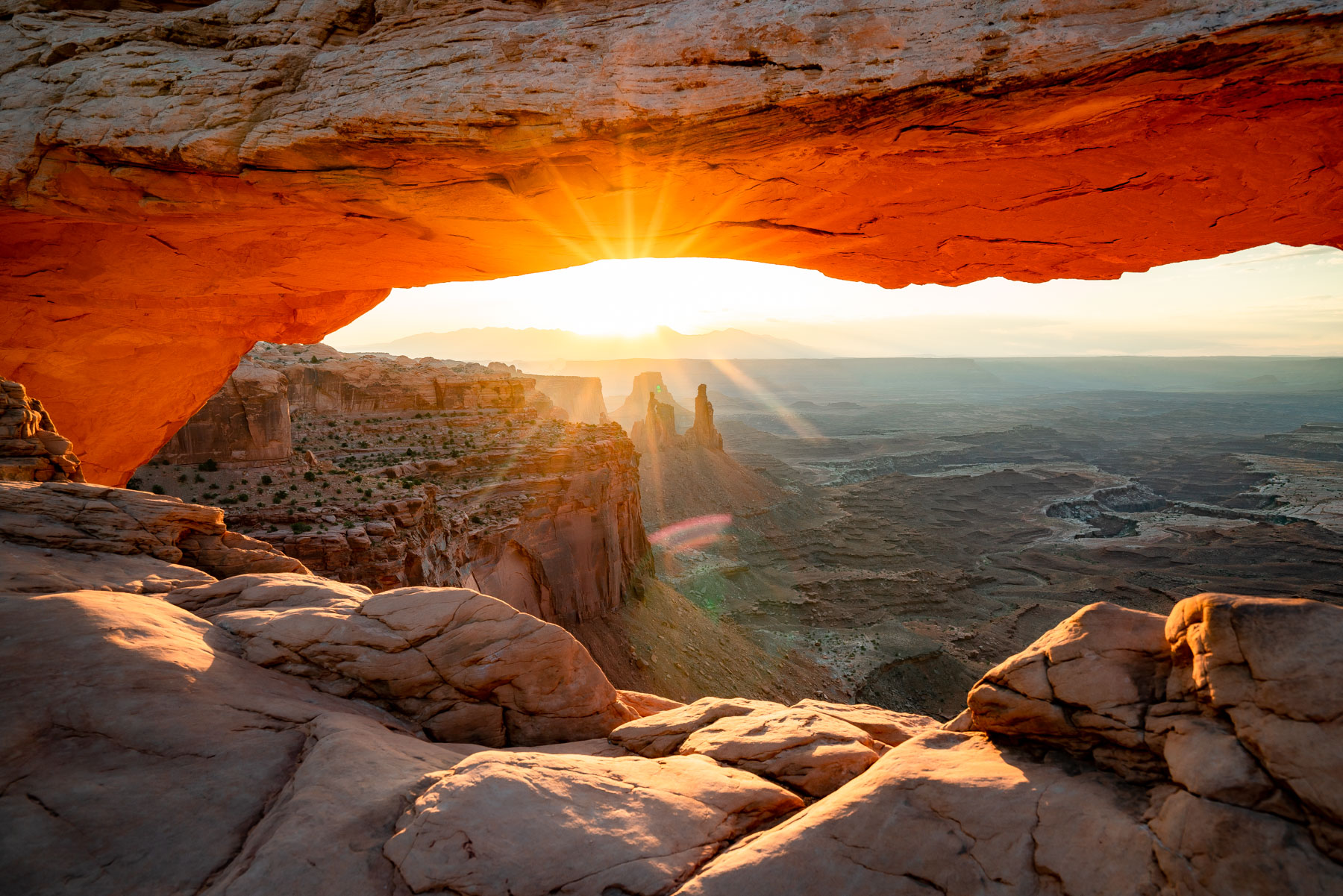
10. Capitol Reef National Park
Location: Utah
Established: December 18, 1971
Size: 241,904.50 acres
Visitation: 1,405,353 (2021)
Our Favorite Resources: Map / Guidebook / Things to Do / Where to Stay / Facts
Things To Do: Cassidy Arch, Hickman Bridge, Capitol Gorge
About This National Park
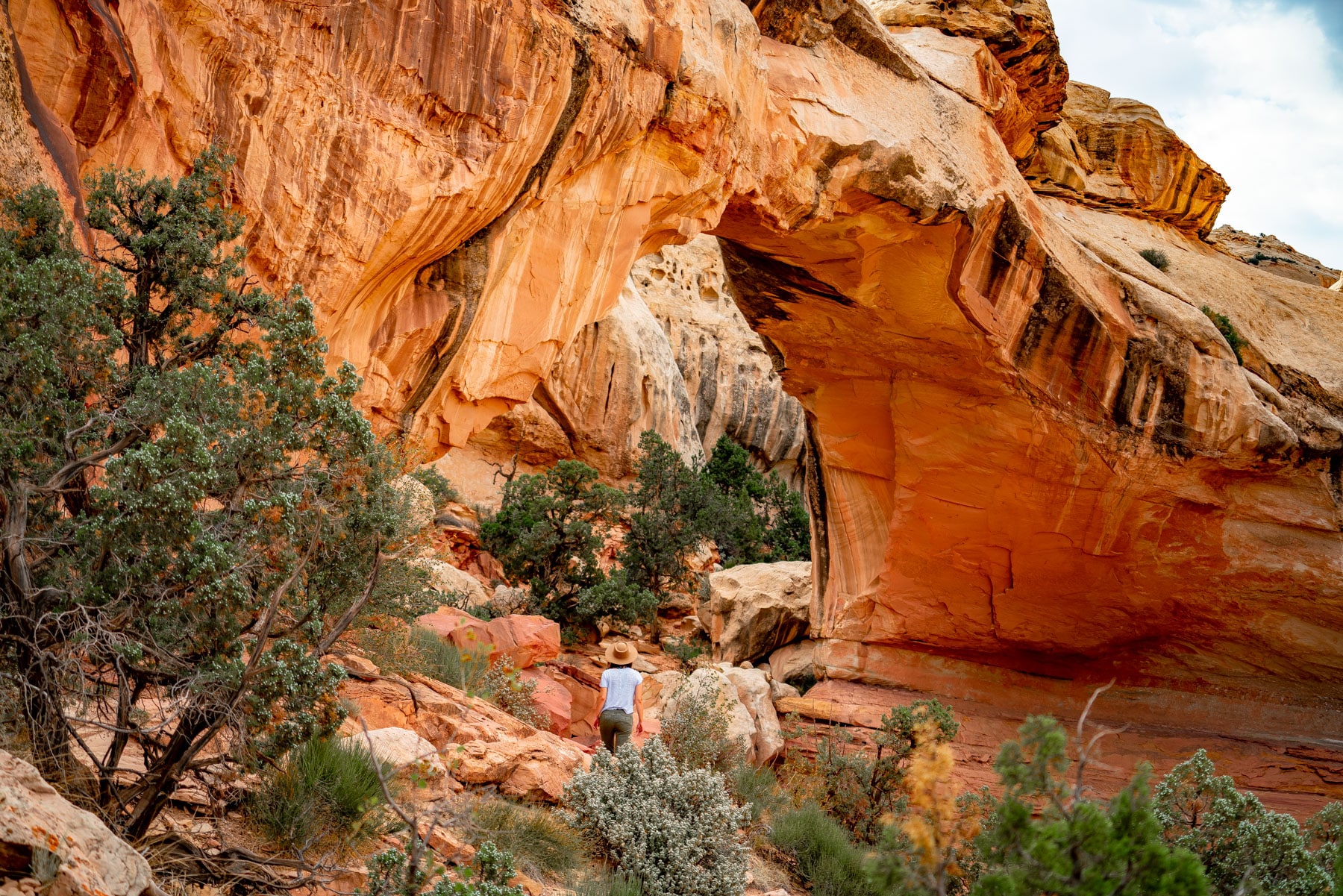
11. Carlsbad Caverns National Park
Location: New Mexico
Established: May 14, 1930
Size: 46,766.45 acres
Visitation: 349,244 (2021)
Resources: Facts
Things To Do: Cave Tours, Natural Entrance Hike, Bat Viewing
About This National Park
Carlsbad Caverns is a really amazing place, home to over a hundred caves and some of the most spectacular subterranean sites in the world. The bat show here is a bucket list site that everyone should see.

12. Channel Islands National Park
Location: California
Established: March 5, 1980
Size: 249,561.00 acres
Visitation: 319,252 (2021)
Resources: Where to Stay | Facts
Things To Do: Inspiration Point, Ferry Tour, Anacapa Island
About This National Park
Deemed “the American Galapagos”, Channel Islands feature an unbelievable amount of biodiversity.
Located just off the coast of Southern California, this eight island chain is another bucket-lister for park-lovers.
Getting to the islands themselves presents a bit of difficulty as visitors have to take a ferry and usually make reservations well in advance.
Once arriving to the islands activities including hiking, kayaking, diving, and relaxing. Amenities are a bit limited so make sure to pack water and food for your trip.
It hurts us that such a beautiful national park is ranked so low but alas access & amenities are the key issues here.

13. Congaree National Park
Location: South Carolina
Established: November 10, 2003
Size: 26,692.60 acres
Visitation: 215,181 (2021)
Resources: Things to Do | Facts
Things To Do: Congaree River Blue Trail, Bluff Trail, Birding
About This National Park
Known for its infamous “Mosquito Meter”, Congaree does not rank very high on most folks’ national parks lists but we say, “give it a chance!” (in the fall anyway).
Congaree has some really cool canoeing/kayaking trails, elevated boardwalks, bald cypress trees (which are quite beautiful), and underrated displays of fall foliage.
While it might be best to avoid Congaree during late spring & summer months (skeeters), other times of the year are fair game.
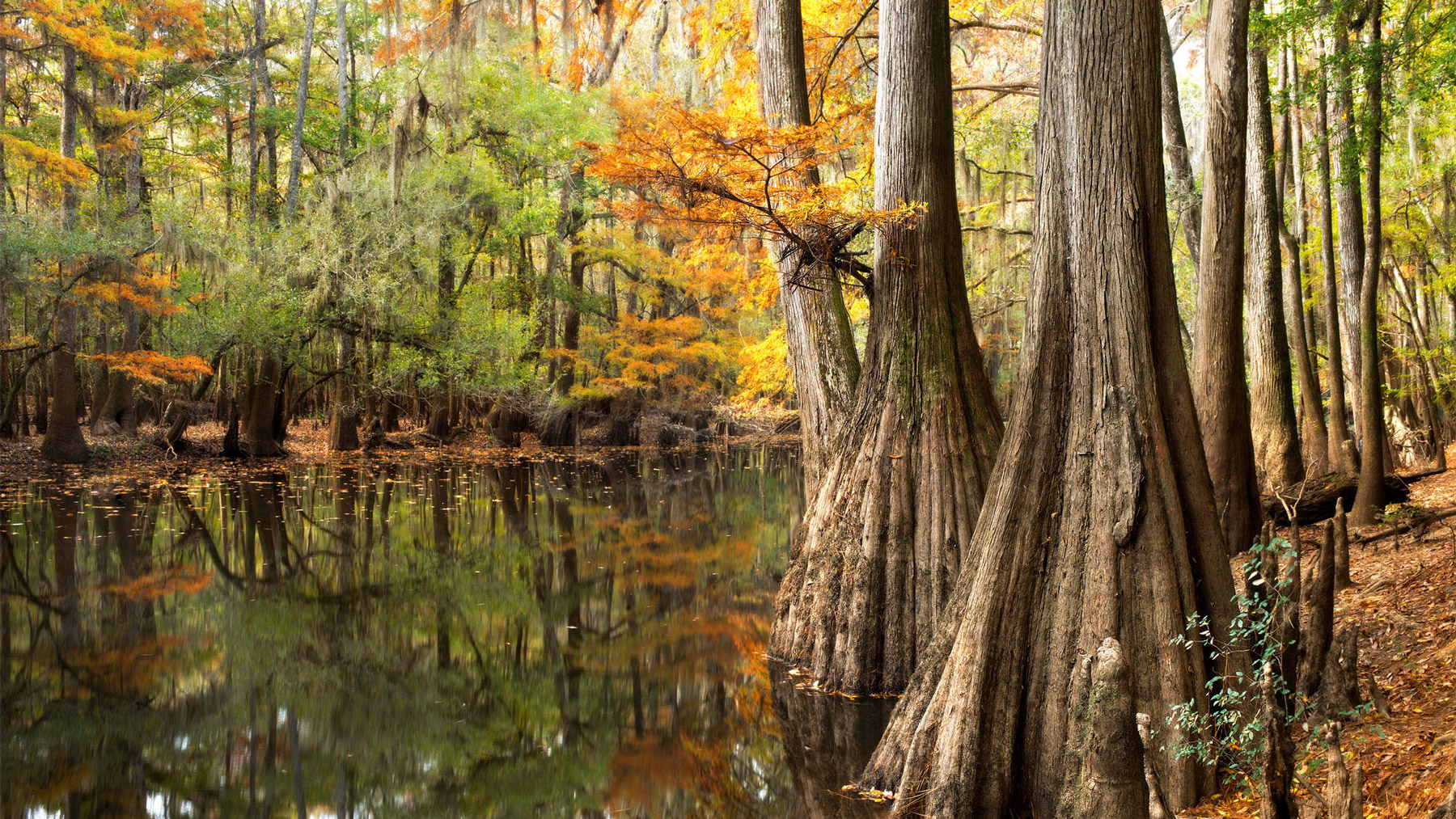
14. Crater Lake National Park
Location: Oregon
Established: May 22, 1902
Size: 183,224.05 acres
Visitation: 647,751 (2021)
Resources: Things to Do | Facts
Things To Do: Rim Drive, Wizard Island Ferry, Watchman Peak
About This National Park
The deepest lake in America is one of the seven wonders of Oregon and is surprisingly the state’s only national park.
The kind of blue water that exists here is unlike any other in the world and is sure to captivate you. And while the park itself is fairly remote and requires quite a drive to get to, trust us, it’s worth it.
In the summer a ferry runs to and from Wizard island where folks can get a unique view of the surrounding area and swimming is a popular activity.
In the winter, cross country skiing, snowshoeing, and backcountry camping are popular among the hardy outdoors enthusiast. Crater Lake actually sees more snowfall than most other parks in the lower 48.

15. Cuyahoga Valley National Park
Location: Ohio
Established: October 11, 2000
Size: 32,571.88 acres
Visitation: 2,575,275 (2021)
Our Favorite Resources: Guidebook | Things to Do | Facts
Things To Do: Brandywine Falls, Towpath Trail, Blue Hen Falls
About This National Park
What was once part of a superfund cleanup site is now a beautiful national park. Cuyahoga is a great place to spend a day and soak in the natural beauty of Ohio.
Its Location: near Cleveland makes it an easy stop for any park-lover to add on their trip to the city.

16. Death Valley National Park
Location: California
Established: October 31, 1994
Size: 3,408,395.63 acres
Visitation: 1,146,551 (2021)
Our Favorite Resources: Guide / Map / Guidebook / Things to Do / Facts / Camping / Where to Stay / Video
Things To Do: Badwater Basin, Zabriskie Point, Eureka Dunes, Artists Palette
About This National Park
As the largest park in the contiguous United States at over 3.4 million acres, Death Valley embodies every aspect of an epic US national park. Star Wars landscapes fill the mind with wonder as superlatives are the name of the game here.
Death Valley features the lowest point in North America, has the hottest ever recorded air temperature on the planet, the tallest sand dunes in North America, and the driest place in the United States.
Despite the morbid name Death Valley has an abundance of life and incredible sights. So long as you don’t visit during the summer when temperatures can soar into the 130s you’re bound to have a great time here.
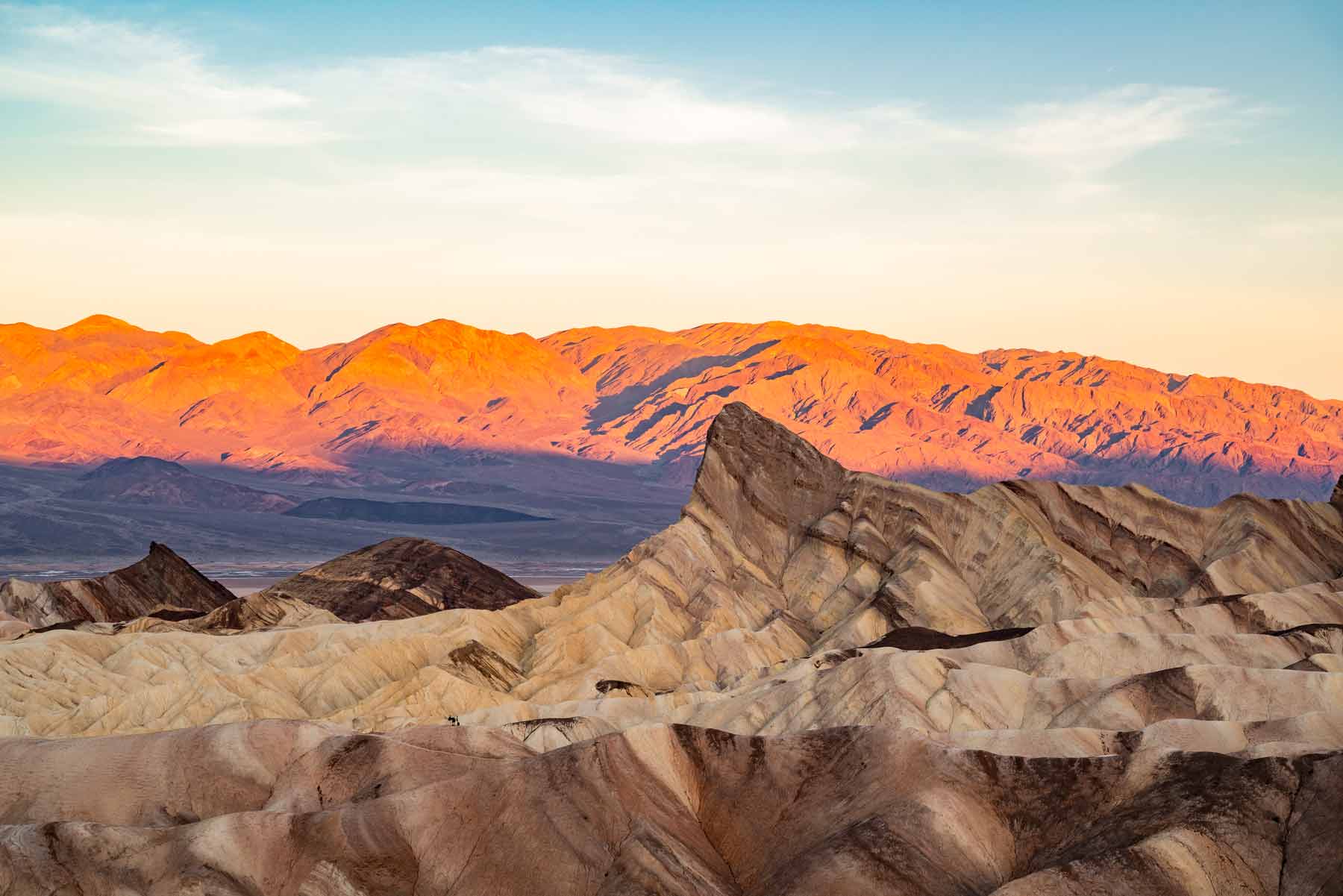
17. Denali National Park
Location: Alaska
Established: February 26, 1917
Size: 4,740,911.16 acres
Visitation: 229,521 (2021)
Our Favorite Resources: Map | Guidebook | Facts
Things To Do: Denali Park Road, Wildlife Viewing, Thorofare Ridge Trail
About This National Park
Alaska’s flagship national park named for its tallest mountain which happens to be the highest peak in North America, Denali is on every park-goers bucket list. The breadth of this mountain is hard to appreciate and so is the size of the park itself at 6.1 million acres.
Denali also happens to be one of the most accessible Alaskan national parks with limited driving access, bus access that gets you further, visitor center, campgrounds, and the famous car lottery.
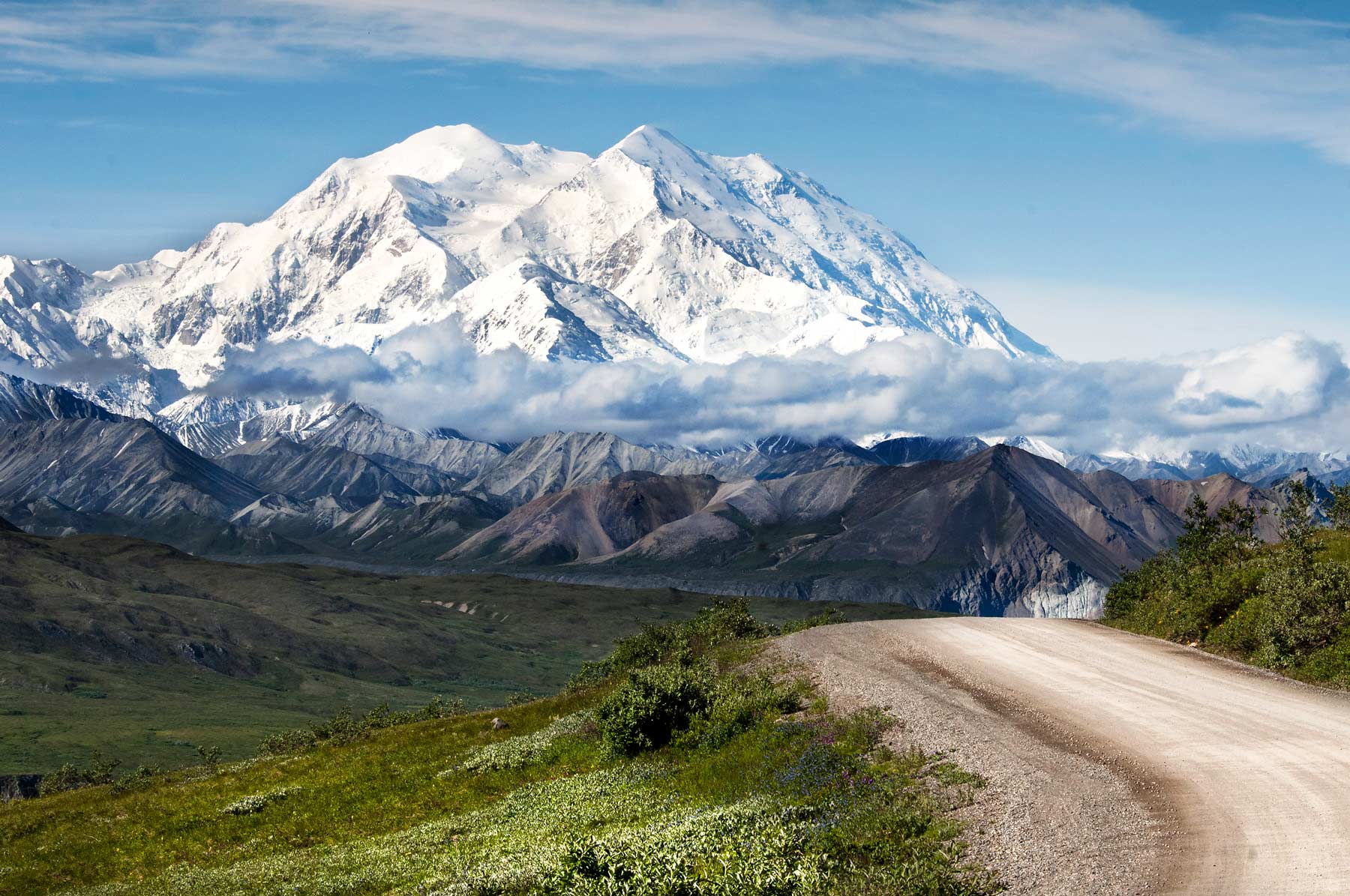
18. Dry Tortugas National Park
Location: Florida
Established: October 26, 1992
Size: 64,701.22 acres
Visitation: 83,817 (2021)
Our Favorite Resources: Guide | Facts
Things To Do: Fort Jefferson, Snorkeling, Ferry Ride
About This National Park
What was once a strategic fort far out on the Florida Keys is now an incredible island national park.
Dry Tortugas is one of the few “tropical” national parks in the system which is reason-alone to make the trip. And making the trip is half the fun.
Getting to this park requires an additional plane ride from Key West or ferry ride out to the island. Once there, visitors can snorkel, swim, relax, and otherwise enjoy the remains (well-intact) of Fort Jefferson.
Facilities are quite limited on the island and if you’re camping make sure to pack all of your own food and water.
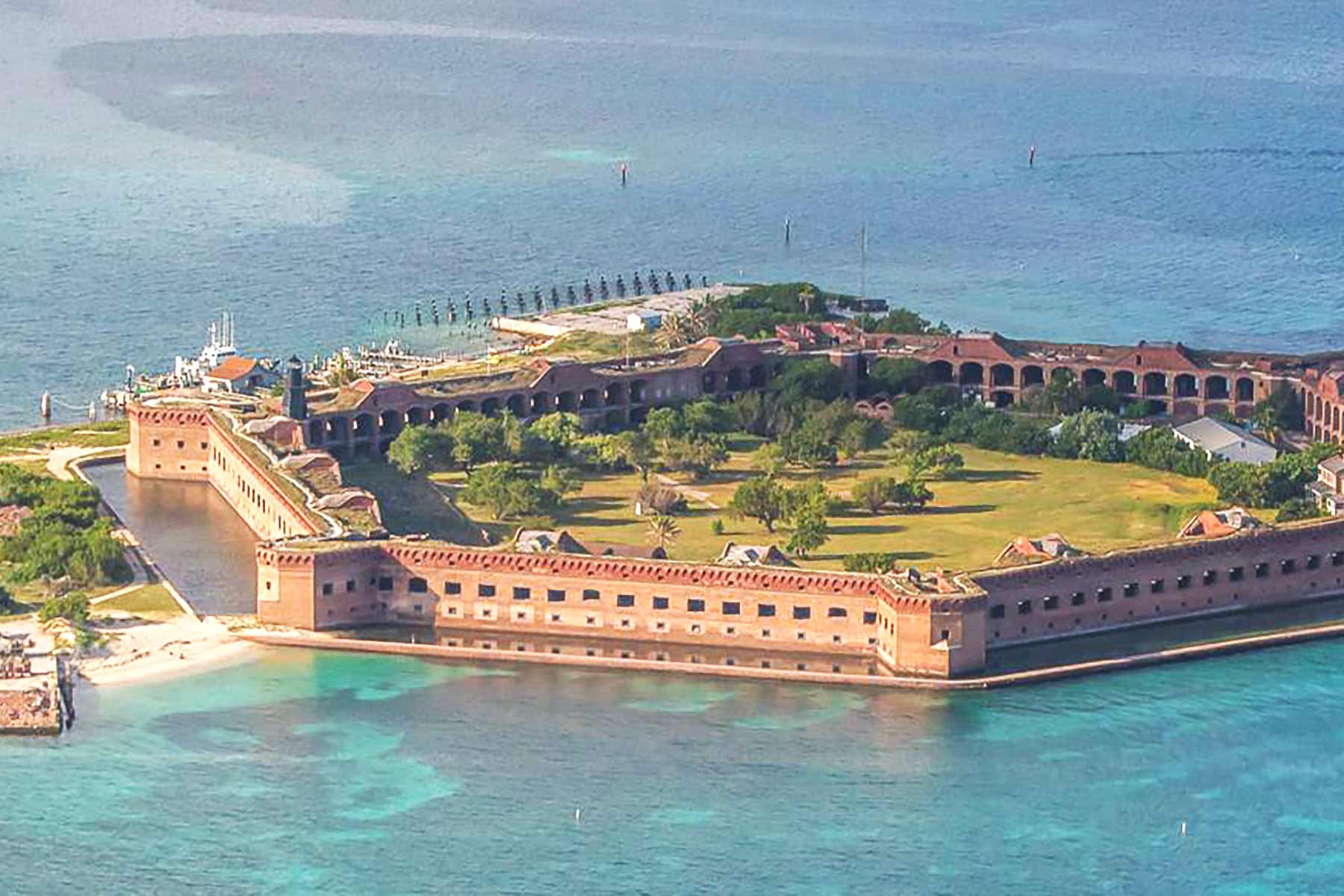
19. Everglades National Park
Location: Florida
Established: May 30, 1934
Size: 1,508,938.57 acres
Visitation: 942,130 (2021)
Resources: Guide | Map | Guidebook | Facts
Things To Do: Shark Valley, Anhinga Trail, Kayaking
About This National Park
Known for its reptiles, Everglades National Park represents the best chance people have to see the American Alligator in a national park.
While the park itself is actually quite massive (third largest in the lower 48), the hike-able regions of it are somewhat limited.
The best user experience is on a boat and the most popular iteration of this is the fan boat where folks can travel at high speeds and cover a lot of ground.
One of Florida’s many parks, Everglades is a great addition to any south Florida trip.
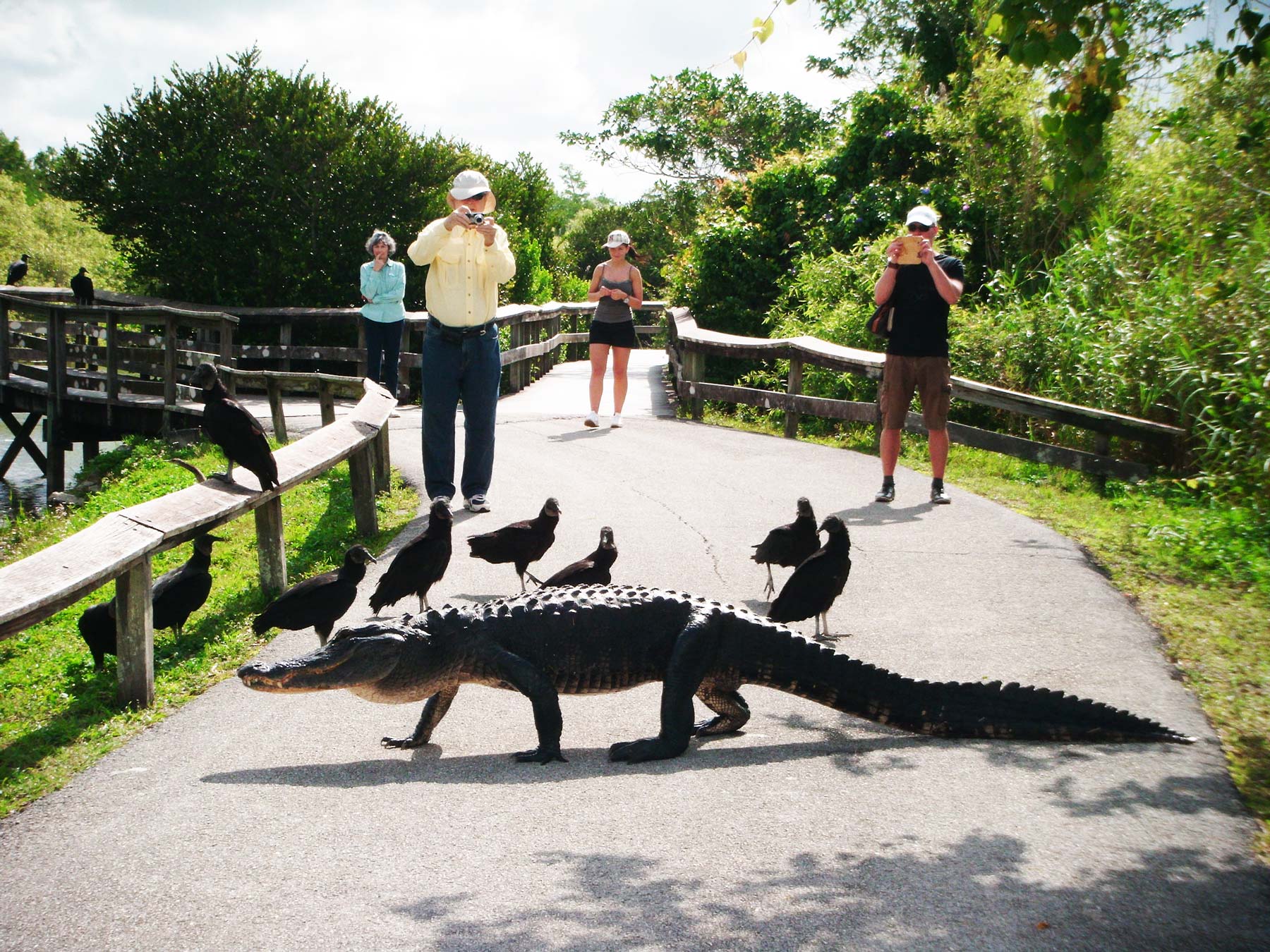
20. Gates of the Arctic National Park
Location: Alaska
Established: December 2, 1980
Size: 7,523,897.45 acres
Visitation: 7,362 (2021) 63/63
Our Favorite Resources: Guide | Facts | Map
Things To Do: Wildlife Viewing, Flightseeing
About This National Park
Gates of the Arctic is a breathtakingly beautiful place that is nearly impossible for the average person to get to. Getting into the park requires multiple flights, a guide (to do it safely), and thousands of dollars.
It seems to us this park would have been more fitting for a wilderness designation than a National Park. However, we’re still very grateful to our greatest conservation president that it was spared from the interests and placed into the public trust.

21. Gateway Arch National Park
Location: Missouri
Established: February 22, 2018
Size: 91 acres
Visitation: 1,145,081 (2021)
Resources: National Parks Ranked (it’s last) | Facts
Things To Do: Ride the Elevator
About This National Park
We ranked this park dead last in our national park rankings for good reason. We were not alone in our head-scratching upon hearing the news that Gateway Arch had been elevated to full park status alongside the likes of Yellowstone and Yosemite.
Receiving a coveted congressional designation as a national park is usually a long and hard fought process with long justification statements and passionate debate. In this case the justification statement is a mere paragraph long and does not, in and of itself, hold up to the criteria set forth by congress.
We are very much for the creation of new parks and different kinds of parks, but the system we have allows for diverse designations.
Would not a National Historic Site or National Historic Park designation be more fitting in this case?
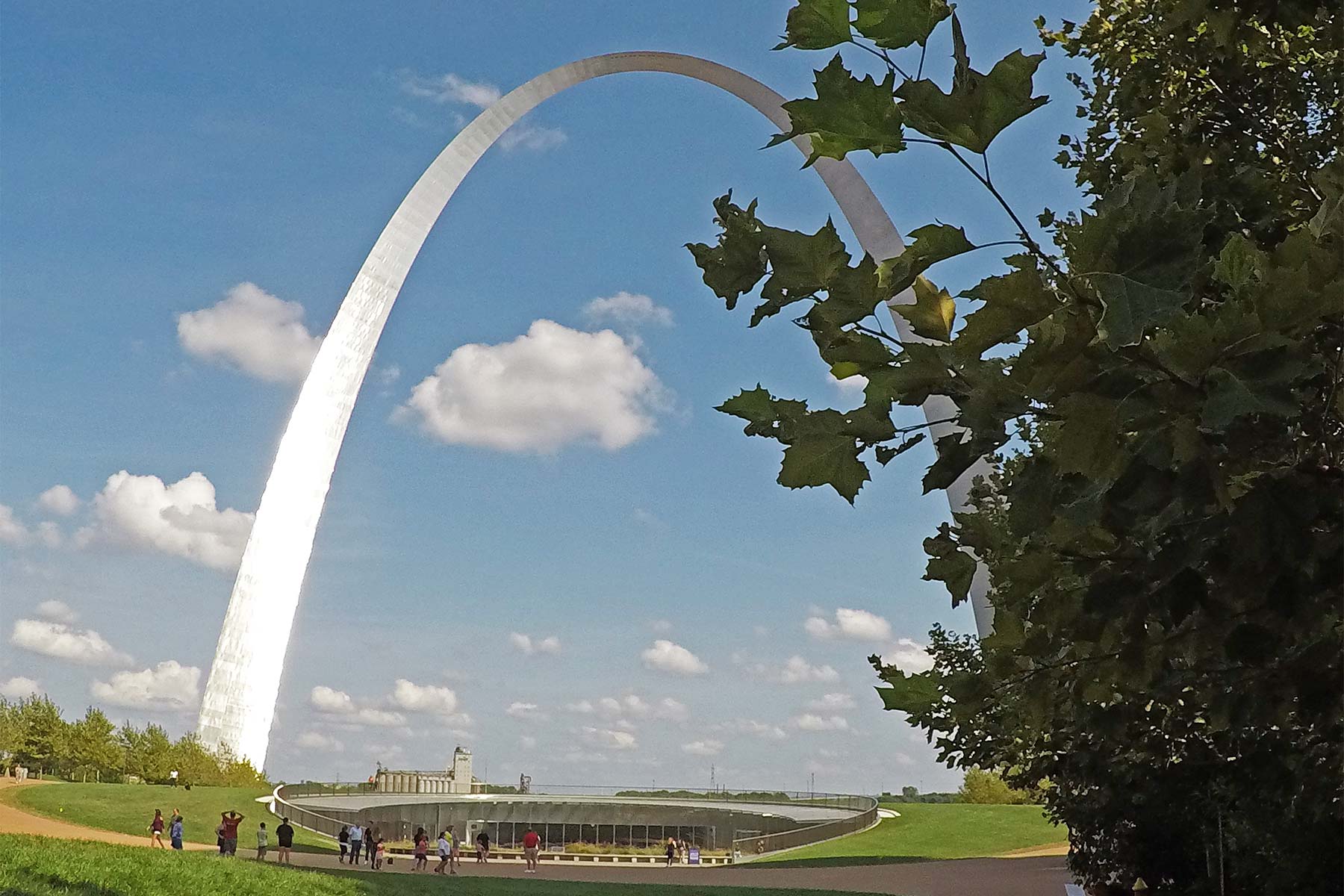
22. Glacier National Park
Location: Montana
Established: May 11, 1910
Size: 1,013,126.39 acres
Visitation: 3,081,656 (2021)
Our Favorite Resources: Map / Guidebook / Things to Do / Hikes / Where to Stay / Itinerary / Facts
Things To Do: Going to the Sun Road, Swiftcurrent Lake, Grinnell Glacier Trail
About This National Park
Glacier National Park is one of the grandfathers of the National Park Service and continues to stand the test of time as one of the best national parks in the US.
This exceedingly beautiful mountainous park and its jaw-dropping vistas make other park overlooks seem tame by comparison.
If you can make the drive from the nearest major airport or city, (which aren’t exactly close), Glacier provides ample recreation opportunities including stellar hikes and a park experience that people of all abilities can enjoy.
Among the musts in this park is driving the spectacular Going-to-the-Sun Road, a true engineering marvel that winds through the mountains providing unparalleled views of one of the best national parks in America.
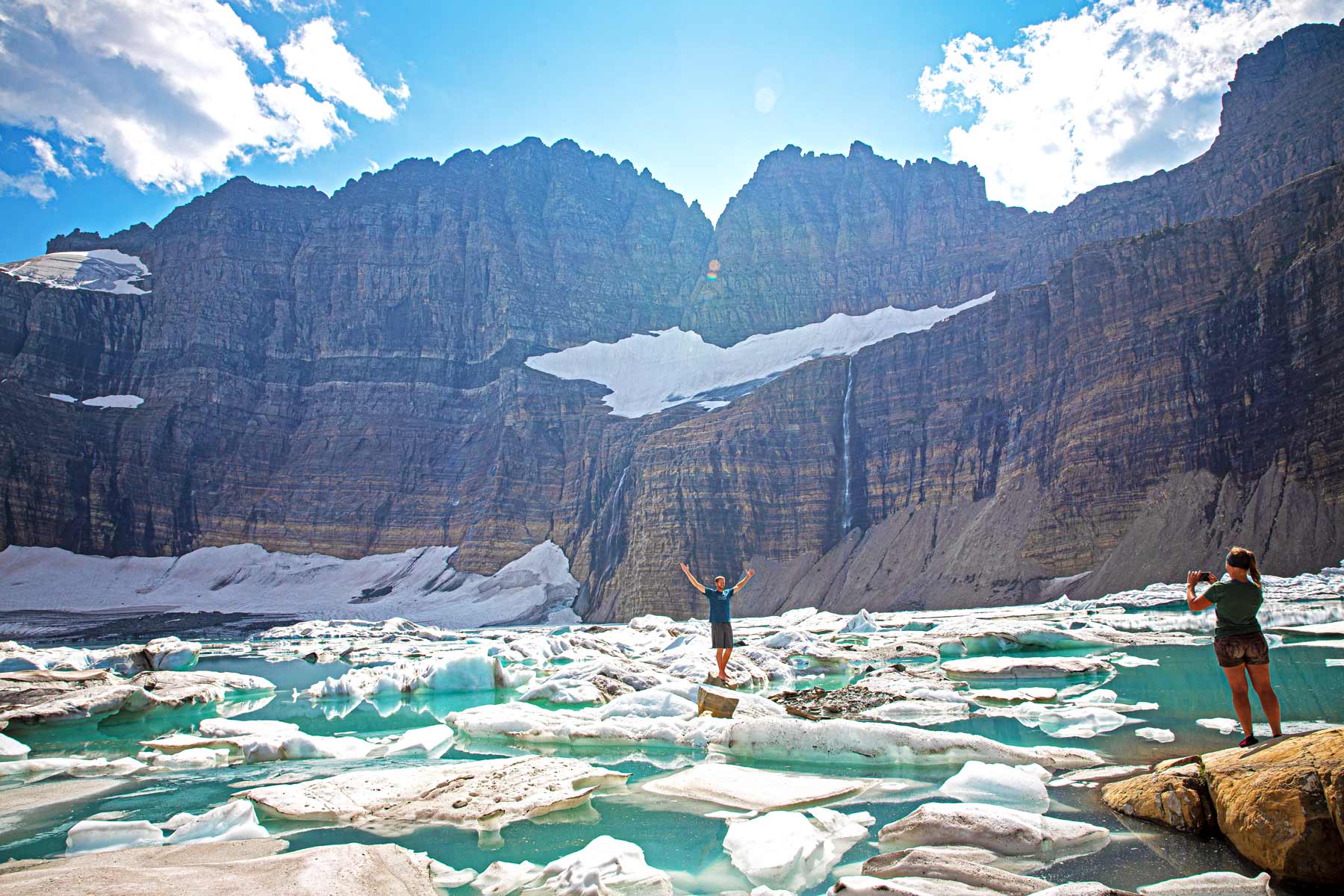
23. Glacier Bay National Park
Location: Alaska
Established: December 2, 1980
Size: 3,223,383.43 acres
Visitation: 89,768 (2021)
Our Favorite Resources: Guide | Facts
Things To Do: Boat Tour, Bartlett Cove, Whale Watching
About This National Park
Glacier Bay is a wonderful “cruising park” with spectacular views from the water including orcas, whales, massive glaciers, and so much more.
It’s hard to ask for more breathtaking scenery than what you can find in this park. So what’s the catch? Getting to the park is exceedingly difficult, requiring a flight and then either another flight or ferry.
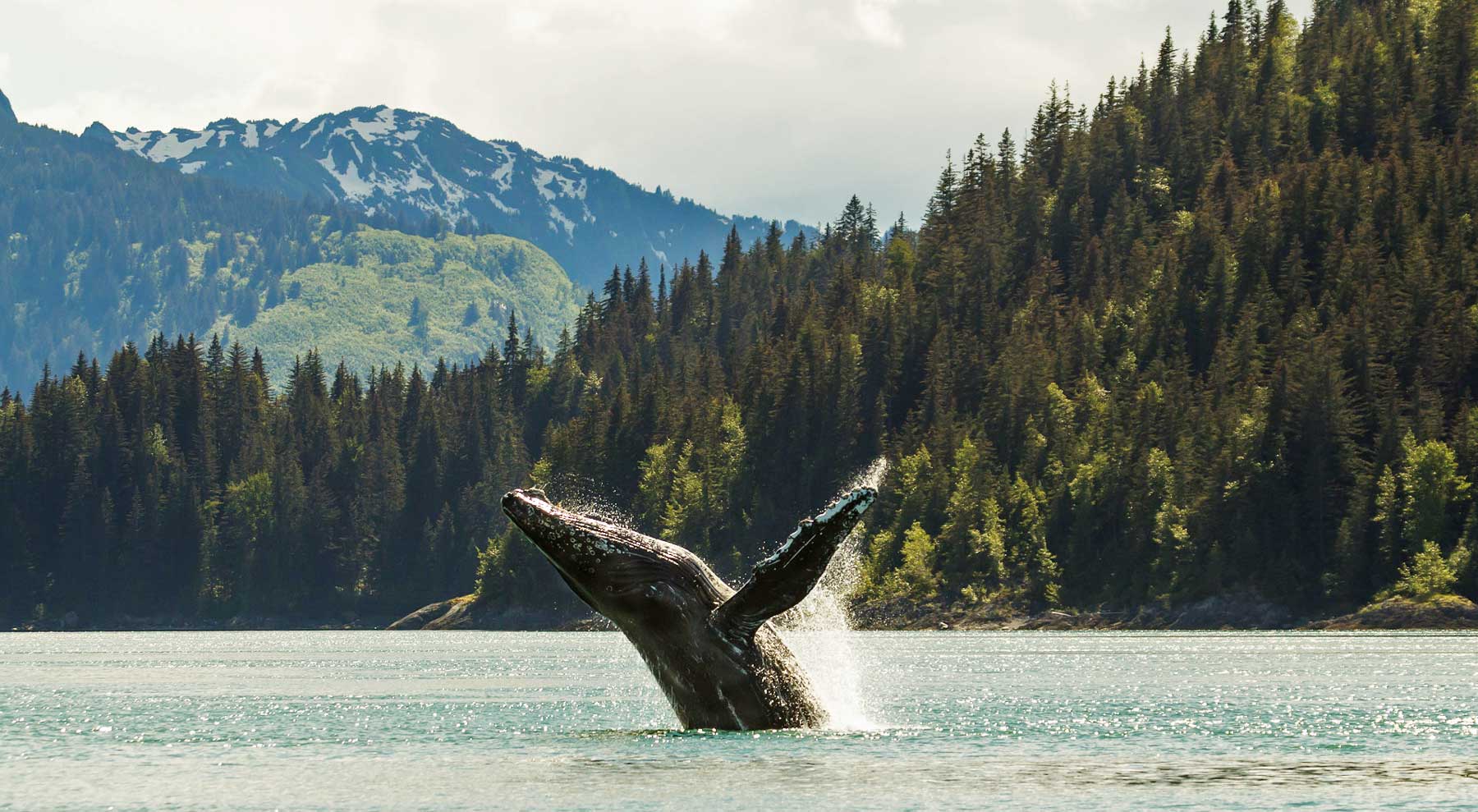
24. Grand Canyon National Park
Location: Arizona
Established: February 26, 1919
Size: 1,201,647.03 acres
Visitation: 4,532,677 (2021)
Our Favorite Resources: Map / Guidebook / Things to Do / Best Views / Closest Cities / South Rim / Where to Stay / Winter / Facts
Things To Do: Mather Point, Bright Angel Trail, Cape Royal, Desert View Watchtower
About This National Park
Sure we could try to describe to you the singular beauty and majesty of one of the great wonders of the world or we could let one of America’s greatest presidents do it.
In the Grand Canyon, Arizona has a natural wonder which is in kind absolutely unparalleled throughout the rest of the world. I want to ask you to keep this great wonder of nature as it now is.
I hope you will not have a building of any kind, not a summer cottage, a hotel or anything else, to mar the wonderful grandeur, the sublimity, the great loneliness and beauty of the canyon.
Leave it as it is. You cannot improve on it. The ages have been at work on it, and man can only mar it.
Theodore Roosevelt
Yes the South Rim of the Grand Canyon sees crowds in the summer that are reminiscent of a Disney World parking lot, but the Grand Canyon is a large national park with plenty of places to escape the crowds.
You might be surprised to learn that there are many areas in the park with the same jaw-dropping views that won’t make you feel like you’re in the busiest terminal of Hartsfield-Jackson Atlanta International Airport on Christmas Eve.
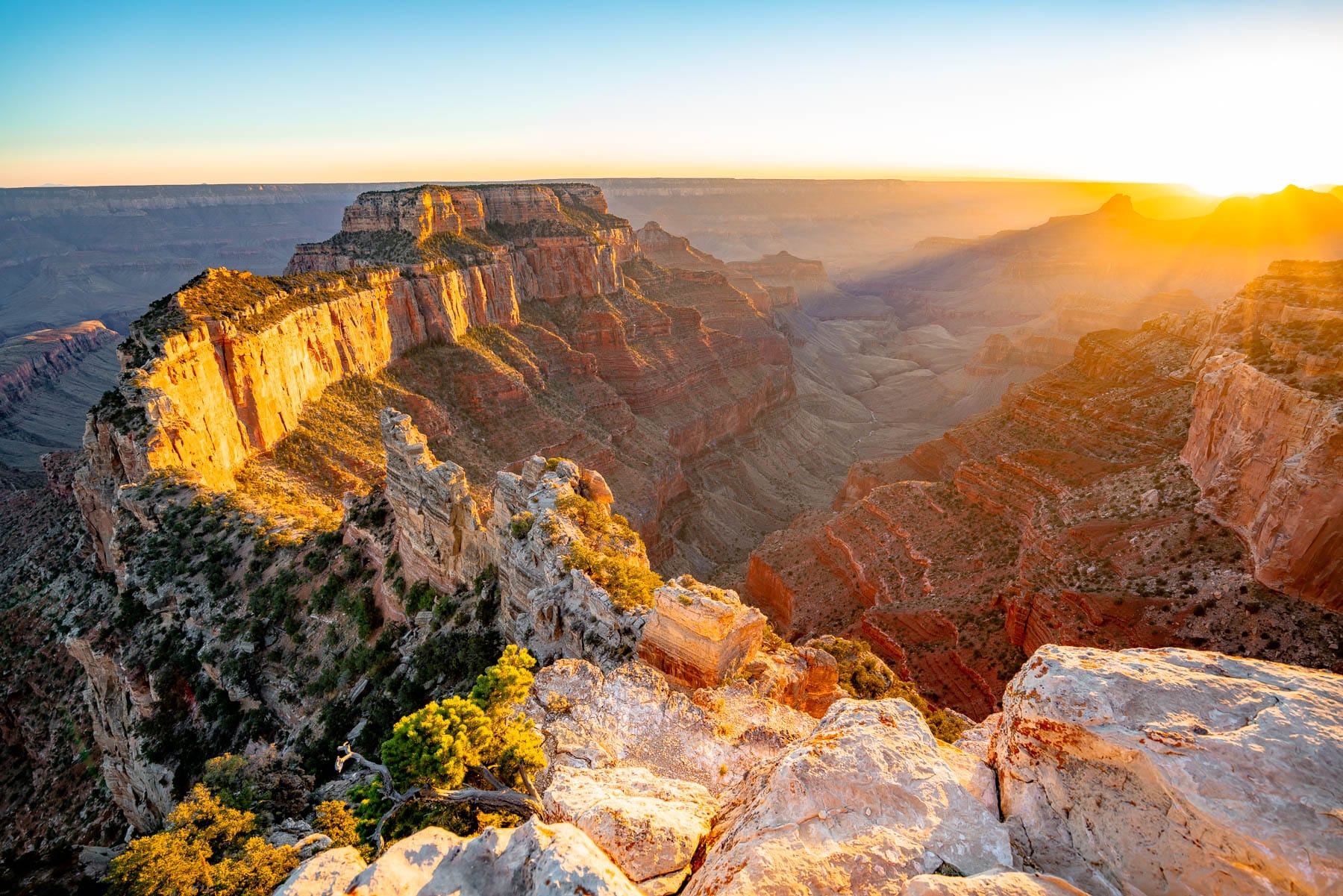
25. Grand Teton National Park
Location: Wyoming
Established: February 26, 1929
Size: 310,044.36 acres
Visitation: 3,885,230 (2021)
My Favorite Resources: Guide / Maps / Guidebook / Hikes / Things to Do / Where to Stay / Video / Facts
Things To Do: Bradley & Taggart Lakes Trail, Wildlife Viewing, Schwabacher Landing
About This National Park
Grand Teton National Park is truly iconic and, thanks to strong management and foresight, has been able to avoid the crowding more characteristic of its neighbor to the north, Yellowstone.
Here you’ll find the spectacular Teton mountains, the winding Snake River, gorgeous lakes and valleys, and some of the best wildlife viewing opportunities in the entire national park system.
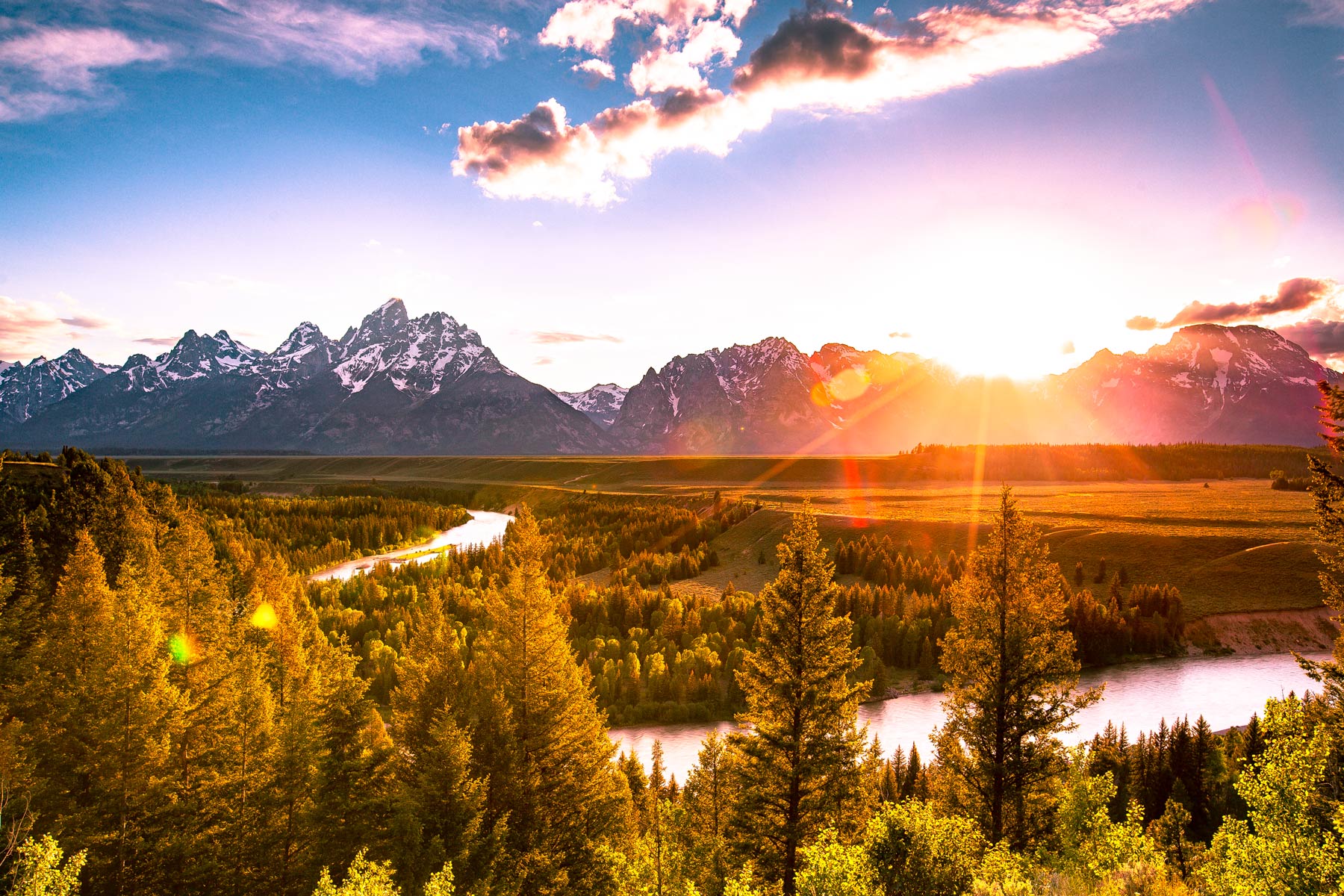
26. Great Basin National Park
Location: Nevada
Established: October 27, 1986
Size: 77,180.00 acres
Visitation: 144,875 (2021)
Our Favorite Resources: Map | Facts
Things To Do: See the Glacier, Ancient Bristlecone Forest, Lehman Caves
About This National Park
This park falls into the underrated category in our national parks rankings for sure. It’s a place full of superlatives.
Great Basin is an anomaly in the high desert of Nevada and rises from the hot desert floor with very little vegetation, up into lush coniferous forests high above.
There is even a glacier in the park – in Nevada – how wild is that!
The park features alpine lakes, and our favorite part, groves of ancient Bristlecone Pines (we’re talking thousands of years old). Fall is a great time to see the park as the foliage is pretty grand.
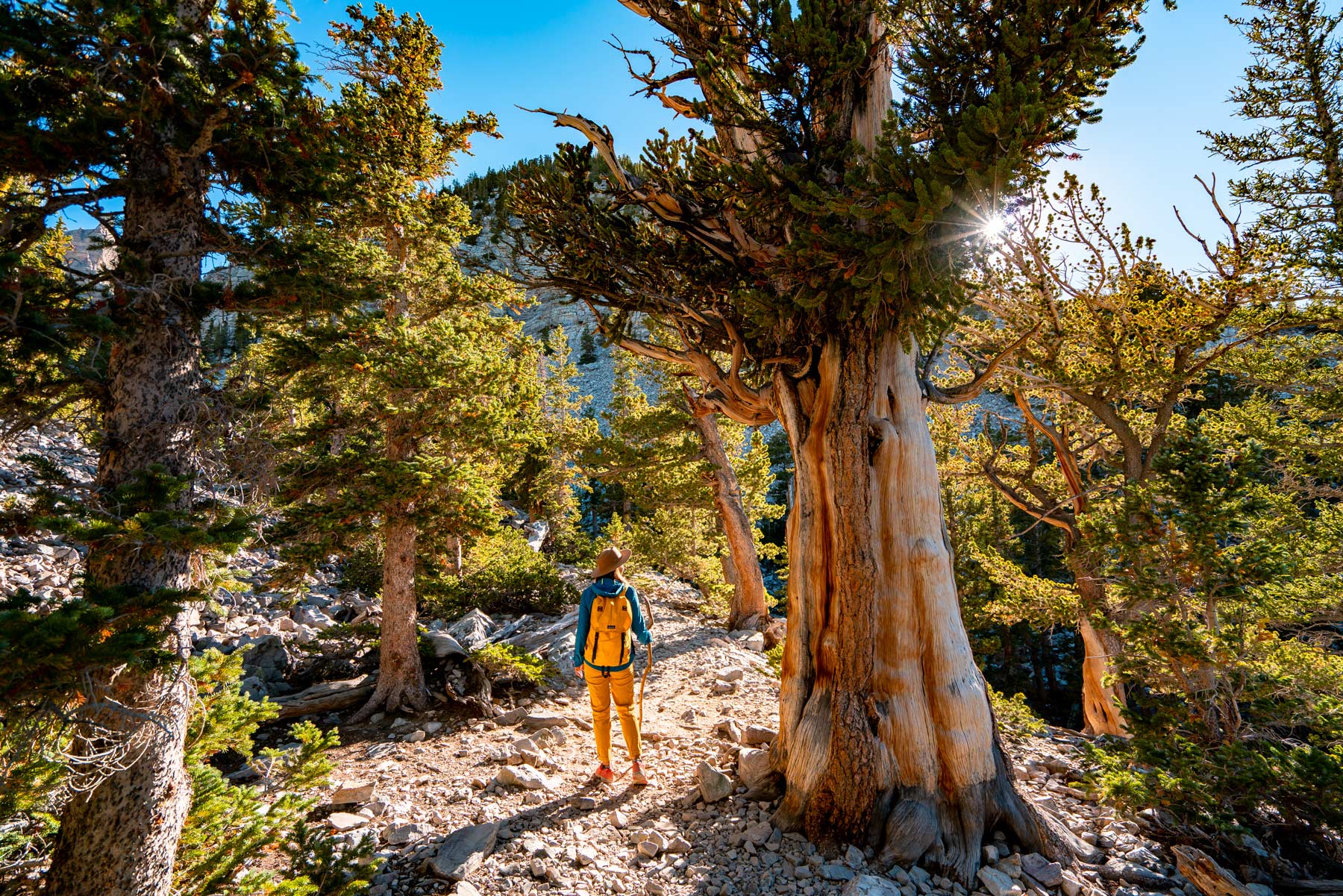
27. Great Sand Dunes National Park
Location: Colorado
Established: September 24, 2004
Size: 107,345.73 acres
Visitation: 602,613 (2021)
My Favorite Resources: Map / Guidebook / Things to Do / Where to Stay / Facts
Things To Do: Star Dune, Sand Lakes, Mosca Pass
About This National Park
Imagine the Sahara Desert with a backdrop of the Rocky Mountains – you’re looking at one of the most underrated national parks in America, Great Sand Dunes National Park.
Great Sand Dunes is a spectacular park located in southern Colorado that features some of the most breathtaking and unique scenery anywhere in the world.
The tough part is getting to the park because it’s fairly remote and doesn’t easily make its way into a national park road trip. The good news is that when you arrive crowds will be minimal.
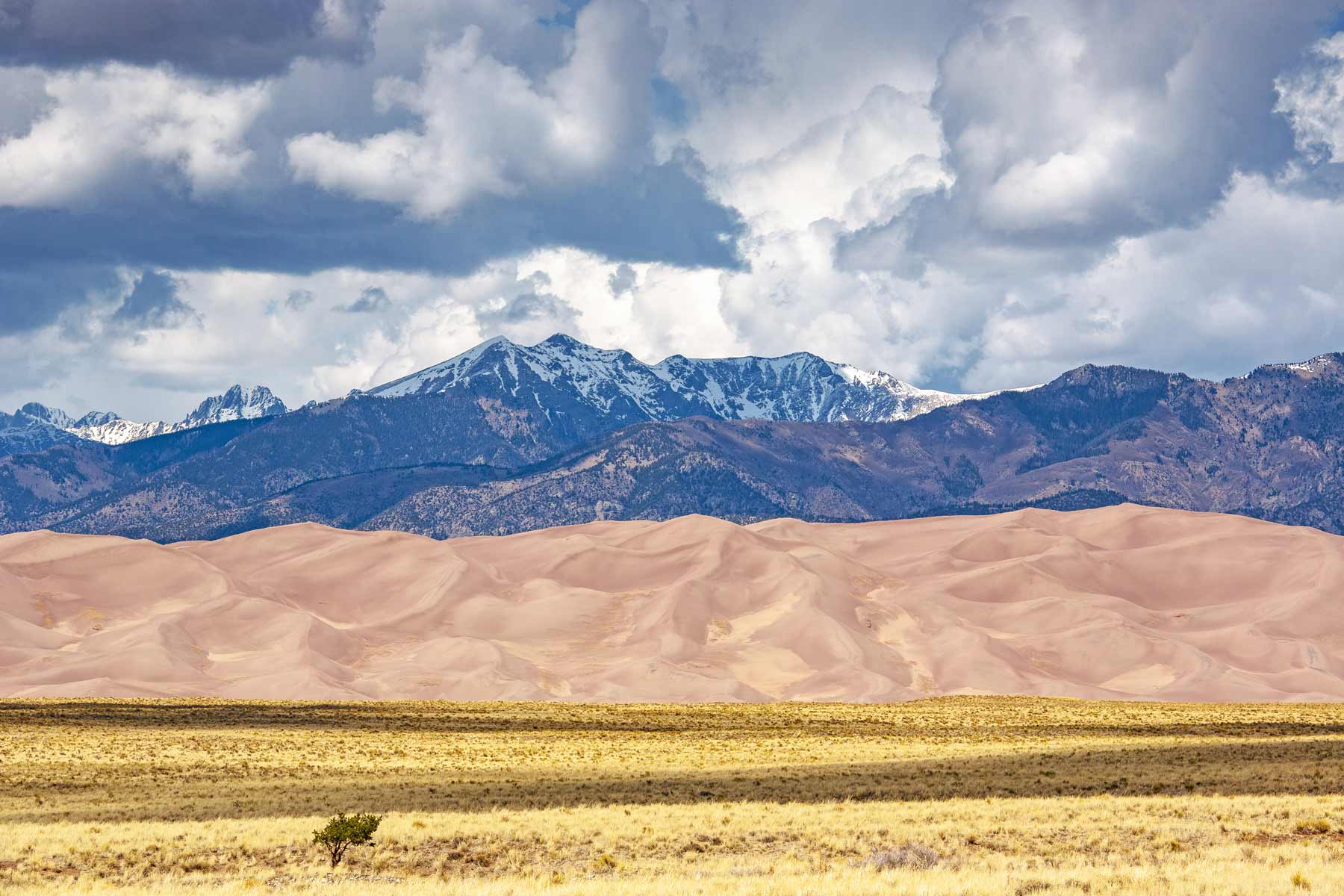
28. Great Smoky Mountains National Park
Location: Tennessee
Established: June 15, 1934
Size: 522,426.88 acres
Visitation: 14,161,548 (2021) #1 Most Visited
My Favorite Resources: Map / Guidebook / Guide / Things to Do / Where to Stay / Video
Things To Do: Cades Cove, Clingman’s Dome, Wildlife Viewing
About This National Park
Though Great Smoky Mountains is the most-visited national park in the United States, it’s important to note that some of this “visitation” is due to the park having no entrance fees or stations and being home to a highway that serves as a busy commuter corridor.
In reality, apart from the summer and any time in the Cades Cove area – which can see serious crowding, the park is actually not too terribly crowded and it can be quite easy to find yourself on a trail with no one around – if you know where to go.
Great Smoky Mountains National Park is flush with amenities like visitors centers and campgrounds and, thanks to the nearby towns of Gatlinburg and Pigeon Forge, has plenty of food and lodging opportunities.
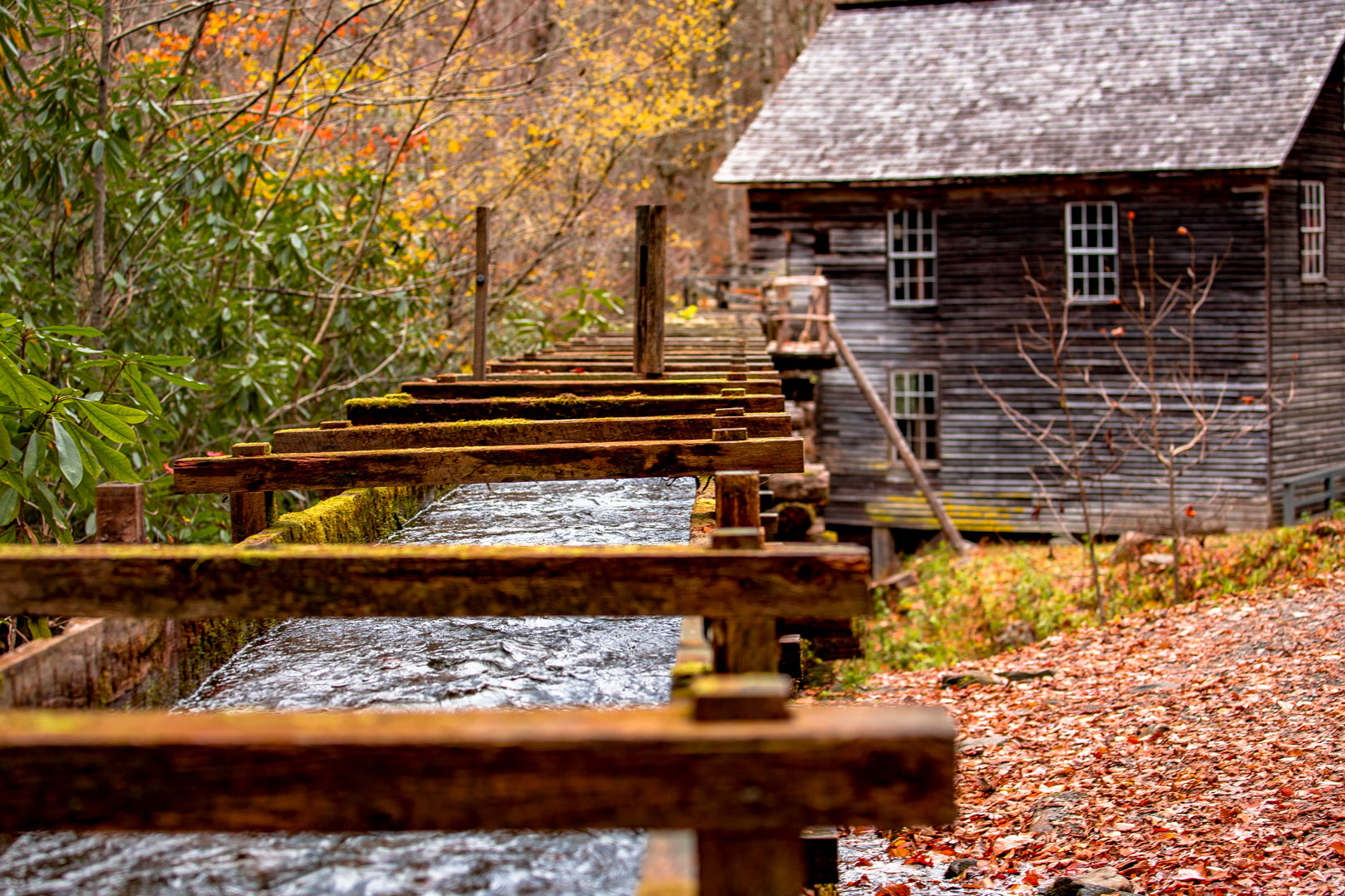
29. Guadalupe Mountains National Park
Location: Texas
Established: October 15, 1966
Size: 86,367.10 acres
Visitation: 243,291 (2021)
Resources: Map
Things To Do: Guadalupe Peak, Salt Basin Dunes, Devil’s Hall Trail
About This National Park
The second of two Texas parks, both in size and scenery, Guadalupe Mountains still has a lot to offer. Impressive high country desert landscapes, a diversity of wildlife (even the rare Mexican black bear), and no crowds to speak of. Perfect, right?
Almost – accessibility is an issue here as it is kinda out in the middle of nowhere. While not quite as remote as its sister Texas park, Big Bend, it’s still a long drive to get there.
The good news is that it’s right next to Carlsbad Caverns and not too far (3 hours) from White Sands. Sounds like the makings of a great national parks road trip!
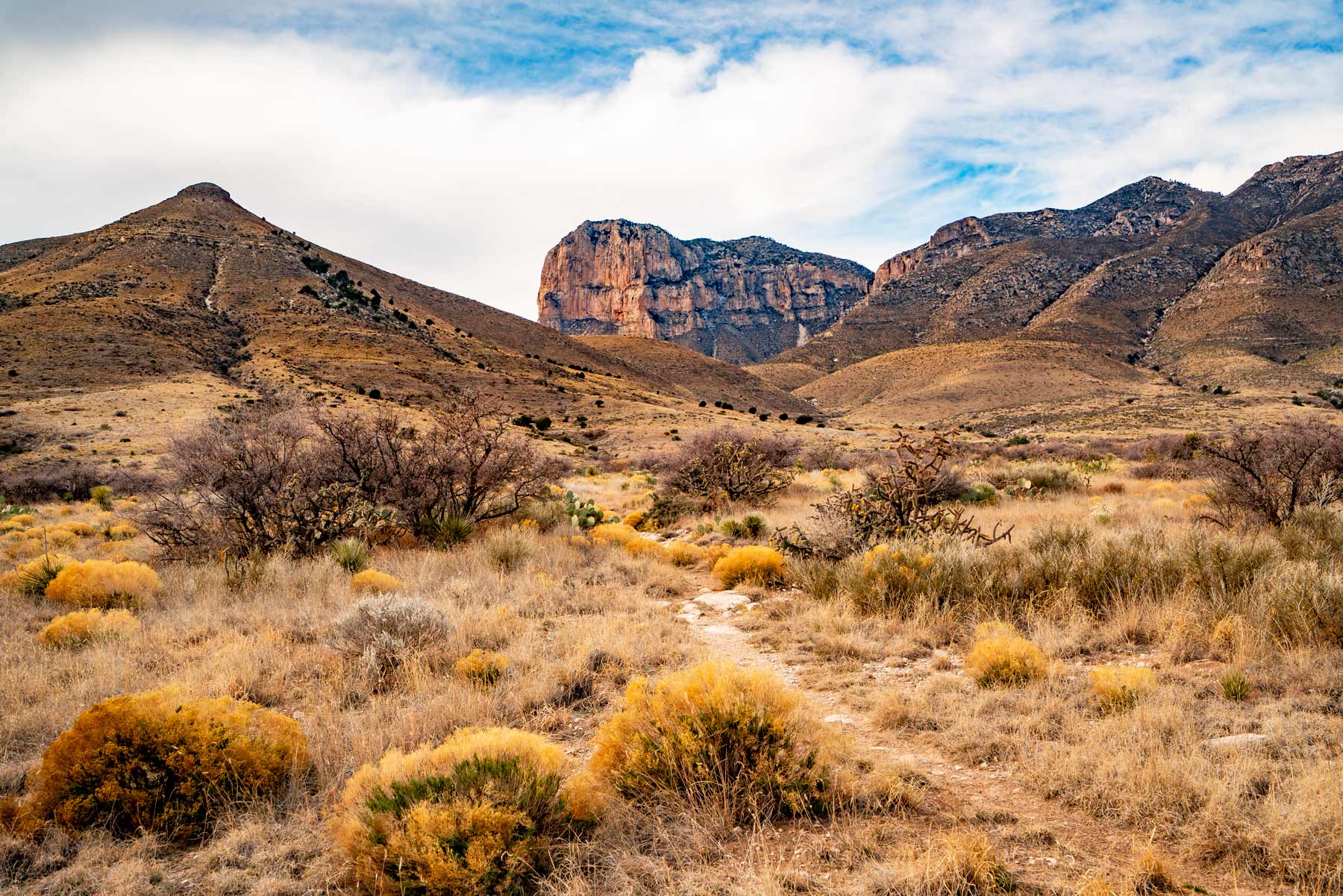
30. Haleakala National Park
Location: Hawaii
Established: July 1, 1961
Size: 33,264.62 acres
Visitation: 853,181 (2021)
Our Favorite Resources: Guide / Things to Do / Guidebook / Map / Where to Stay / Video
Things To Do: Haleakala Crater, Waimoku Falls, Pipiwai Trail
About This National Park
Located on the island of Maui, this tropical national park is a feast for the eyes with two main areas to explore.
The crater is all the rage and has been deemed “the greatest sunrise in the national parks” by many… if you can beat the crowds (which are substantial and require a reservation) and get lucky with the weather.
The other section is the more tropical side (near Hana) with jaw-dropping waterfalls, ocean, palm trees, and rain forest.

31. Hawai’i Volcanoes National Park
Location: Hawaii
Established: August 1, 1916
Size: 325,605.28 acres
Visitation: 1,262,747 (2021)
Our Favorite Resources: Guide / Map / Guidebook / Things to Do / Where to Stay / Video
Things To Do: Crater Rim Road, Thurston Lava Tube, Kilauea Crater
About This National Park
Hawaii’s flagship national park, Hawai’i Volcanoes used to encompass Haleakala National Park on the neighboring island of Maui as well.
Despite that subtraction, the place is otherworldly (very mars-esque) and presents a rare opportunity to see lava (or at least its effects depending on whether it’s active during your visit) up close.
This park is always changing as eruptions over the past few decades have both created and destroyed park attractions. The Thurston Lava tube is amazing to hike through and the tropical birds that can be viewed here are rare and beautiful.
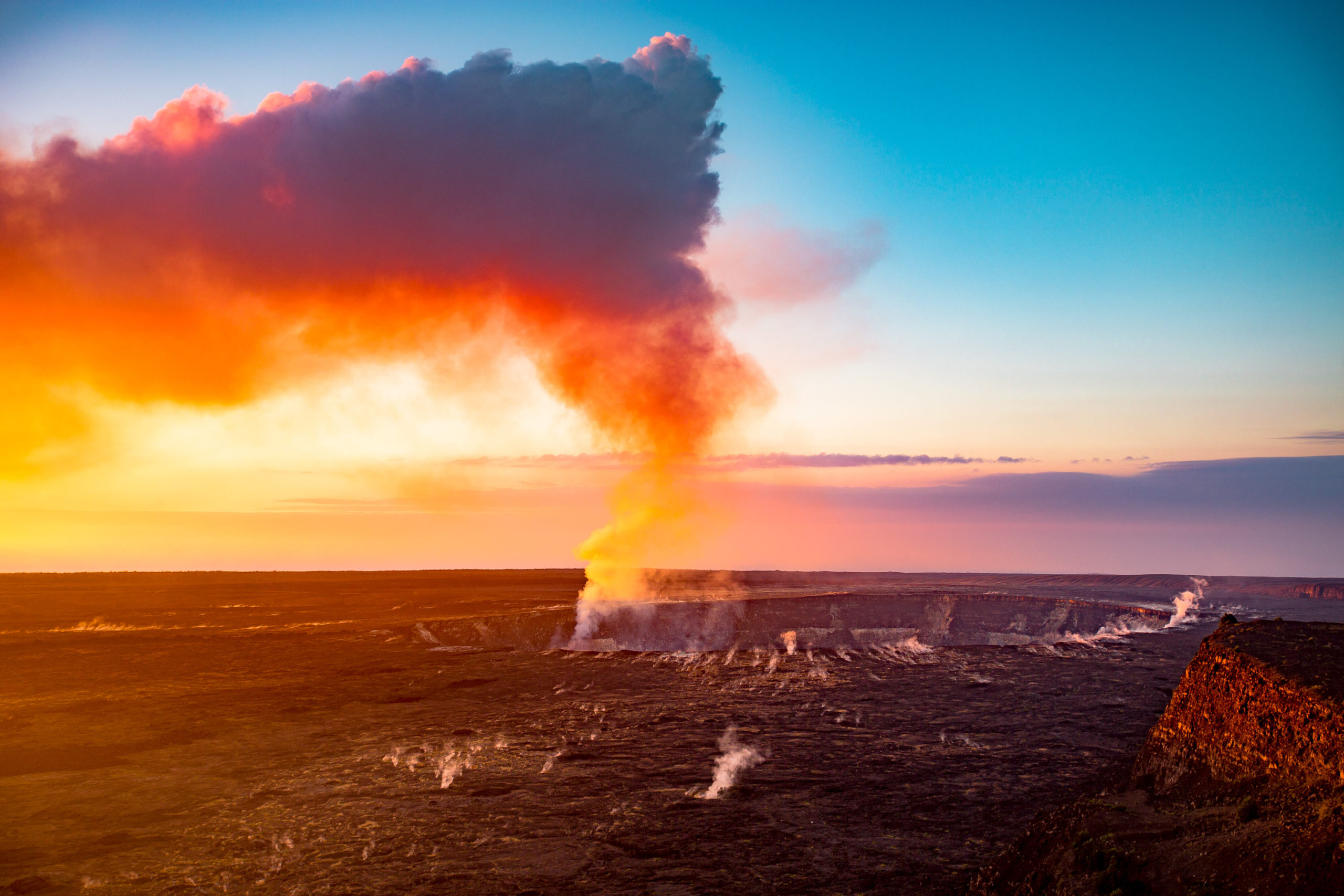
32. Hot Springs National Park
Location: Arkansas
Established: March 4, 1921
Size: 5,554.15 acres
Visitation: 2,162,884 (2021)
Things To Do: Bathhouse Row, Display Spring, Grand Promenade
About This National Park
While this site should definitely be protected, featuring some really great historical and natural areas, are we sure the full “National Park” designation is the right one for Hot Springs?
In our estimation it seems it would be perfect for a National Historic Park designation or perhaps even a National Monument designation.
It’s definitely worth a visit if you’re in the area but were it not for a recent addition to the national park system it would rank at the bottom of our list.

33. Indiana Dunes National Park
Location: Indiana
Established: February 15, 2019
Size: 15,349.08 acres
Visitation: 3,177,210 (2021)
Things To Do: Dunes Succession Trail, Portage Lakefront & Riverwalk, Birding
About This National Park
We can now have a day on the beach in the great lakes *in* a national park – about time, right? Indiana Dunes is a really cool spot and one of the most recent additions to the NPS system.
While not quite on the level of most of the other parks in terms of scenery it’s still a great place to see!

34. Isle Royale National Park
Location: Michigan
Established: April 3, 1940
Size: 571,790.30 acres
Visitation: 25,844 (2021)
Resources: Map
Things To Do: Ferry Ride, Rock Harbor, Scoville Point
About This National Park
Clocking in as one of the least visited parks in the entire system (including the Alaska parks), Isle Royale is a place often overlooked by park-goers.
Its Location:, a network of 450 islands (mostly very small) out in Lake Superior, makes it difficult to get to.
The fact that you cannot drive to the park seems to serve as quite the deterrent to visitors. Getting to the main island requires a 2 hour ferry ride (the shortest route) and costs $60-100 per passenger.
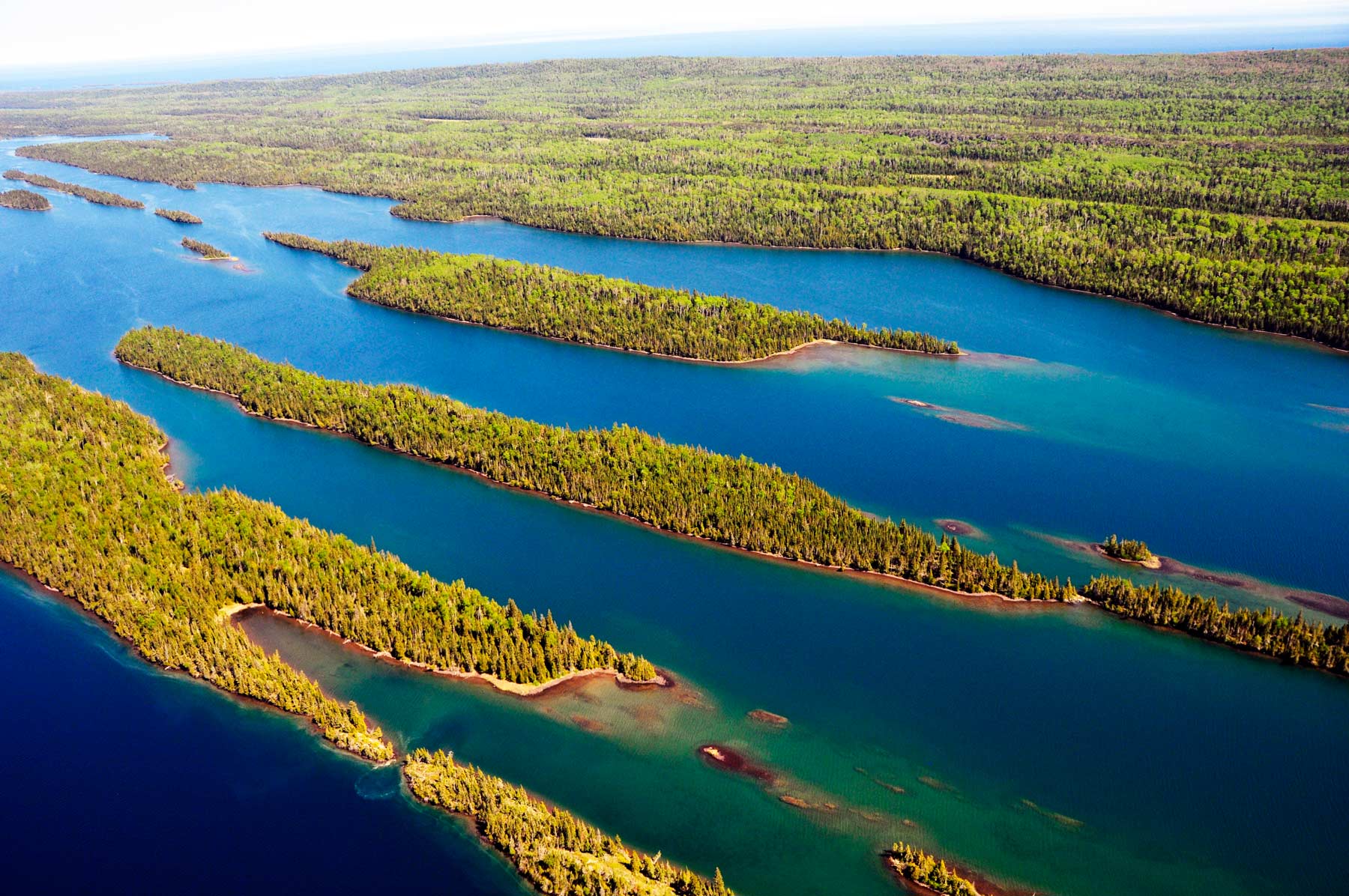
35. Joshua Tree National Park
Location: California
Established: October 31, 1994
Size: 795,155.85 acres
Visitation: 3,064,400 (2021)
Our Favorite Resources: Guide / Hikes / Things to Do / Map / Guidebook / Where to Stay / Video
Things To Do: Warren Peak, Cholla Cactus Garden, Jumbo Rocks
About This National Park
Oh Joshua Tree. Has any park been more idolized by musicians and pop-culture? What was once thought of as an interesting other-worldly filming Location: for old Hollywood television productions like Star Trek, is now every budding artist’s pilgrimage for photo shoots and experimental…well, anyway.
Watercolor sunsets and night skies teeming with stars, fairy tale trees and giant boulder piles, warm desert air and endless vistas, these are the hallmarks of this iconic southwestern destination.
Alas, through all of its publicity Joshua Tree has not lost any of its beauty, and despite its crowds still provides plenty of space to explore its magical desert landscapes.
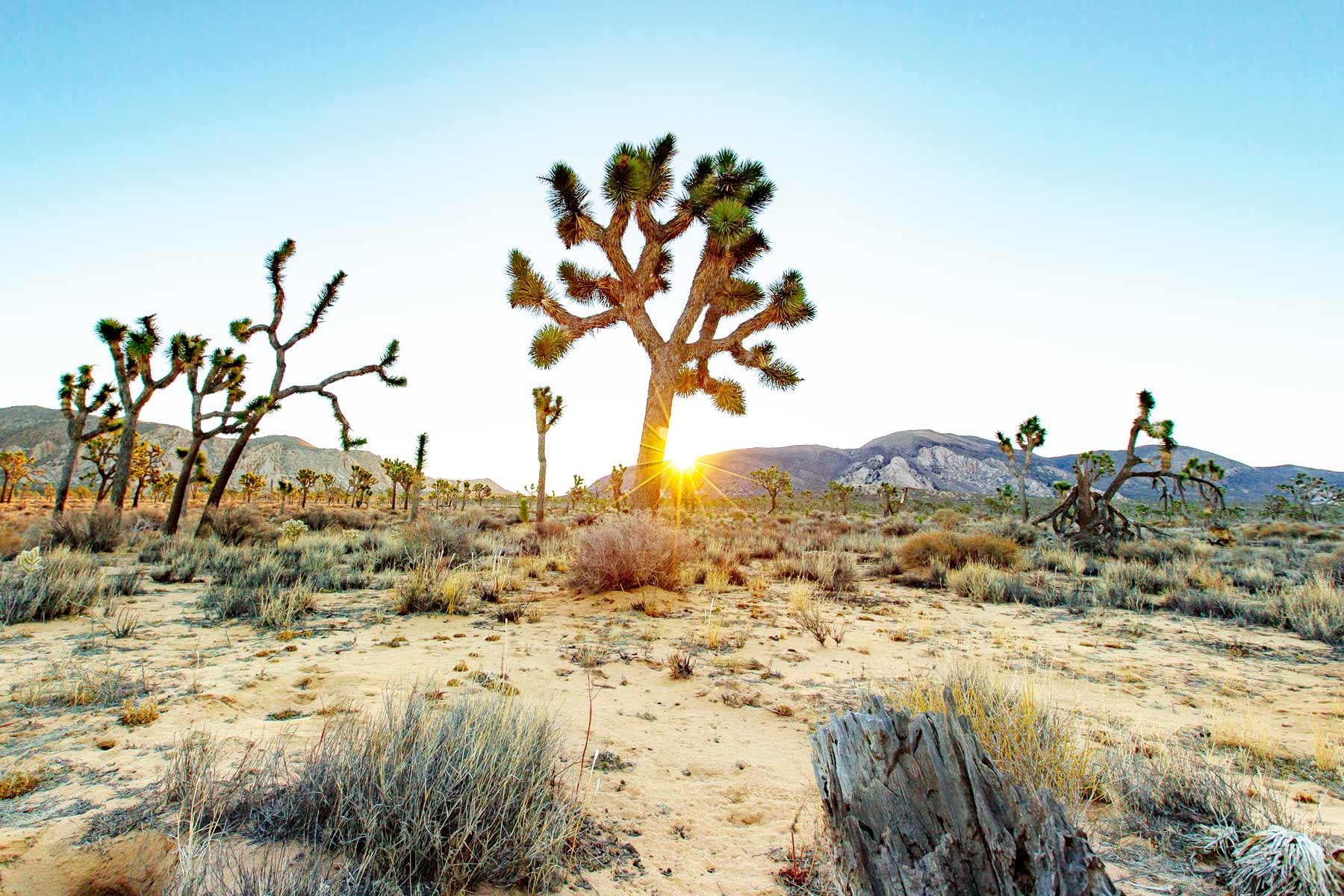
36. Katmai National Park
Location: Alaska
Established: December 2, 1980
Size: 3,674,529.33 acres
Visitation: 24,764 (2021)
Things To Do: Bear Viewing, Valley of Ten Thousand Smokes, Flightseeing
About This National Park
We’ve all seen the famous bearcam of the grizzlies hunting salmon at Brooks Falls, and we all want to see that in person (safely behind the plexiglass viewing area) along with the countless other hard-to-fathom landscapes that exist within this amazing park.
The fact of the matter is that it just ain’t easy (or cheap) to do so. Getting to Katmai typically requires multiple flights and thousands of dollars which puts it squarely out of reach for most Americans.
Accessing Katmai National Park is expensive. There are no roads that lead into the park which means getting to Katmai requires a flight (and we’re not talking a standard commercial flight).
Brooks Falls Bear Watching – The world famous Katmai National Park bear camera resides at Brooks Falls. Getting to Brooks Falls is not cheap requiring yet another non-commercial flight.
From King Salmon it the cost to Brooks Falls is around $300. Once here, behold the best bear viewing on the planet via a safe viewing platform.
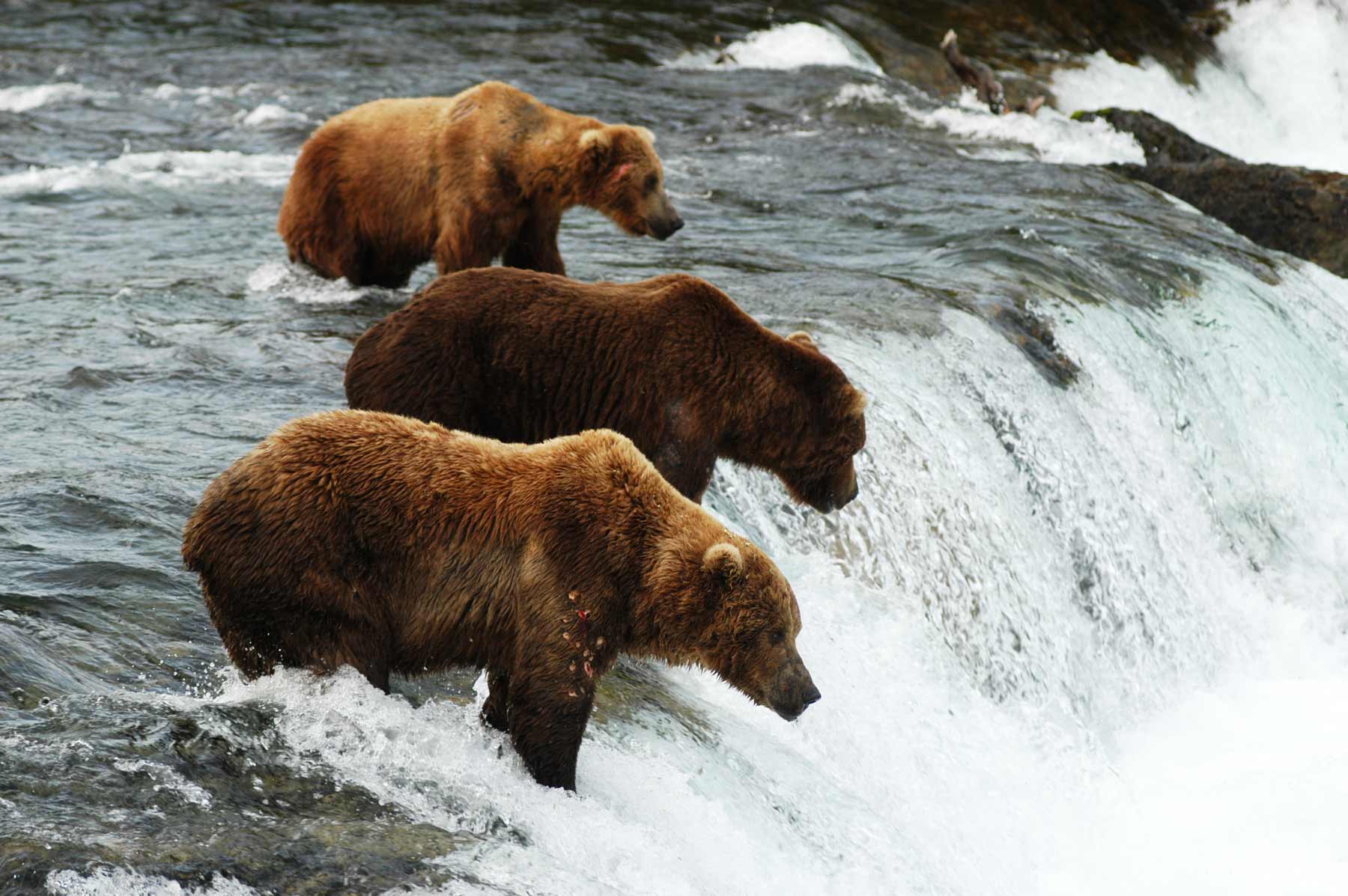
37. Kenai Fjords National Park
Location: Alaska
Established: December 2, 1980
Size: 669,650.05 acres
Visitation: 411,782 (2021)
My Favorite Resources: Map / Guidebook
Things To Do: Exit Glacier, Harding Ice Field, Boat Tour
About This National Park
Kenai Fjords is perhaps the most accessible of Alaska’s national parks. Unlike most other national parks in Alaska, there is actual driving in the park (however limited) that allows access to hiking trails.
There’s also regular boat tours out of Seward that take visitors by many of the most breathtaking areas and sites. Couple that with its close proximity to the major city of Anchorage with regular commercial flights and we’ve got ourselves a real winner.
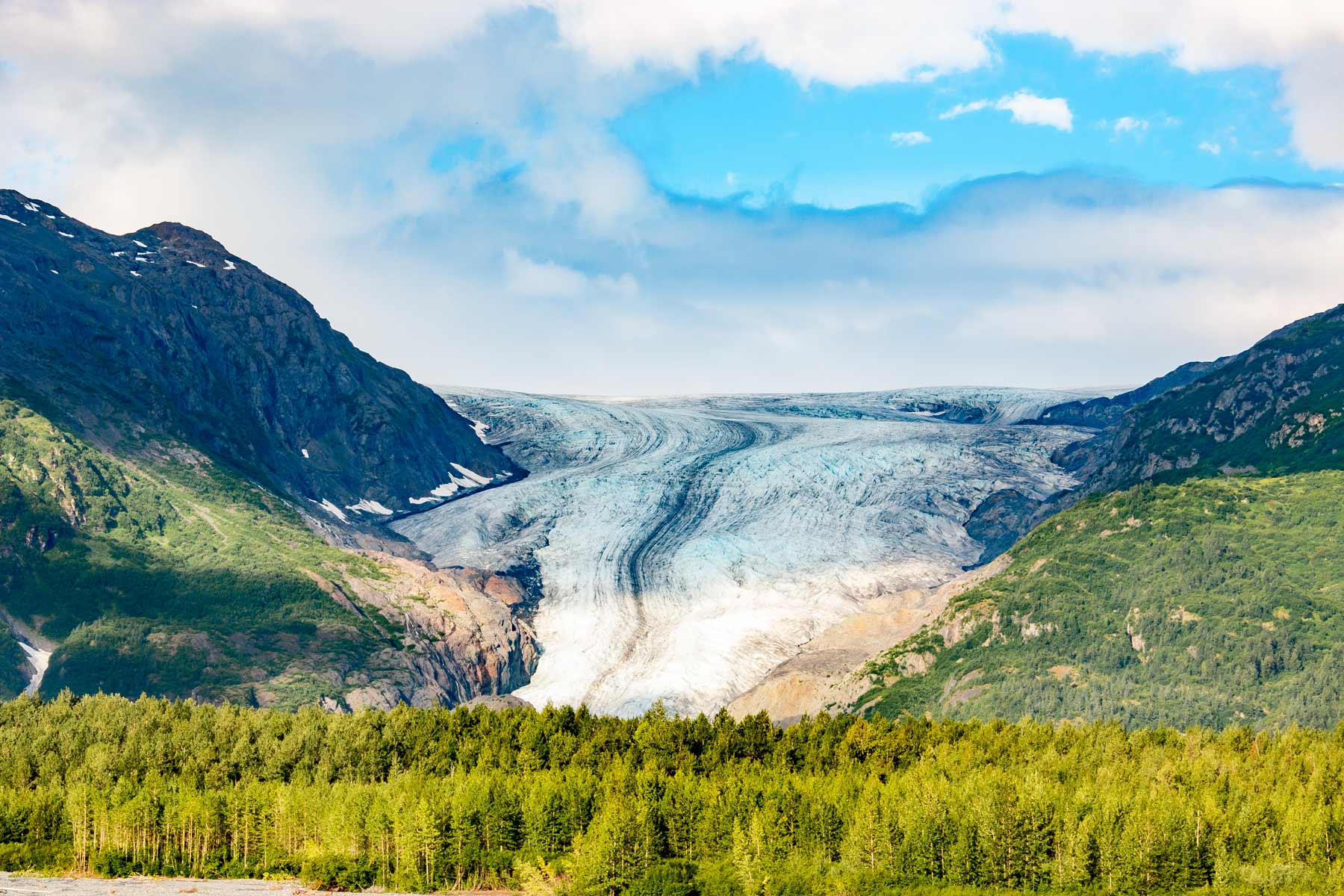
38. Kings Canyon National Park
Location: California
Established: March 4, 1940
Size: 461,901.20 acres
Visitation: 562,918 (2021)
Our Favorite Resources: Facts | General Grant Tree
Things To Do: General Grant Tree, Generals Highway, Backpacking
About This National Park
Located directly adjacent to Sequoia National Park and featuring similar scenery (the second largest tree on the planet lives here) and even a similar lodge. Kings Canyon is a backpackers paradise with some incredible access to the High Sierras.
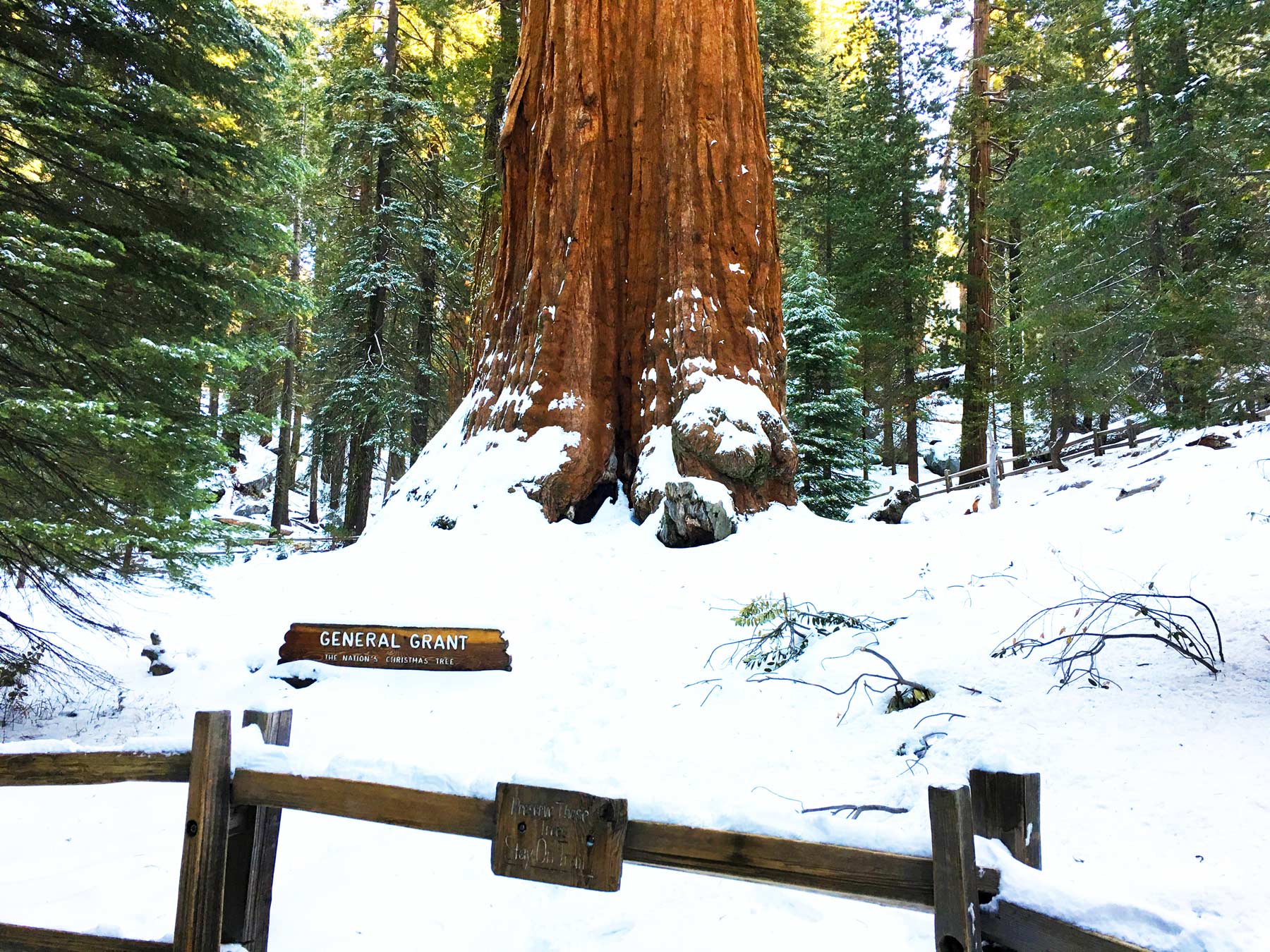
39. Kobuk Valley National Park
Location: Alaska
Established: December 2, 1980
Size: 1,750,716.16 acres
Visitation: 11,540 (2021)
Resources: Guide
Things To Do: Flightseeing, Guided Tours
About This National Park
Kobuk Valley is a jaw-droppingly beautiful place that is nearly impossible for the average person to get to.
Getting into the park requires multiple flights, a guide (to do it safely), and thousands of dollars.
It seems to us this park would have been more fitting for a wilderness designation than a National Park but we’re thankful it’s been preserved in any event.
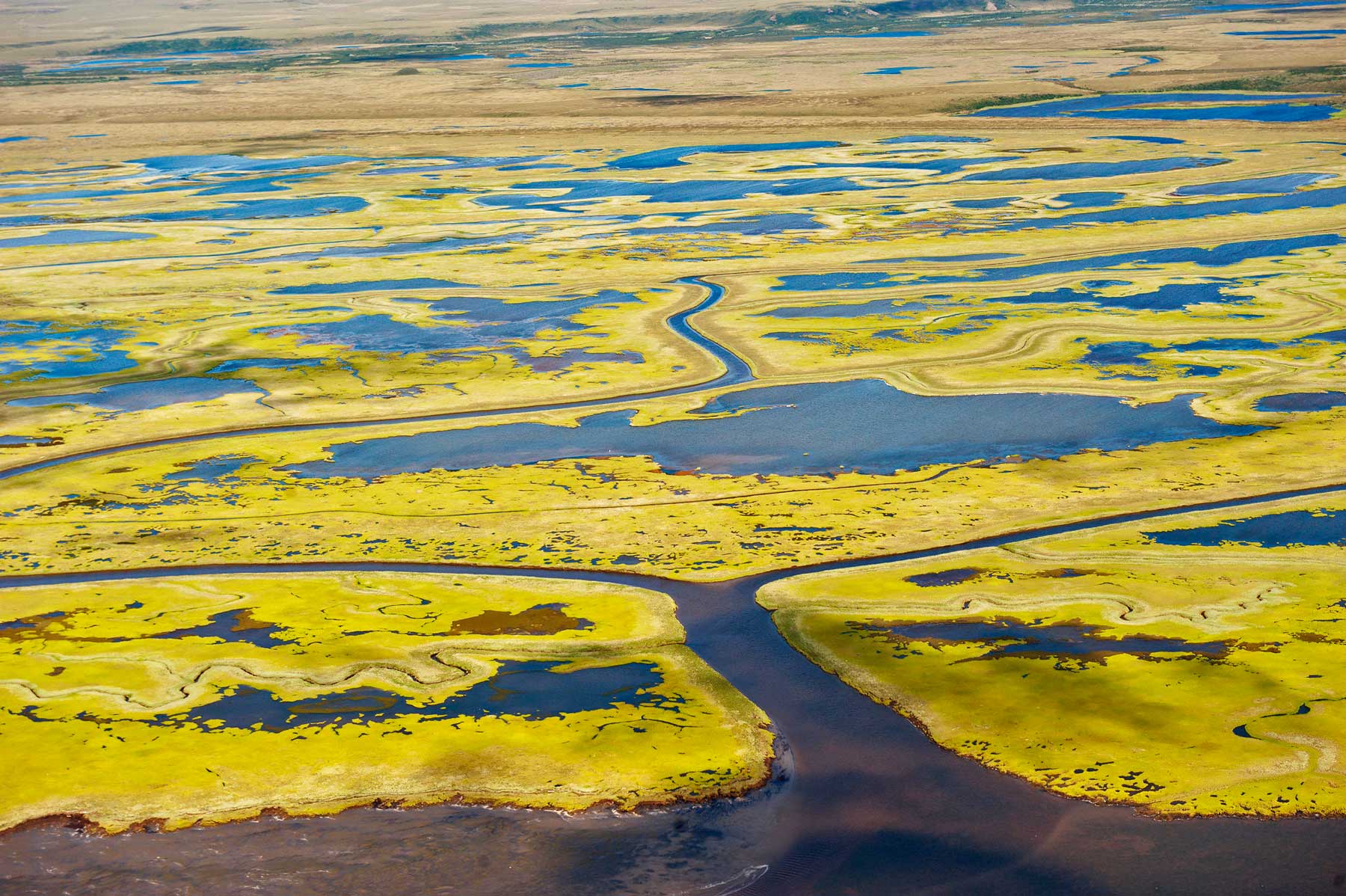
40. Lake Clark National Park
Location: Alaska
Established: December 2, 1980
Size: 2,619,816.49 acres
Visitation: 18,278 (2021)
Our Favorite Resources: Guide | Map
Things To Do: Wildlife Viewing, Fishing, Flightseeing
About This National Park
Lake Clark is home to some of the most extraordinary landscape scenery on the planet. Add in the vast array of wildlife present in the park and you’ve got a real home run.
The only problem, as is the case with most of the Alaska parks, is getting there.
Getting to Lake Clark, while not quite as difficult as Gates of the Arctic or Kobuk Valley, is still pretty darn tough. Visitors must take a seasonal ferry or small plane to reach jumping off points into the park.
The cost for all this? Substantial.
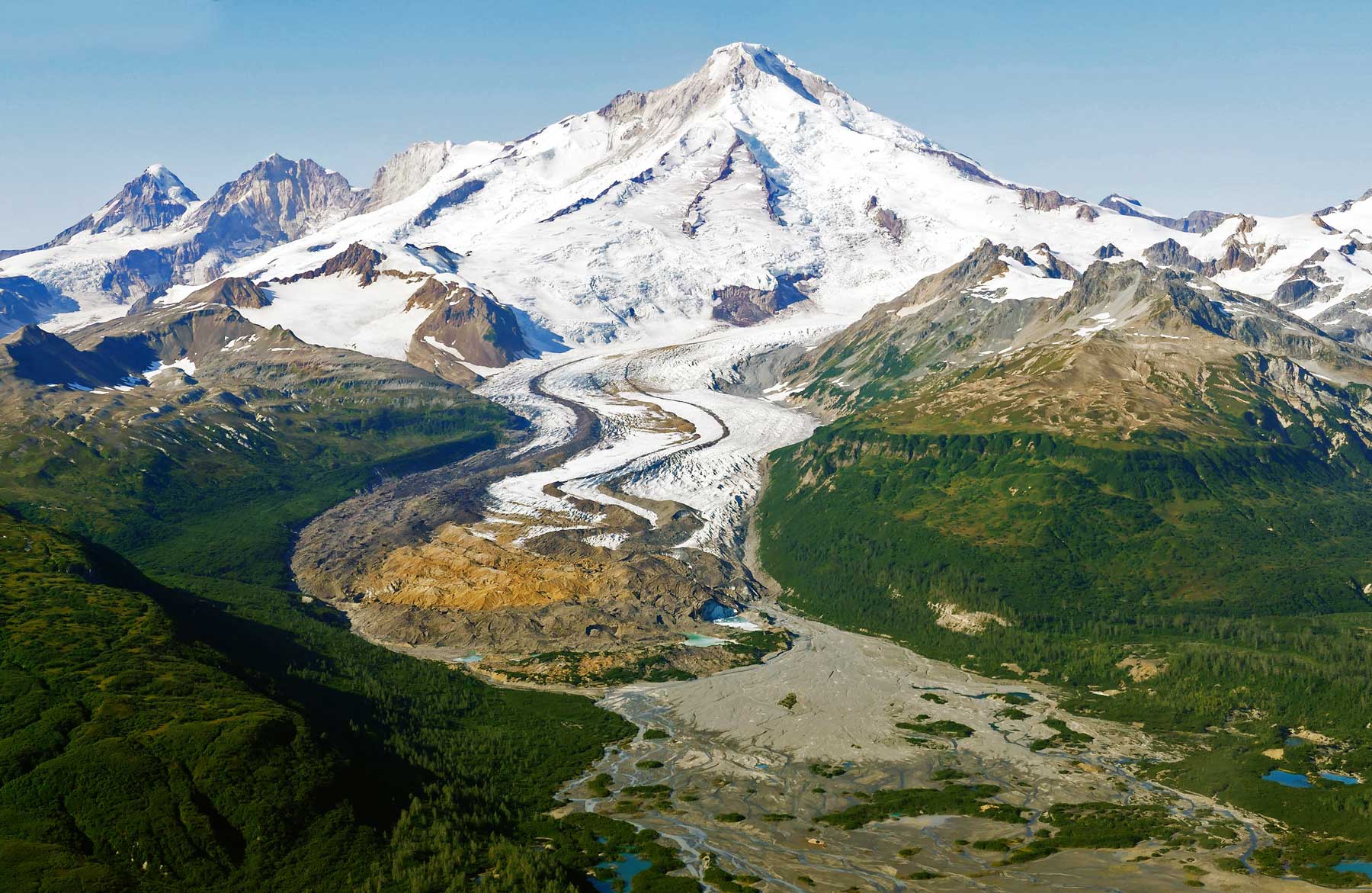
41. Lassen Volcanic National Park
Location: California
Established: August 9, 1916
Size: 106,589.02 acres
Visitation: 359,635 (2021)
Resources: Map
Things To Do: Bumpass Hell, Manzanita Lake, Devastated Area
About This National Park
We liken Lassen to a Yosemite meets Yellowstone. Situated just below the mighty volcanic Cascade Range and at the northern tip of the Sierra Nevadas, this park features some otherworldly scenery.
Thermal works here in an area known as Bumpass Hell rival some of those you can find in Yellowstone.
Throw in some stunning alpine lakes, sugar pine forests, and purple mountain majesty and you’ve got a general feeling for the place. The catch here is distance from a major airport or conveniences.
It’s a bit out there. Wildfires and crowding in the summer are also growing threats.
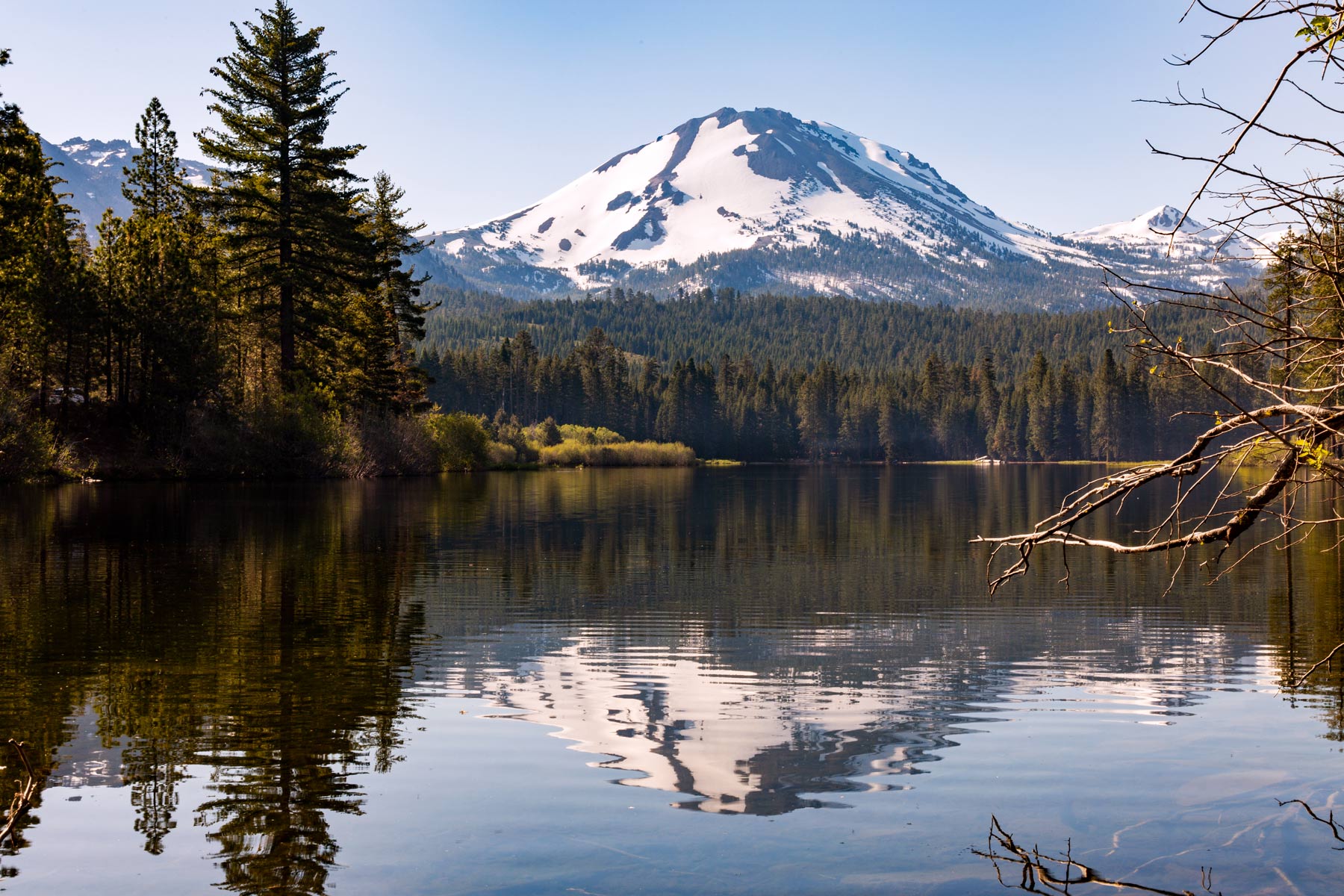
42. Mammoth Cave National Park
Location: Kentucky
Established: July 1, 1941
Size: 54,016.29 acres
Visitation: 515,774 (2021)
Resources: Map
Things To Do: Cave Tours
About This National Park
The longest known cave system is Kentucky’s only national park and it is a true gem.
While the scenery here is a bit one-dimensional it is indeed grand. Mammoth Cave is one of the eastern United States’ few parks and is certainly worth a visit if you’re in the area.

43. Mesa Verde National Park
Location: Colorado
Established: June 29, 1906
Size: 52,485.17 acres
Visitation: 548,477 (2021)
Resources: Map | Where to Stay
Things To Do: Cliff Palace, Long House, Balcony House
About This National Park
Mesa Verde is a budding archaeologists’ dream national park. Ancient pueblo dwellings and ruins are beautifully preserved in this remote desert park.
Located in the southwest corner of Colorado this park is out there but totally worth a trip if you’re in the area.

44. Mount Rainier National Park
Location: Washington
Established: March 2, 1899
Size: 236,381.64 acres
Visitation: 1,670,063 (2021)
My Favorite Resources: Map / Guidebook / Hikes / Things to Do / Paradise / Facts / Where to Stay
Things To Do: Mt Fremont Lookout, Skyline Trail, Pinnacle Peak
About This National Park
We could justify, Mount Rainier’s position as the number three best national park on this list, but we think John Muir did it much better when he called it,
“The most luxuriant and the most extravagantly beautiful of all the alpine gardens I ever beheld in all my mountain-top wanderings”.
This most heavily glaciated peak in the contiguous US is downright mesmerizing.
Similar to the feeling one gets when looking into the Grand Canyon, you can gaze upon this mountain for hours without fathoming what exactly you’re looking at.
This park has so much more to offer than the magnificently glaciated mountain surrounded by carpets of the most beautiful wildflowers you’ve ever seen.
It has vast old growth forests, clear blue rivers, abundant wildlife, countless vistas, and so many wonderful hiking opportunities.
Summer crowds can be troublesome and wildfires seem to be more present with each passing year, but plan accordingly and you’ll be amazed by this immensely beautiful national park.

For some amazing Mt. Rainier facts including the time a guy landed a plane on the summit, check out our post: 10+ (AMAZING) Mount Rainier National Park Facts You Probably Didn’t Know.
45. New River Gorge National Park
Location: West Virginia
Established: December 27, 2020
Size: 7,021 acres
Visitation: 1,682,720 (2021)
Things To Do: Rafting, Long Point Trail, Bridgewalk
About This National Park
America’s newest National Park is West Virginia’s first and it’s a beauty! New River Gorge has lots of great recreational opportunities including rafting, kayaking, fishing, canoeing, hiking, and more.
The fall foliage here is magnificent with bright reds, oranges, and yellows filling the gorge.
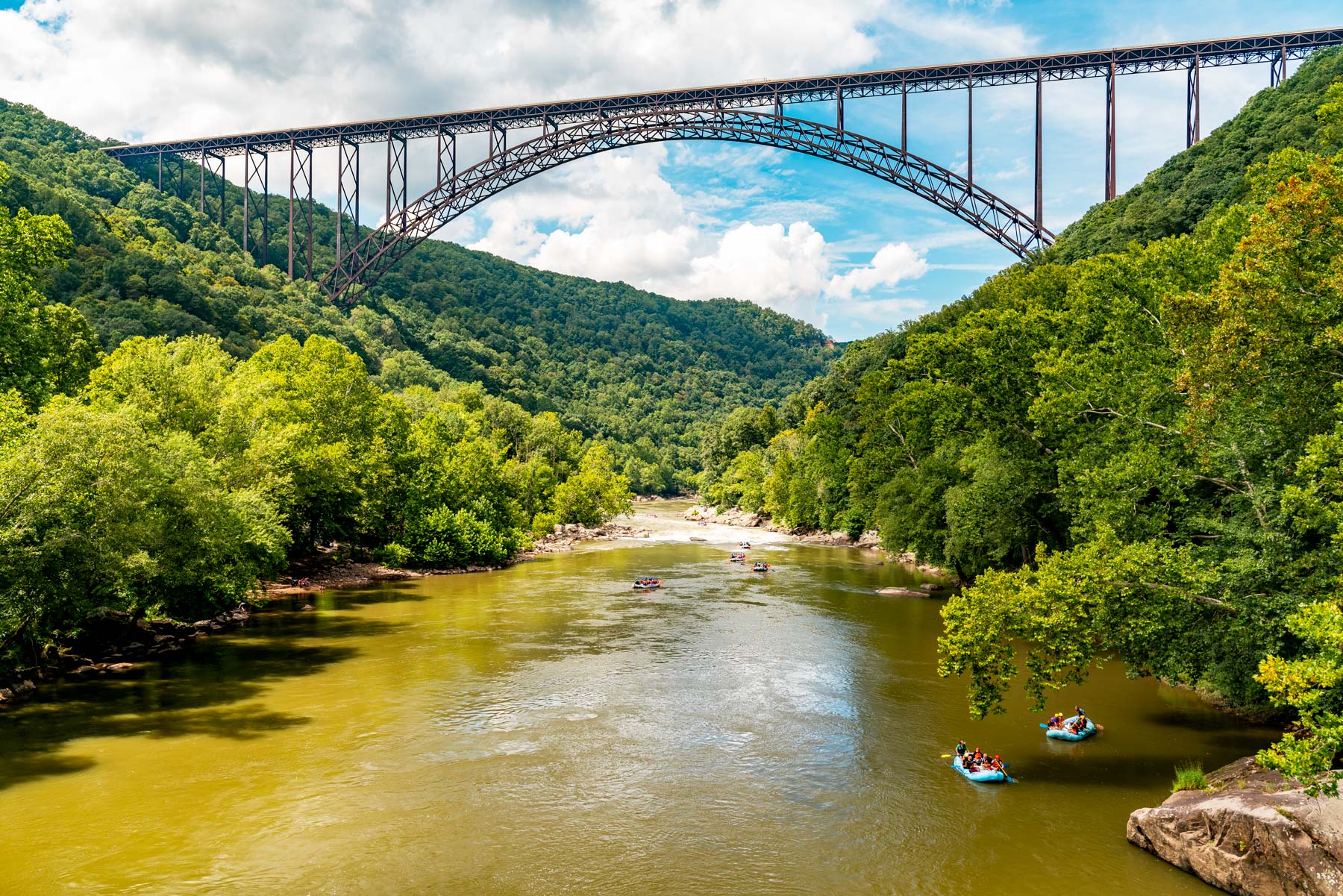
46. North Cascades National Park
Location: Washington
Established: October 2, 1968
Size: 504,780.94 acres
Visitation: 17,855 (2021)
My Favorite Resources: Map / Guidebook / Where to Stay / Things to Do / Best Hikes
Things To Do: Diablo Lake, Maple Pass, Blue Lake
About This National Park
Referred to by some as the “American Alps” with mountain beauty that rivals any range on the planet, North Cascades is the crown jewel of the mighty cascade range.
One of three Washington state national parks, North Cascades is the least visited, the most difficult to access all around, and perhaps the most rewarding for those who dare.
A backpackers paradise to be sure, but it’s just not very approachable for the average national park/outdoors enthusiast. For that reason we had to dock it on amenities as there really aren’t any.
That said, the park’s interior is absolutely stunningly beautiful as a simple Google image search will show you, and its lack of crowds and backcountry offerings are a major plus. If you’re interested in getting off the beaten path and seeing some amazing scenery, here’s your chance.
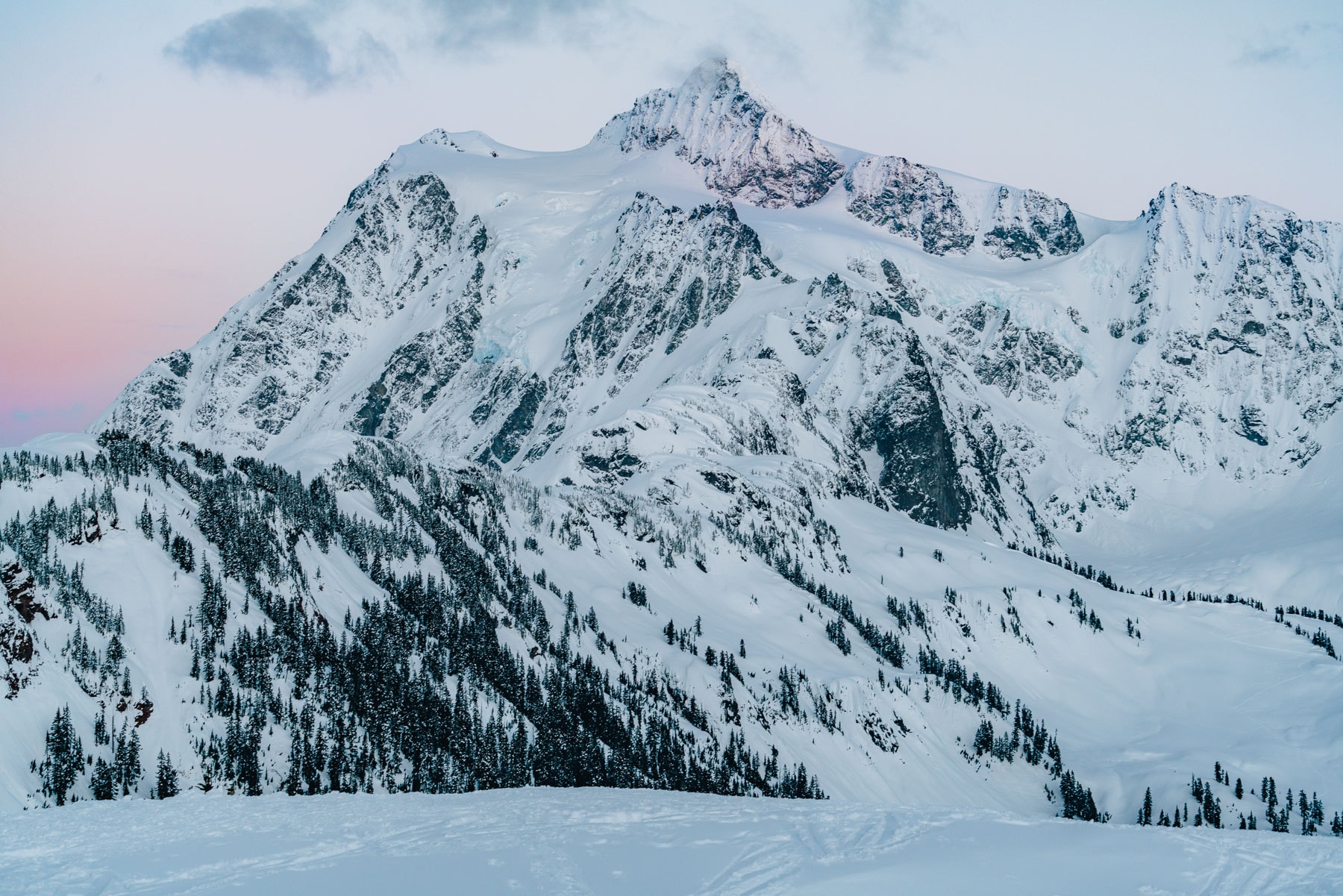
47. Olympic National Park
Location: Washington
Established: June 29, 1938
Size: 922,649.41 acres
Visitation: 2,718,925 (2021)
My Favorite Resources: Guide / Map / Guidebook / Things to Do / Hikes / Where to Stay / Video
Things To Do: Ruby Beach, Hurricane Ridge, Hoh Rainforest
About This National Park
Olympic National Park is the most diverse national park in America, hands down.
This park has everything from lowland forests, striking mountain ranges, pristine alpine lakes, sparkling rivers, temperate rain forests (the largest in the lower 48), iconic wildlife, and over 50 miles of wild coastline!
Oh, and it’s a stones throw from Seattle! Olympic National Park truly has it all and without the crowds that have become so insidious in other US national parks in recent years – which is why this Pacific Northwest gem is ranked the best national park in America.

48. Petrified Forest National Park
Location: Arizona
Established: December 9, 1962
Size: 221,390.21 acres
Visitation: 590,334 (2021)
Resources: Guidebook | Where to Stay
Things To Do: Blue Mesa, Painted Desert, Crystal Forest Trail
About This National Park
Petrified Forest holds a special place in our hearts as the first national park we ever visited and the place where we fell in love with America’s public lands.
Upon arriving you’ll be dazzled by blue mesas, striped hills, petroglyphs, and the most beautiful collection of rocks (petrified wood – leave it there) we have ever seen. Oh and no crowds!
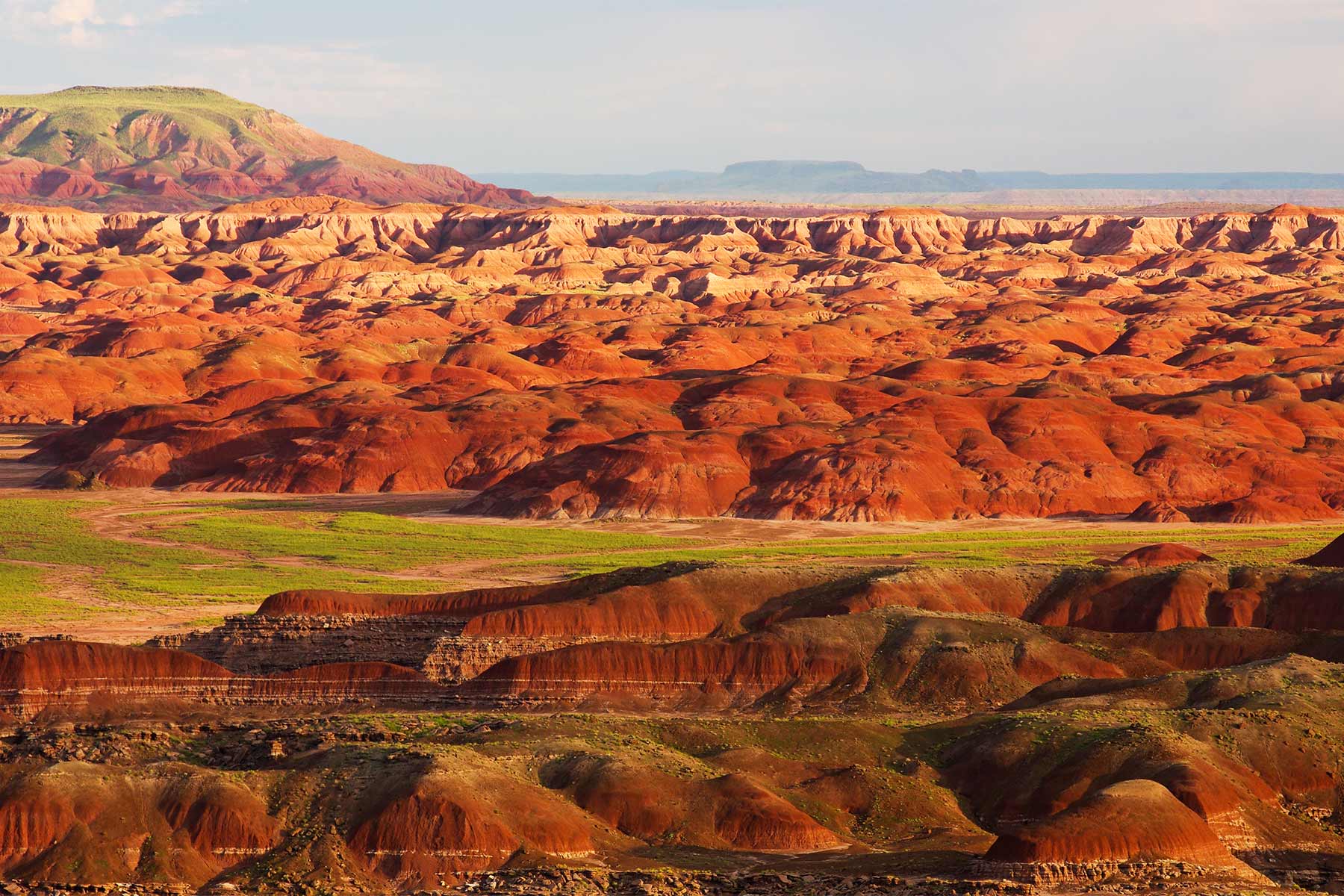
49. Pinnacles National Park
Location: California
Established: January 10, 2013
Size: 26,685.73 acres
Visitation: 348,857 (2021)
Our Favorite Resources: Things to Do
Things To Do: Bear Gulch, Condor Viewing, Climbing
About This National Park
This will likely be one the national parks on this ranked list that moves up in the years to come as infrastructure fills out.
The most recent addition of the California National Parks is a beauty featuring some lovely dry mountain scenery, caves exploration, condor viewing, and lots of great rock climbing opportunities.
With that being said, hiking is the main activity in the park and there’s plenty of it. A great time to check out the park is in the spring when the wildflowers are blooming.
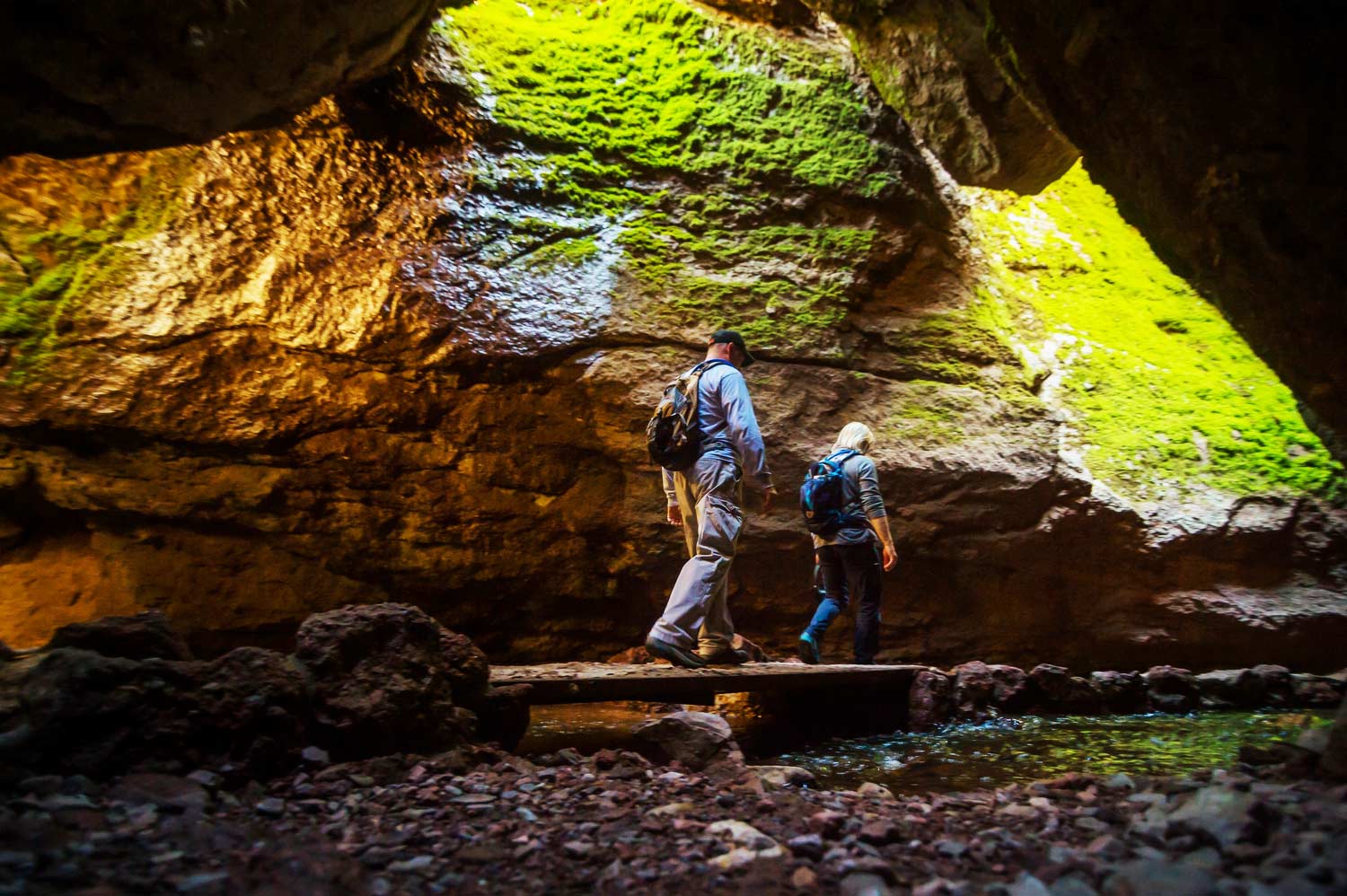
50. Redwood National Park
Location: California
Established: October 2, 1968
Size: 138,999.37 acres
Visitation: 435,879 (2021)
Resources: Things to Do / Guide / Map / Guidebook / Where to Stay / Video / Photos
Things To Do: Stout Grove, Lady Bird Johnson Grove, Avenue of the Giants
About This National Park
Redwood’s misty forests, wild coastline, pristine streams, and valleys teeming with wildlife are one of the best kept “secrets” in the national park system.
Forty miles of wild and rugged coastline where whales swim and elk roam are more than enough to take your breath away.
Waterfalls and clear blue streams rush against a backdrop of vivid green ferns. The tallest trees in the world soar to unimaginable heights all around you and command your awed gaze.
Yes, here in Redwood National Park you’ll be forgiven if you start to think you’re another planet, like say Endor…

51. Rocky Mountain National Park
Location: Colorado
Established: January 26, 1915
Size: 265,807.24 acres
Visitation: 4,434,848 (2021)
Our Favorite Resources: Guide / Map / Guidebook / Hikes / Things to Do / Where to Stay / Video
Things To Do: Elk Viewing | Dream, Nymph, Emerald Lakes Trail | Trail Ridge Road
About This National Park
Tucked into the heart of Colorado’s Front Range, Rocky Mountain National Park spans more than 400 square miles of breathtaking mountain scenery and ranks in our top 10 best national parks in the US.
This national park is considered by many to be the crown jewel of the American Rockies and it’s no wonder why.
Rocky Mountain is home to an incredible diversity of wildlife including elk, moose, bighorn sheep, beaver, deer, black bear, eagles, marmots, mountain lions, and so much more.
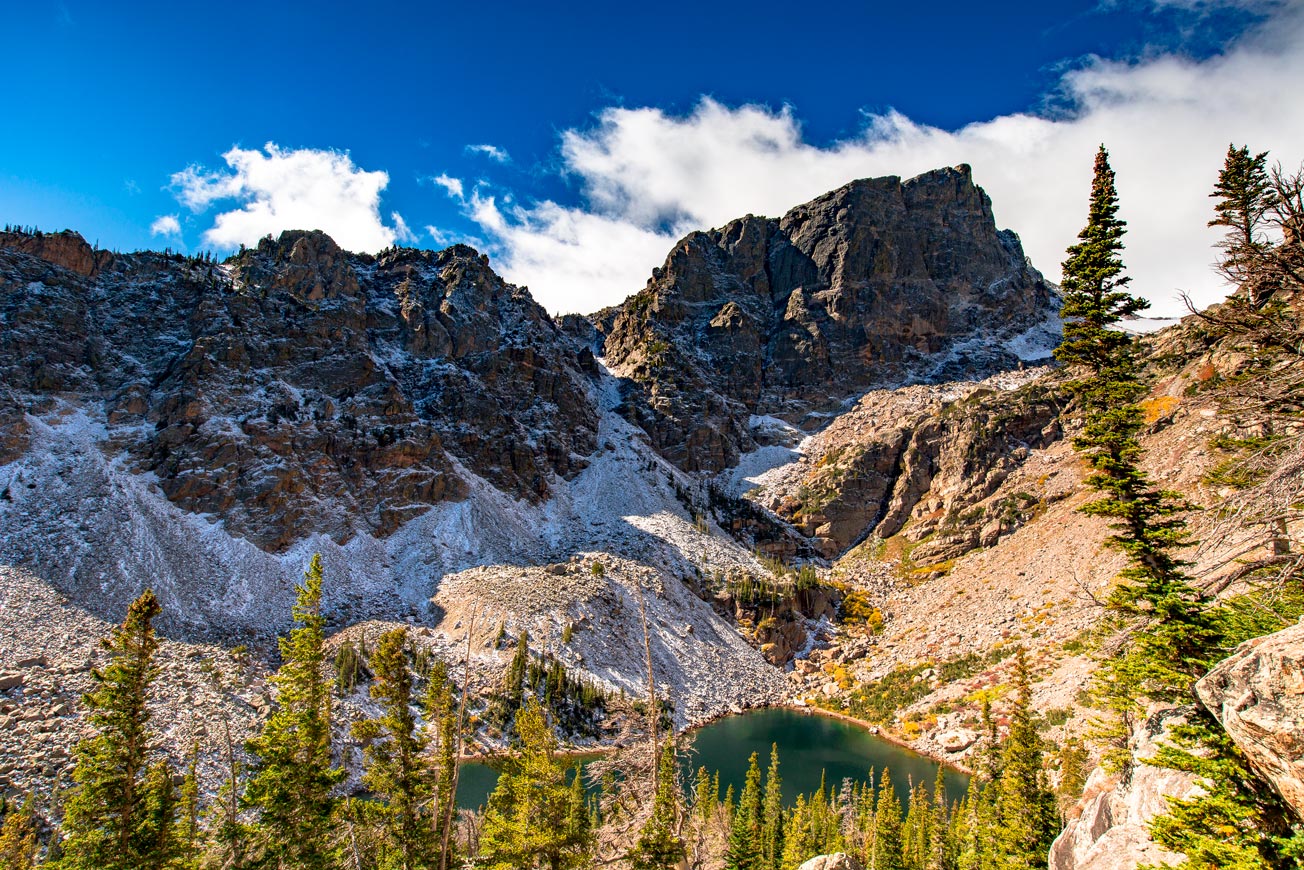
52. Saguaro National Park
Location: Arizona
Established: October 14, 1994
Size: 92,867.42 acres
Visitation: 1,079,786 (2021)
Our Favorite Resources: Guide / Hikes / Things to Do / Map / Guidebook / Where to Stay / Video
Things To Do: Wassen Peak Trail, Desert Ecology Nature Trail, Signal Hill Petroglyphs
About This National Park
Named for the cactus that has become the emblem of the southwest (the saguaro), Saguaro National Park is relatively small but packs a punch.
The park’s close proximity to Tucson makes it a worthwhile and easy stop for folks who happen to be in the area.
Sunsets here are truly magical and visitors from outside the area will be surprised at just how large the saguaro cacti can be.
The scenery, while special, particularly for those who don’t live in a desert, doesn’t vary much throughout the park.

53. Sequoia National Park
Location: California
Established: September 25, 1890 (#2)
Size: 404,062.63 acres
Visitation: 1,059,548 (2021)
My Favorite Resources: Map / Guidebook / Things to Do / Facts / Where to Stay / General Sherman Tree
Things To Do: Big Trees Trail, Congress Trail, Moro Rock
About This National Park
The beauty of the ancient Sequoia trees found in Sequoia National Park defy any attempt to describe them as John Muir so aptly wrote,
“The Big Tree is Nature’s forest masterpiece, and, so far as I know, the greatest of living things. No description can give any adequate idea of their singular majesty, much less their beauty. ”
Here, amongst groves of the largest trees in the world, one can’t possibly avoid being humbled and awed by the power of nature. In addition to its namesake trees, the park has abundant amenities and outside of peak summer crowding isn’t too bad.
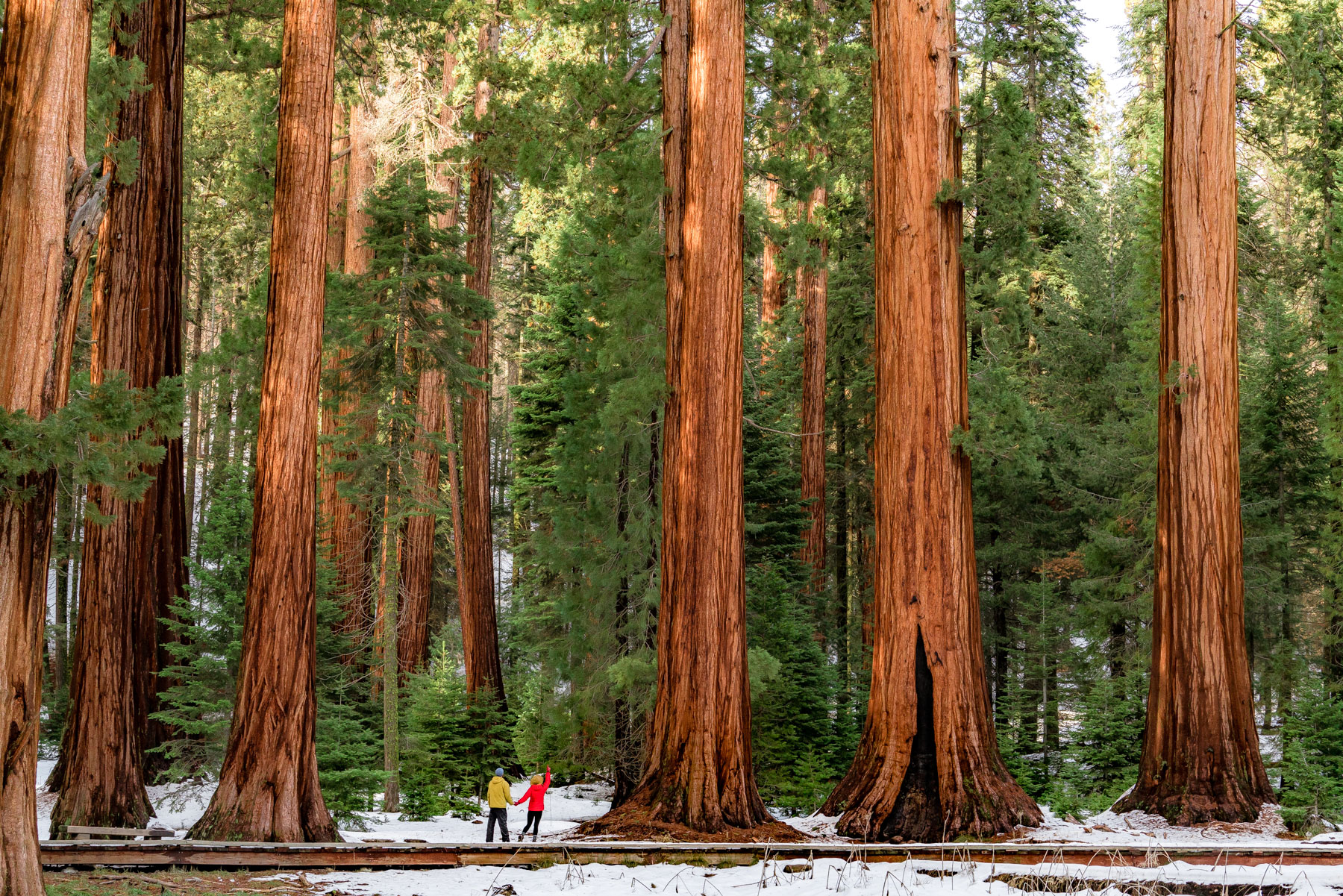
54. Shenandoah National Park
Location: Virginia
Established: December 26, 1935
Size: 200,192.09 acres
Visitation: 1,592,312 (2021)
Things To Do: Skyline Drive, Dark Hollow Falls, Old Rag Mountain
About This National Park
As one of the Eastern United States premiere parks, Shenandoah is mostly a ridge line destination with the top attraction here being its incredibly scenic Skyline Drive.
Autumn in the park is especially spectacular with a fall foliage display that rivals those of the Great Smoky Mountains to the south.
While it doesn’t have a massive volcanic mountain, or Yosemite valley, its accessibility, amenities, and reasonable crowds bring it into the top half of parks on our list.
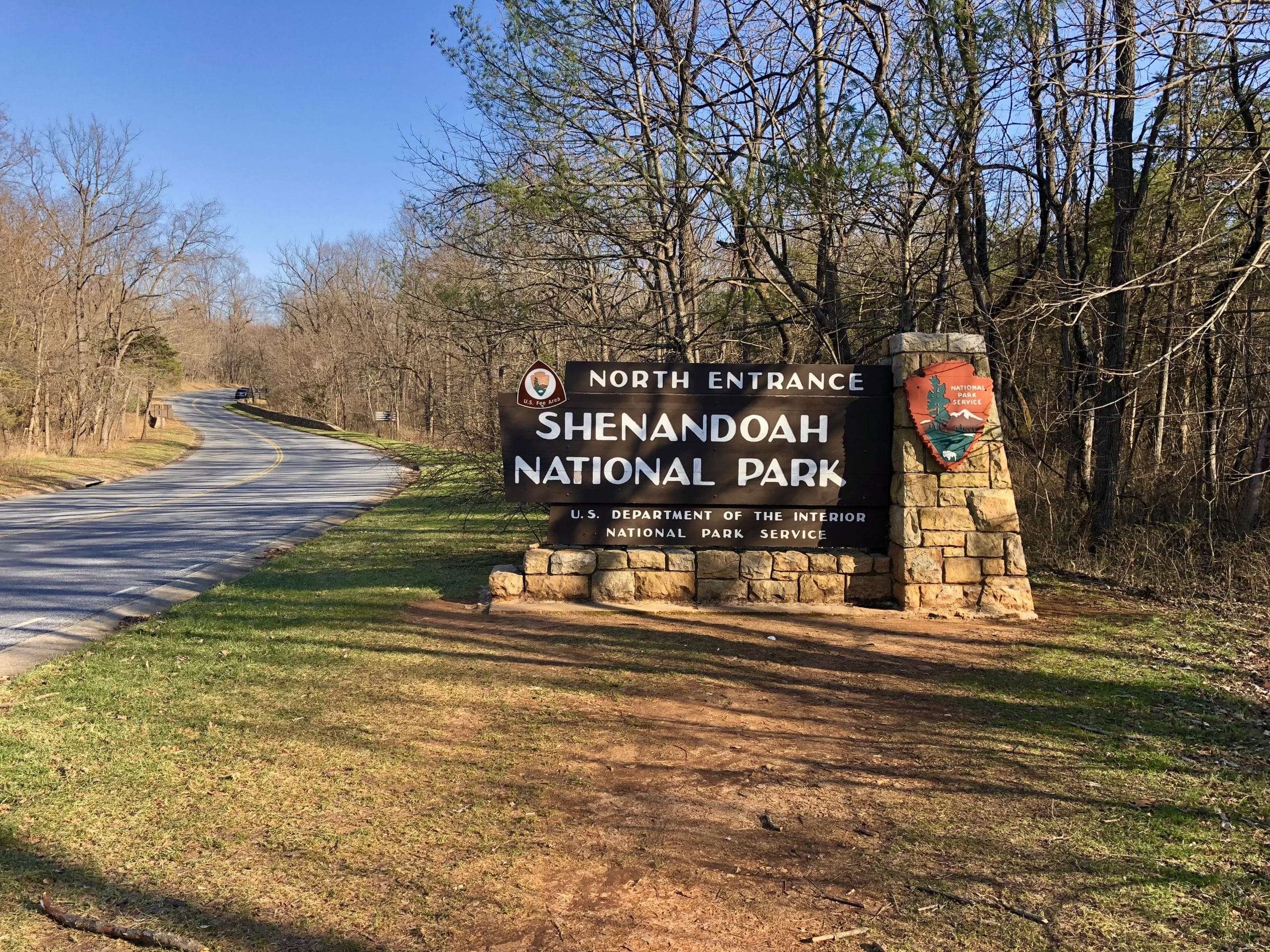
55. Theodore Roosevelt National Park
Location: North Dakota
Established: November 10, 1978
Size: 70,446.89 acres
Visitation: 796,085 (2021)
Our Favorite Resources: Guide / Things to Do / Video
Things To Do: Oxbow Overlook, Cannonball Creations, Wildlife Viewing
About This National Park
Named for the great conservationist and president, Theodore Roosevelt National Park is home to magnificent high plains landscapes complete with the iconic American Bison.
There are even badlands here that are similar in stature to those found to the south in Badlands National Park.

56. Virgin Islands National Park
Location: US Virgin Islands
Established: August 2, 1956
Size: 15,052.33 acres
Visitation: 323,999 (2021)
Our Favorite Resources: Guide | Things to Do | Map | Guidebook | Video
Things To Do: Reef Bay Trail, Maho Bay, Trunk Bay
About This National Park
There’s a national park in the Virgin Islands!? Yes! And it’s everything you could imagine and more.
While the 2017 hurricanes forever changed the landscape here, leveling most of the towering palms and mangroves, it is still stunningly beautiful albeit in a different way than before.
Warm crystal waters, palm trees, white sand beaches, sea turtles, iguanas, ocean sunsets, Trunk Bay, and more await you here.
Getting to the island is a bit tricky as you have to fly to the neighboring island of St. Thomas first, rent a car, and then take the car on the ferry to St. John where the park is located.
The layout of this park is a bit funky, somewhat like that of Acadia with roads on St. John that lead in and out of the park (sometimes without even realizing you’ve left).
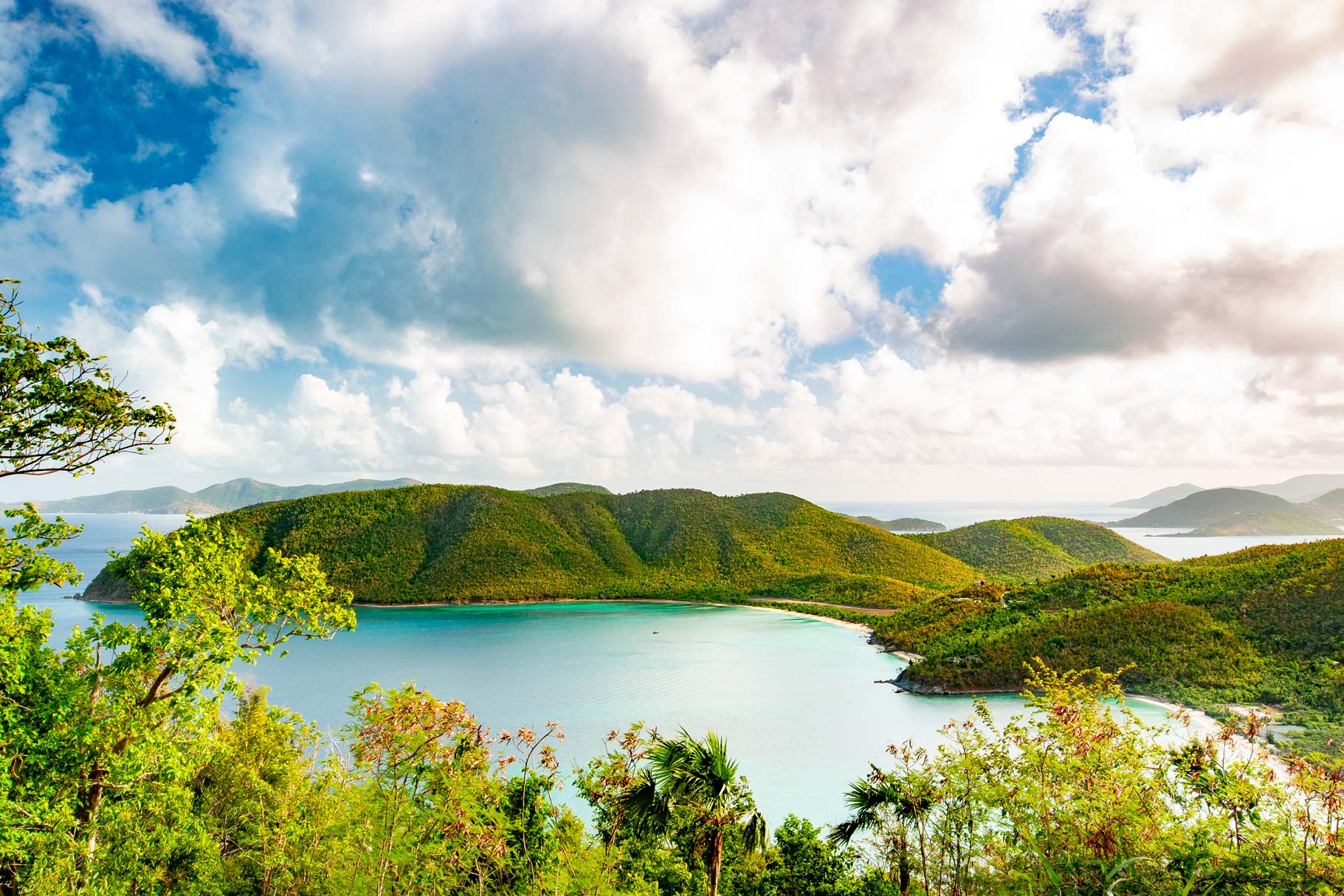
57. Voyageurs National Park
Location: Minnesota
Established: April 8, 1975
Size: 218,222.35 acres
Visitation: 243,042 (2021)
My Favorite Resources: Map / Guide / Things to Do / Camping / Where to Stay / Video
Things To Do: Locator Lake Trail, Ellsworth Rock Garden, Grassy Bay Cliffs
About This National Park
It’s no secret that we’re big fans of this supremely underrated national park in Minnesota’s far north. There is so much to see and do in Voyageurs and you can truly feel like you have the place to yourself.
In the summer you can spend seemingly endless days on the water, fishing, exploring, and stopping and hiking island bluffs or just relaxing on the beach. In the fall the shorelines and islands are ablaze with reds, yellows, and oranges, and the waters are calm and quiet.
Winter brings a deep freeze to this coldest part of the continental U.S. and with it a whole new array of activities, like snowmobiling, ice fishing, cross-country-skiing, and even dog-sledding.
The only drawback to Voyageurs is its remoteness and the fact that the park is exclusively accessible by water, meaning you’ll have to rent a canoe, kayak, or motorboat to get around. Obviously it’s a catch-22, because that’s also what makes this national park so special.
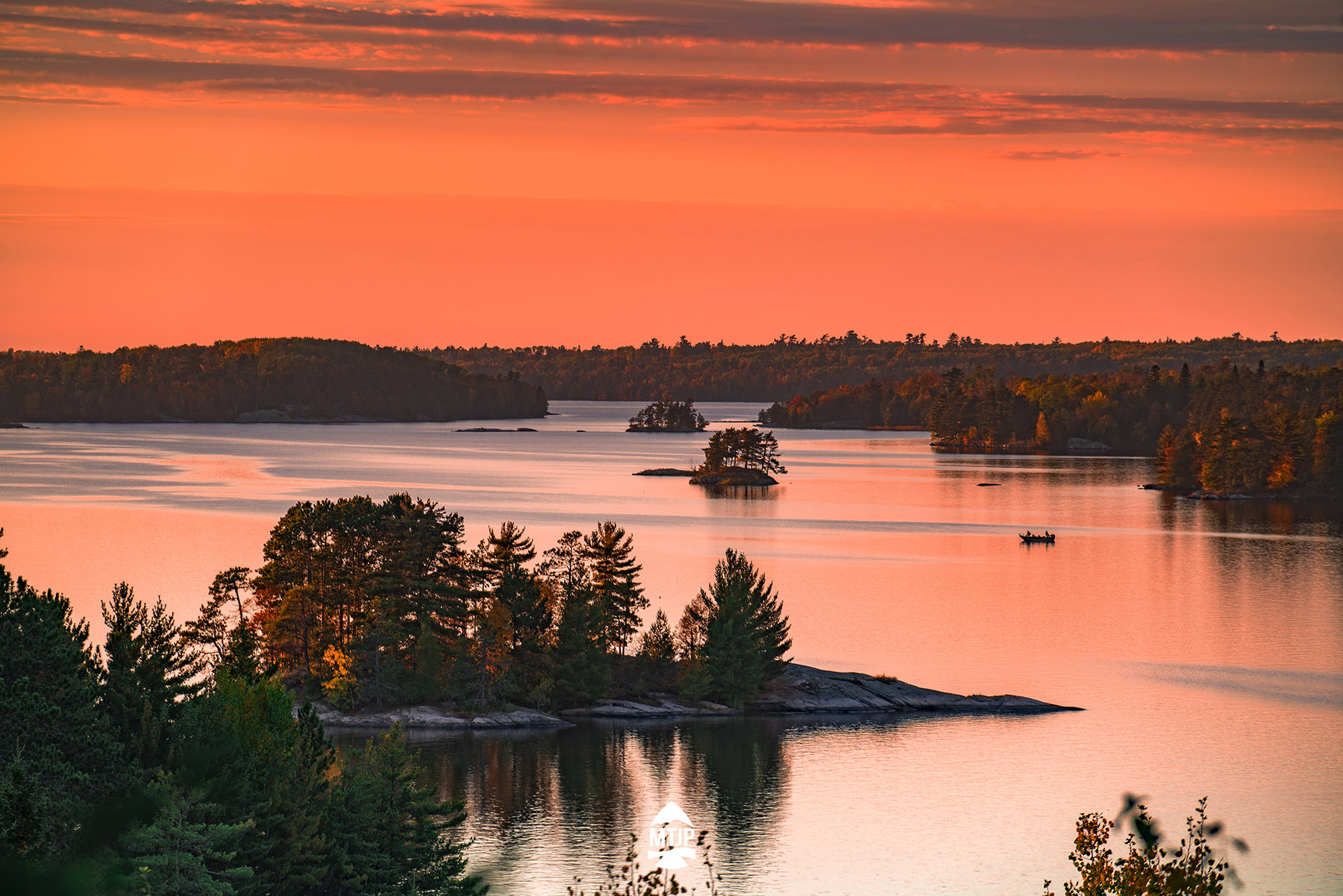
58. White Sands National Park
Location: New Mexico
Established: December 20, 2019
Size: 146,344.31 acres
Visitation: 782,469 (2021)
Things To Do: Interdune Boardwalk, Dune Life Nature Trail, Dune Sledding
About This National Park
The white color of the sand is as dazzling (pack the sunglasses) as it seems in the photos. Boardwalks out into the sands make for a great user experience along with pretty solid facilities.
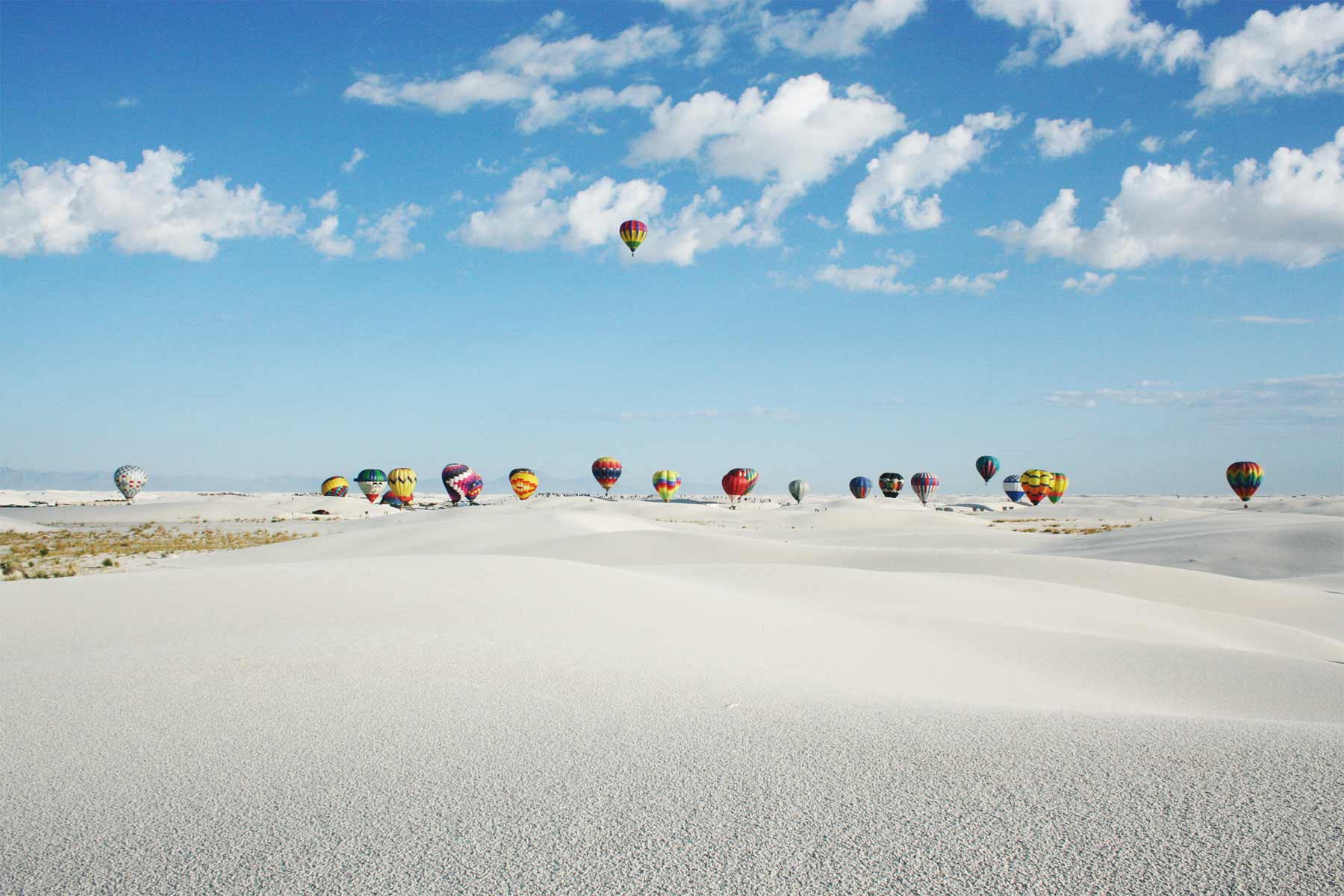
59. Wind Cave National Park
Location: South Dakota
Established: January 9, 1903
Size: 33,970.84 acres
Visitation: 709,001 (2021)
Resources: Things to Do | Video
Things To Do: Natural Entrance Tour, Fairgrounds Tour, Rankin Ridge Trail
About This National Park
Wind Cave is the lesser of two South Dakota Parks and as a result is an underrated park. Because “cave” is in the name, many non-cave-enthusiasts write it off prematurely.
But there’s a lot more to the park than just the cave!
For starters, there are some impressive herds of bison which roam some beautiful high plains landscapes. Throw in some coniferous forests and prairie dog towns and we’ve got ourselves a destination!
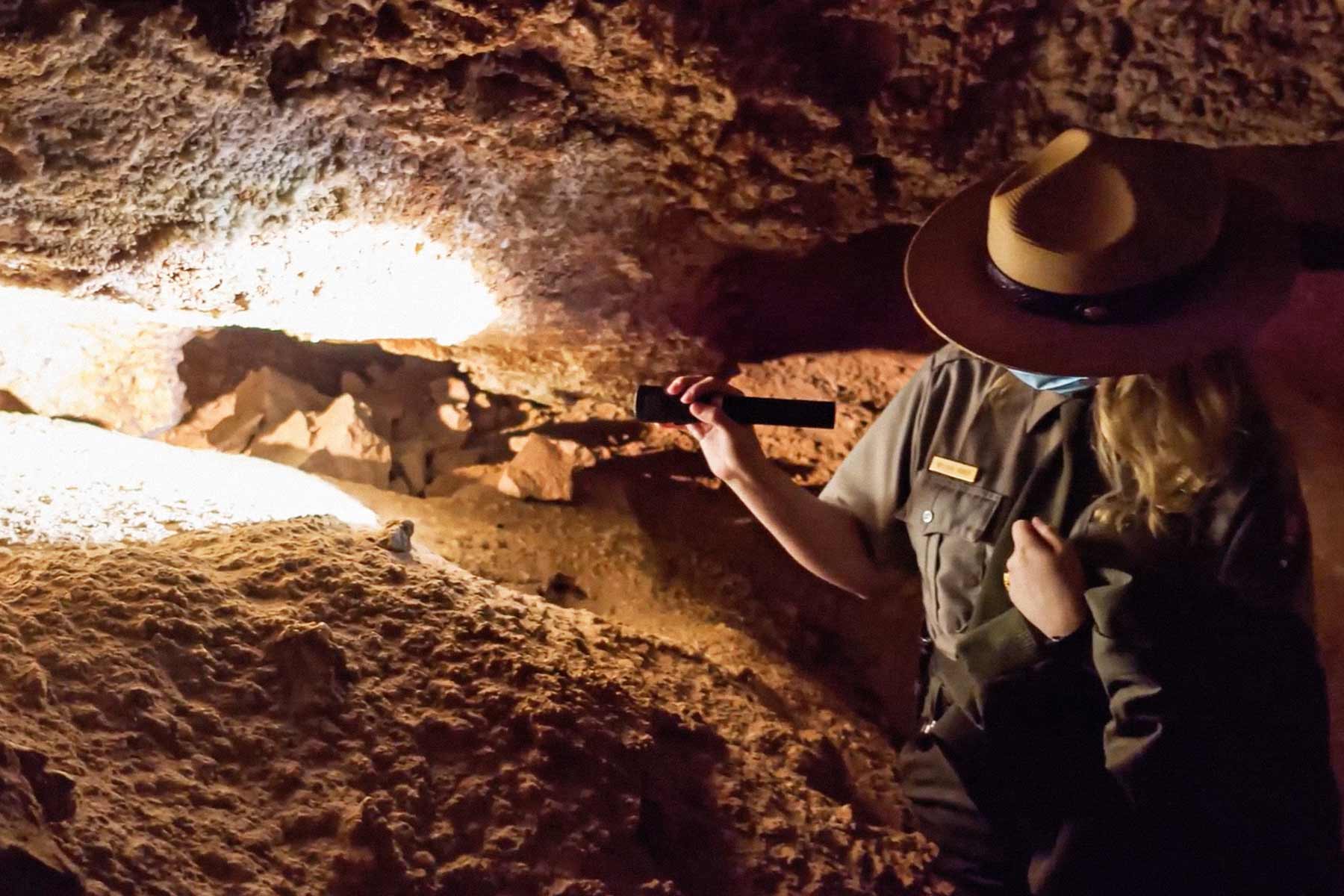
60. Wrangell St. Elias National Park
Location: Alaska
Established: December 2, 1980
Size: 13,175,799 acres (#1)
Visitation: 50,189 (2021)
Our Favorite Resources: Guide | Map | Guidebook
Things To Do: Flightseeing, Fishing, Wildlife Viewing
About This National Park
As one of the more accessible Alaska parks, Wrangell makes it into our top 20 US national parks for that reason alone. Wrangell is an Alaska national park full of superlatives and a world unto itself.
It is a park of otherworldly and seemingly impossible landscapes. The difference at Wrangell vs some of Alaska’s national parks is that you can take a car and drive to some of them.
Wrangell St. Elias National Park is the largest in the US at over 13 million acres. The park features 9 of the 16 tallest mountain peaks in the country.
If Wrangell were a state, it would be larger than Connecticut, Delaware, Rhode Island, and Hawaii combined.
Now, the drive is a bit of a trek (5 hours from Anchorage) to get to McCarthy, Alaska where visitors can access the historic Kennecot mine and Root Glacier.
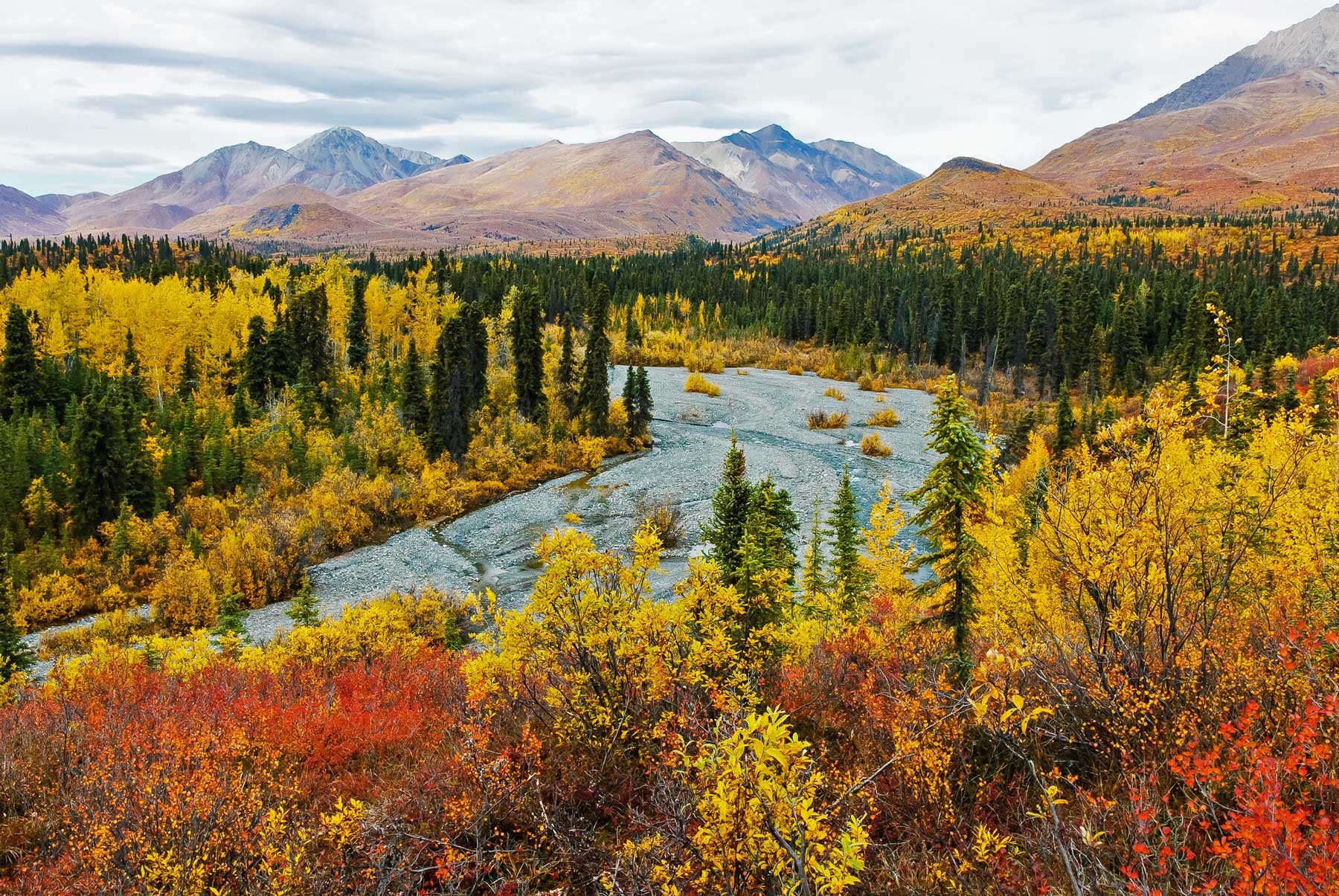
61. Yellowstone National Park
Location: Wyoming
Established: March 1, 1872 (#1)
Size: 2,219,790.71 acres
Visitation: 4,860,242 (2021)
My Favorite Resources: Map / Guidebook / Things to Do / Facts / Airports / Where to Stay
Things To Do: Old Faithful, Grand Prismatic, Lamar Valley
About This National Park
Ah, Yellowstone National Park, the national park that started it all. Yellowstone is an absolutely spectacular and magical place.
A landscape dotted with otherworldly thermal works, bison holdouts from a time when they ruled the prairie, a thriving wolf population, and an encapsulation of the great American west.
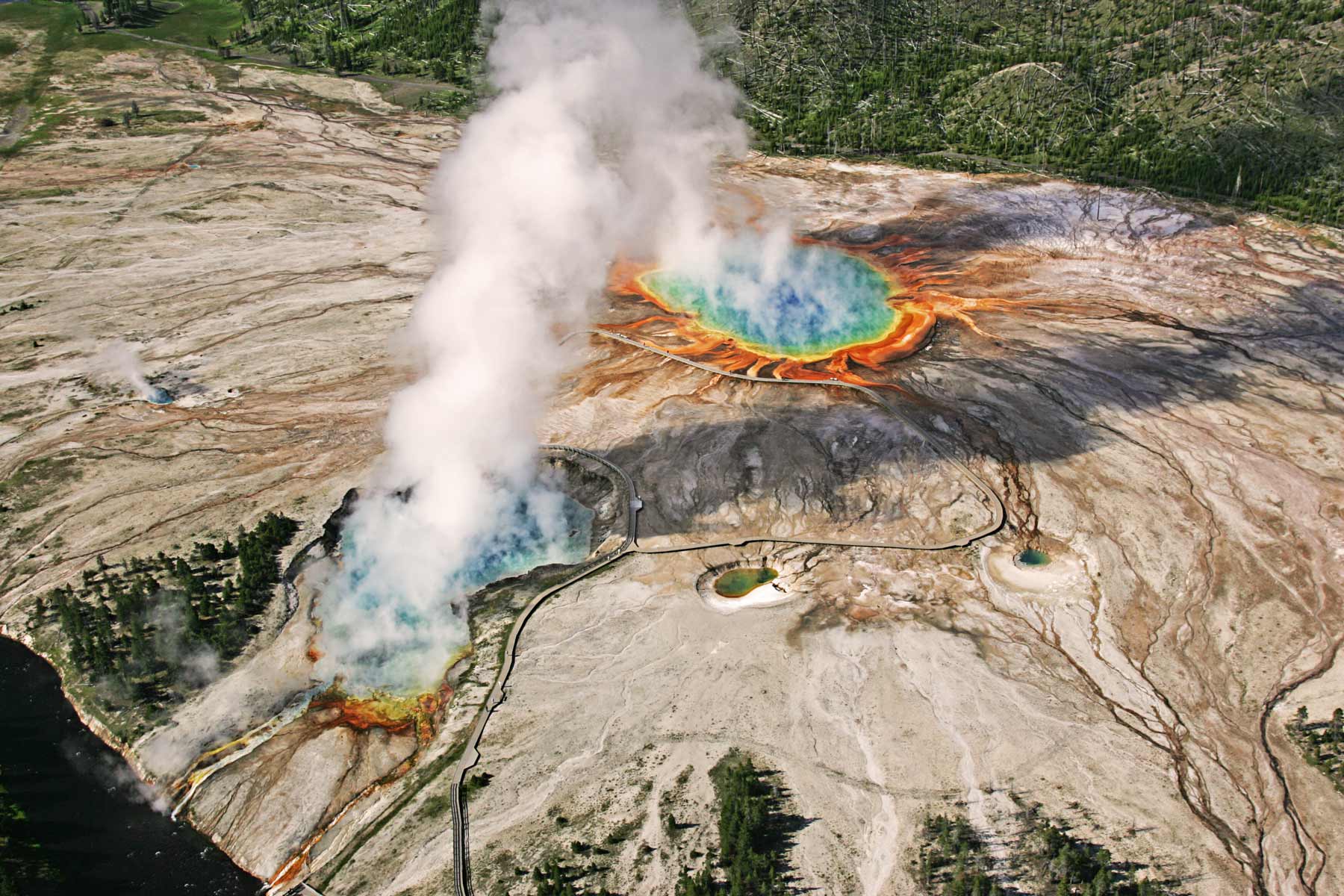
62. Yosemite National Park
Location: California
Established: October 1, 1890
Size: 761,747.50 acres
Visitation: 3,287,595 (2021)
My Favorite Resources: Map / Guidebook / Facts / Where to Stay / Things to Do
Things To Do: Glacier Point, Tunnel View, Yosemite Falls
About This National Park
There was a time when Yosemite National Park likely would’ve been #1 on our list of best US National Parks.
But alas, it’s the 21st century and John Muir’s “grandest of all temples of nature” is bursting at the seams with tourists in search of their latest social media trophy.
But at the end of the day it’s still Yosemite National Park. Once there you’ll realize just why the park is one of the most popular in the US. Despite the summer crowds, the valley and the park are truly one of the natural wonders of the world.
Yosemite is a true marvel and one of the most spectacular places on earth. Here you’ll find the epic grandeur of Yosemite Valley, the ancient wonders of the Mariposa Grove, and towering waterfalls like Yosemite Falls.
The immense beauty found here is overwhelming and has a tendency to make one feel small in the most humbling way.
We recommend visiting in the off-season for the best experience.

63. Zion National Park
Location: Utah
Established: November 19, 1919
Size: 147,242.66 acres
Visitation: 5,039,835 (2021)
My Favorite Resources: Guide | Things to Do | Hikes | Map | Guidebook | Where to Stay | Road Trip
Things To Do: The Narrows, Angels Landing, Lava Point, Big Bend
About This National Park
While the park is jaw-droppingly beautiful and home to world-class recreational opportunities, it’s also completely choked with tourists on every trail and crowding every vista. Buses, lottery systems, permits, closures, and still the crowds swarm like moths to a flame. What’s that old proverb? If you love it, let it go.

List of US National Parks (Summary)
- Acadia National Park, Maine
- National Park of American Samoa, American Samoa
- Arches National Park, Utah
- Badlands National Park, South Dakota
- Big Bend National Park, Texas
- Biscayne National Park, Florida
- Black Canyon of the Gunnison National Park, Colorado
- Bryce Canyon National Park, Utah
- Canyonland National Parks, Utah
- Capitol Reef National Park, Utah
- Carlsbad Caverns National Park, New Mexico
- Channel Islands National Park, California
- Congaree National Park, South Carolina
- Crater Lake National Park, Oregon
- Cuyahoga Valley National Park, Ohio
- Death Valley National Park, California
- Denali National Park, Alaska
- Dry Tortugas National Park, Florida
- Everglades National Park, Florida
- Gates of the Arctic National Park, Alaska
- Gateway Arch National Park, Missouri
- Glacier National Park, Montana
- Glacier Bay National Park, Alaska
- Grand Canyon National Park, Arizona
- Grand Teton National Park, Wyoming
- Great Basin National Park, Nevada
- Great Sand Dunes National Park, Colorado
- Great Smoky Mountains National Park, Tennessee
- Guadalupe Mountains National Park, Texas
- Haleakala National Park, Hawaii
- Hawai’i Volcanoes National Park, Hawaii
- Hot Springs National Park, Arkansas
- Indiana Dunes National Park, Indiana
- Isle Royale National Park, Michigan
- Joshua Tree National Park, California
- Katmai National Park, Alaska
- Kenai Fjords National Park, Alaska
- Kings Canyon National Park, California
- Kobuk Valley National Park, Alaska
- Lake Clark National Park, Alaska
- Lassen Volcanic National Park, California
- Mammoth Cave National Park, Kentucky
- Mesa Verde National Park, Colorado
- Mount Rainier National Park, Washington
- New River Gorge National Park, West Virginia
- North Cascades National Park, Washington
- Olympic National Park, Washington
- Petrified Forest National Park, Arizona
- Pinnacles National Park, California
- Redwood National Park, California
- Rocky Mountain National Park, Colorado
- Saguaro National Park, Arizona
- Sequoia National Park, California
- Shenandoah National Park, Virginia
- Theodore Roosevelt National Park, North Dakota
- Virgin Islands National Park, US Virgin Islands
- Voyageurs National Park, Minnesota
- White Sands National Park, New Mexico
- Wind Cave National Park, South Dakota
- Wrangell St. Elias National Park, Alaska
- Yellowstone National Park, Wyoming
- Yosemite National Park, California
- Zion National Park, Utah
Printable National Parks List

Have this checklist map shipped to you directly: Premium National Parks Checklist Map
Download this checklist map here: Printable National Parks Checklist Map
Printable List of the National Parks PDF
Download a simple printable list of national parks below.

Download this Printable List of National Parks in alphabetical order (by park): PDF | JPG
Plain Printable Checklist of National Parks (Alphabetical)
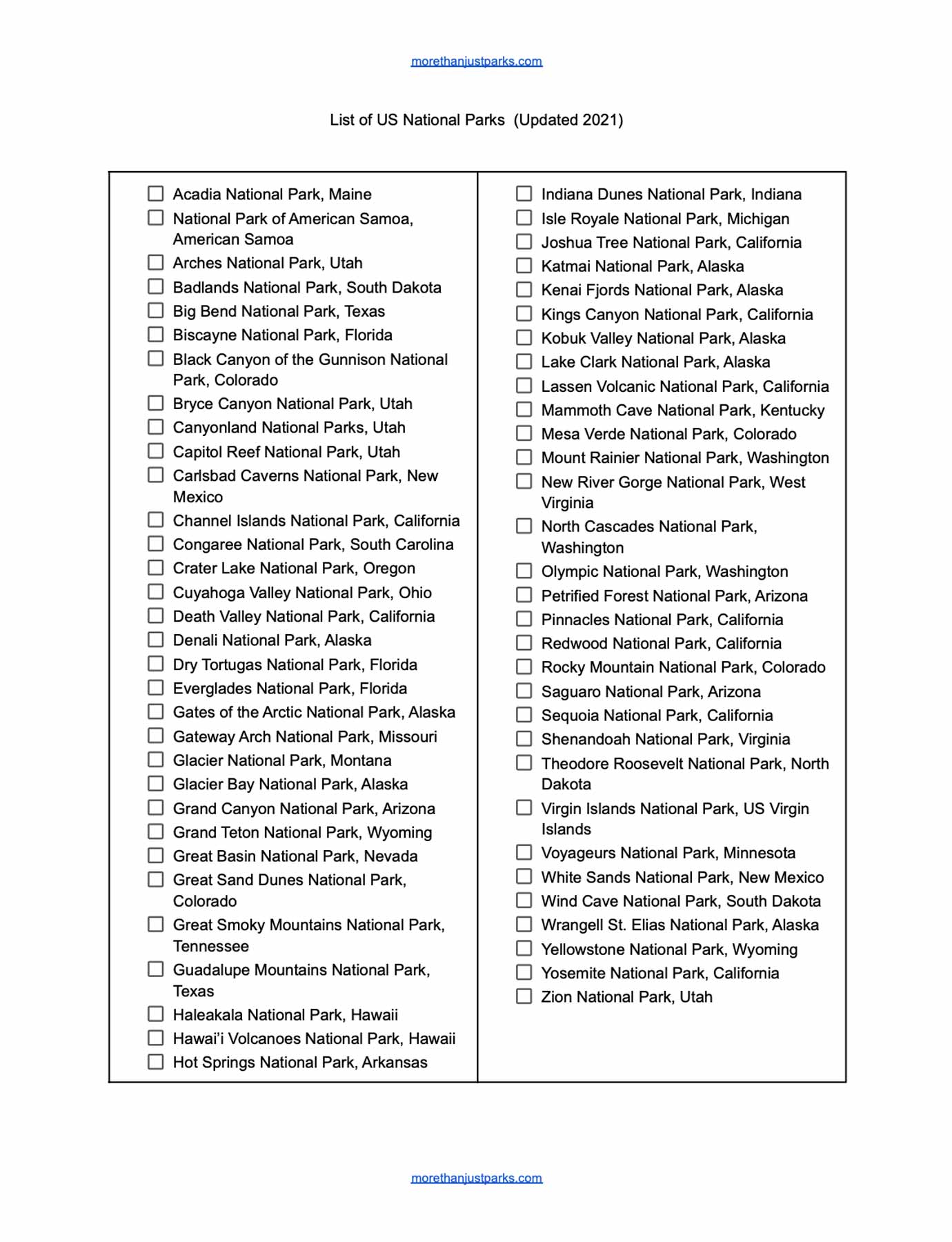
Download this Printable Checklist of National Parks in alphabetical order: PDF | JPG
More National Parks Resources
Overall National Parks Guide: This is perhaps the best overall national parks guide book.
National Parks Photo Book: We love this national parks photo book by a legendary parks photographer.
National Parks Atlas: Great coffee table book of the national parks.
Scratch Off Map: This is a nice national parks map for folks looking to mark the parks they’ve been to.
Cool National Parks Posters: These are beautiful graphic posters for each national park.
Helpful Related Articles
Largest National Parks: 15 Largest National Parks in the United States (+ Full List)
National Monuments Ranked: All 128 US National Monuments Ranked (Best to Worst)
National Parks Maps: Map of the National Parks
National Parks Rankings: ALL 63 US National Parks Ranked By Experts
Most Visited National Parks: Top 10 Most Visited National Parks
Least Visited National Parks: Top 10 Least Visited National Parks
National Parks Road Trips: 10 Best National Park Road Trips
national parks list, list of national parks, national parks list, list of national parks, national parks list, list of national parks, national parks list, list of national parks, national parks list, list of national parks, national parks list, list of national parks, national parks list, list of national parks, national parks list, list of national parks, national parks list, list of national parks, national parks list, list of national parks, national parks list, list of national parks, national parks list, list of national parks, national parks list, list of national parks, national parks list, list of national parks, national parks list, list of national parks, national parks list, list of national parks, national parks list, list of national parks, national parks list, list of national parks, national parks list, list of national parks, national parks list, list of national parks,
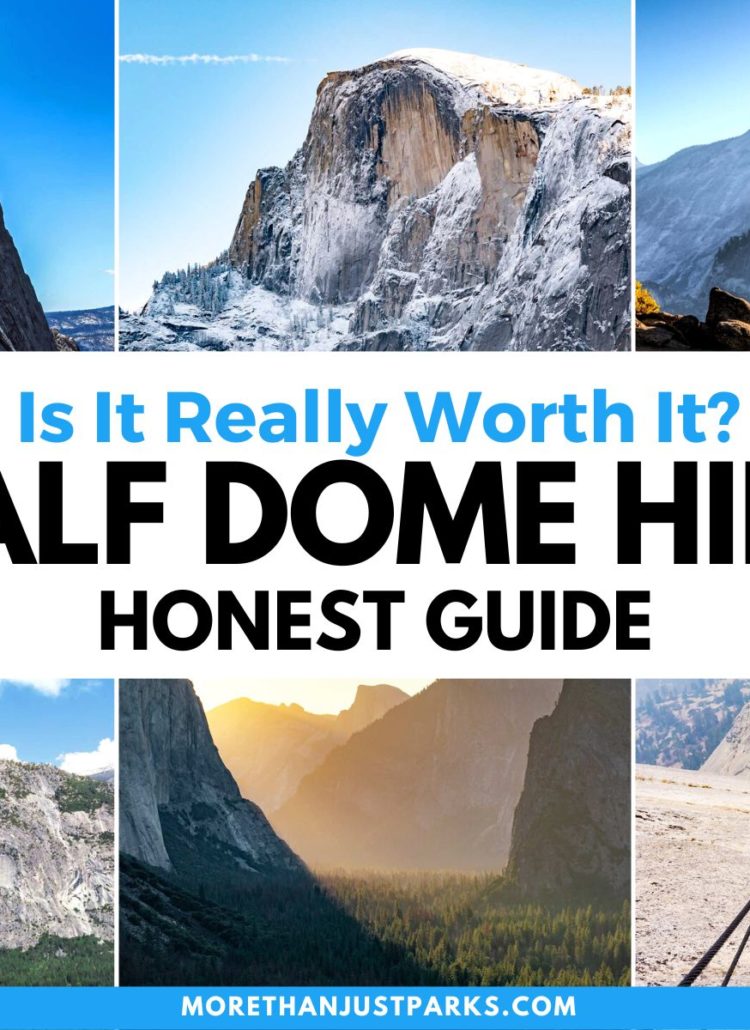
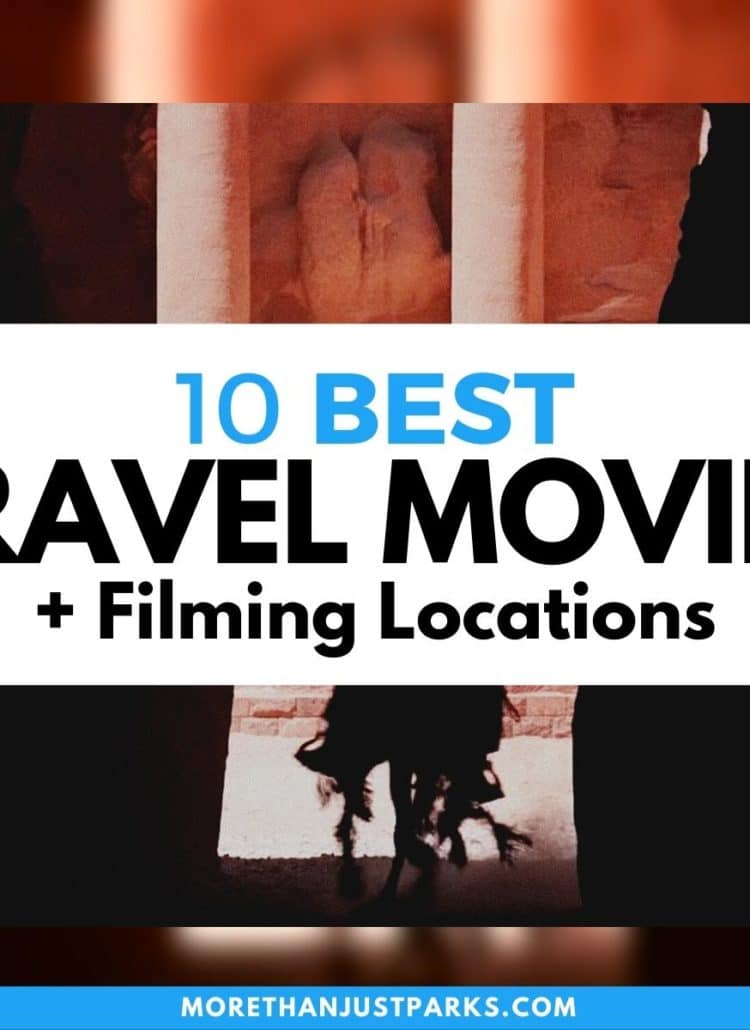
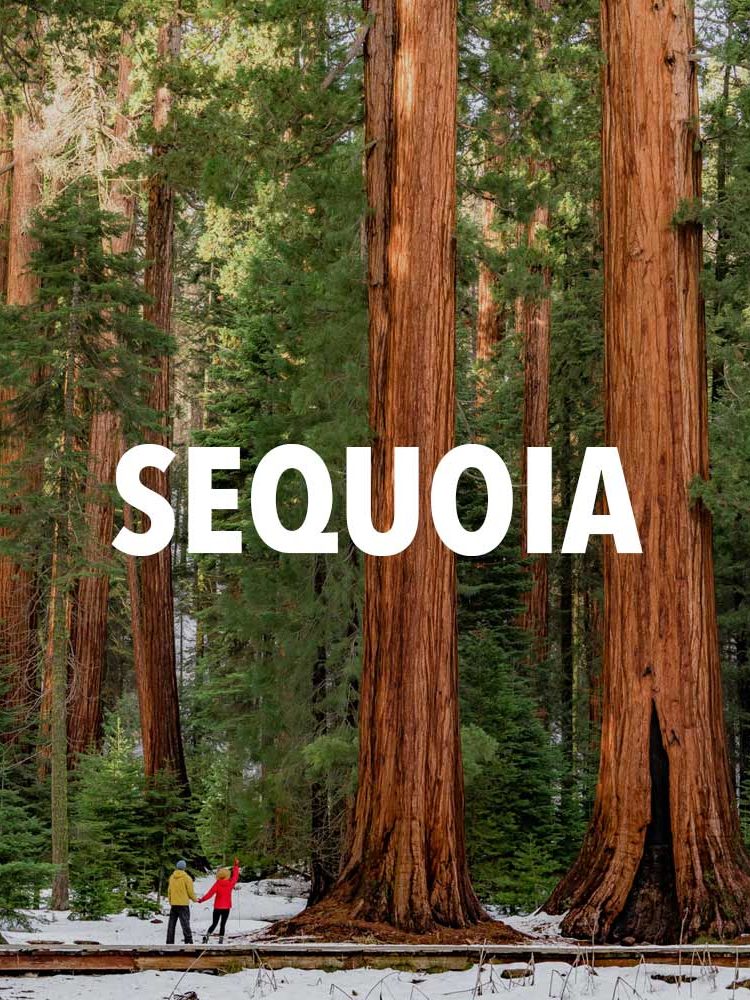
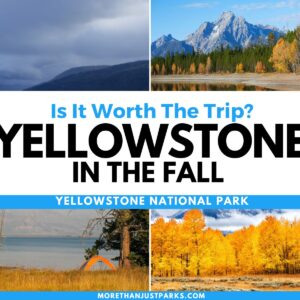

Leave a Reply